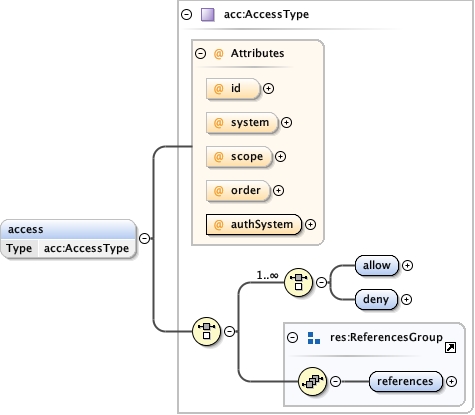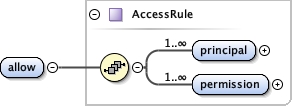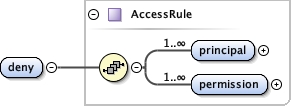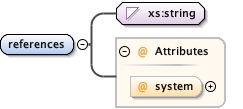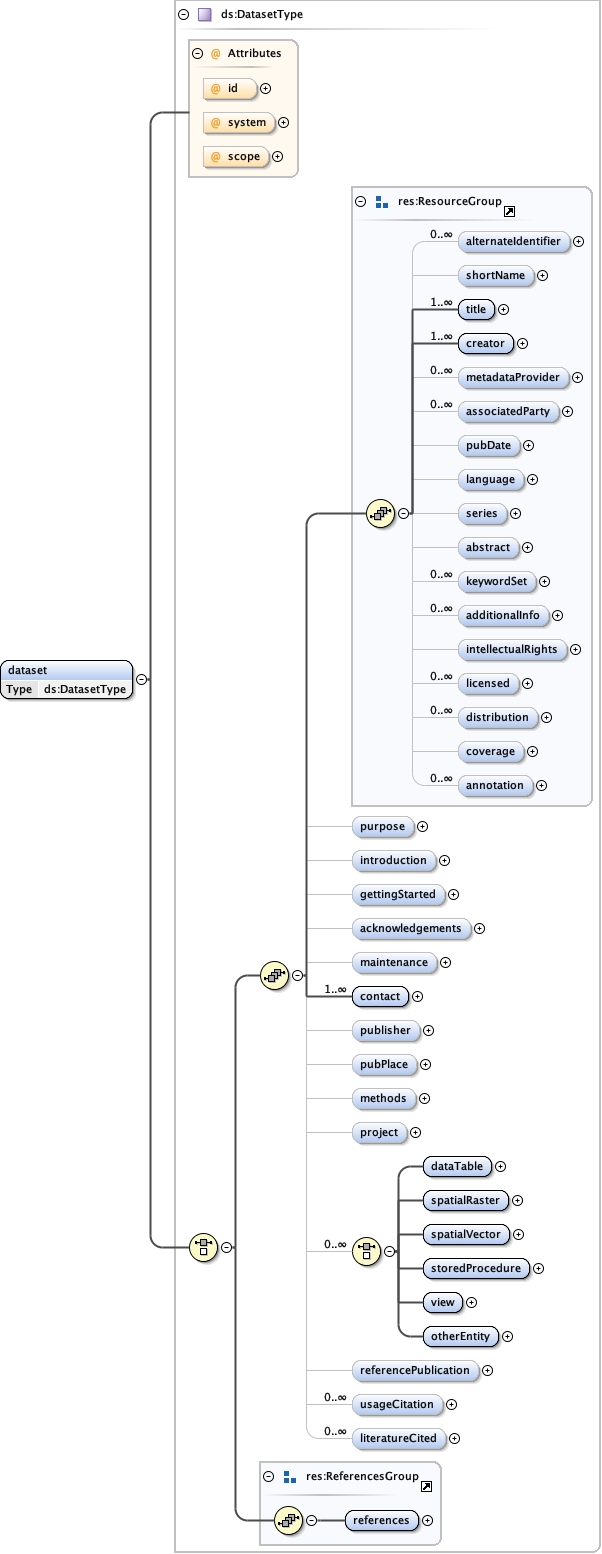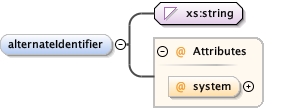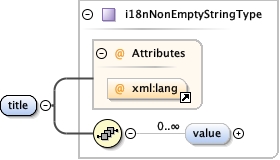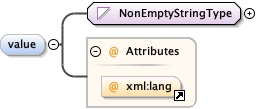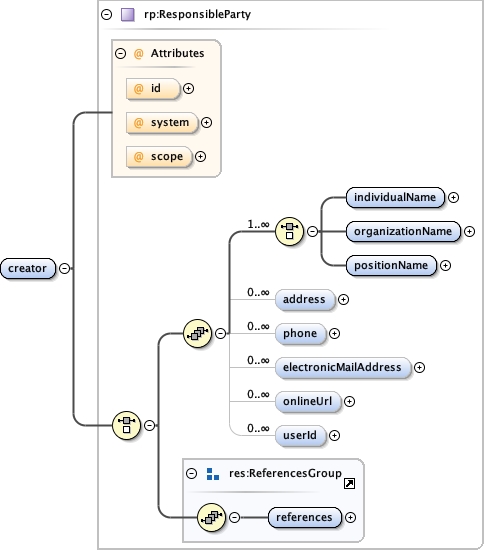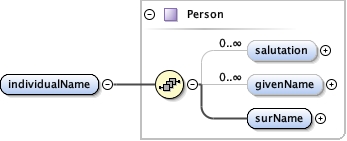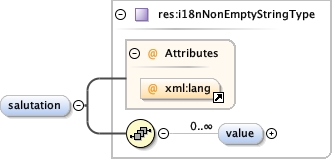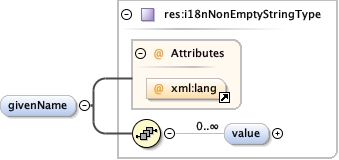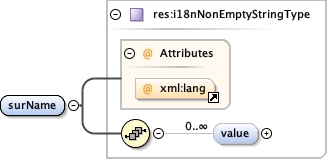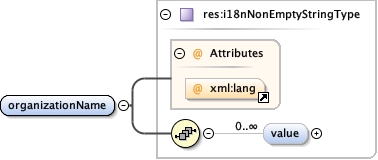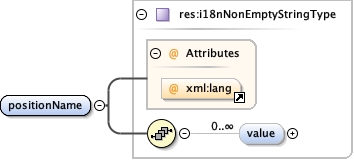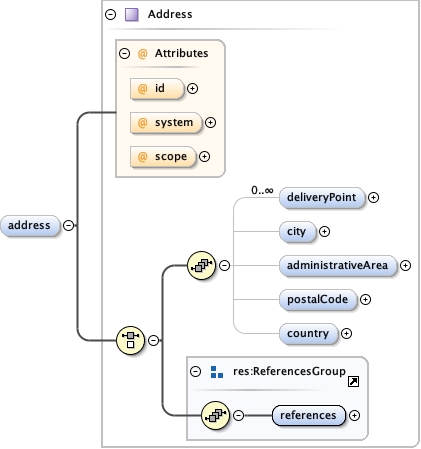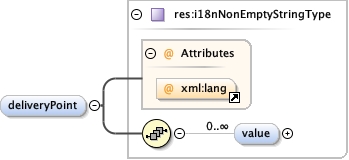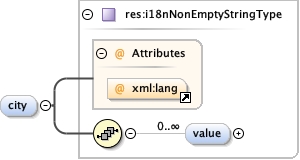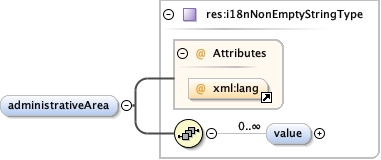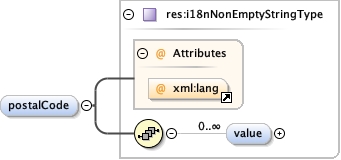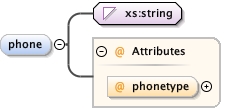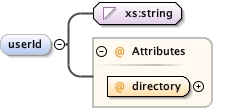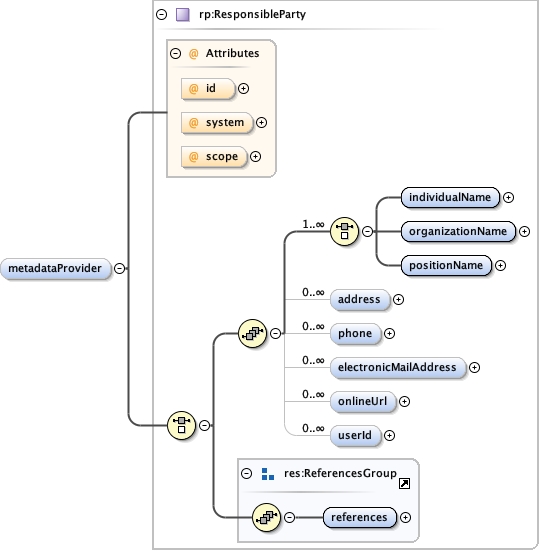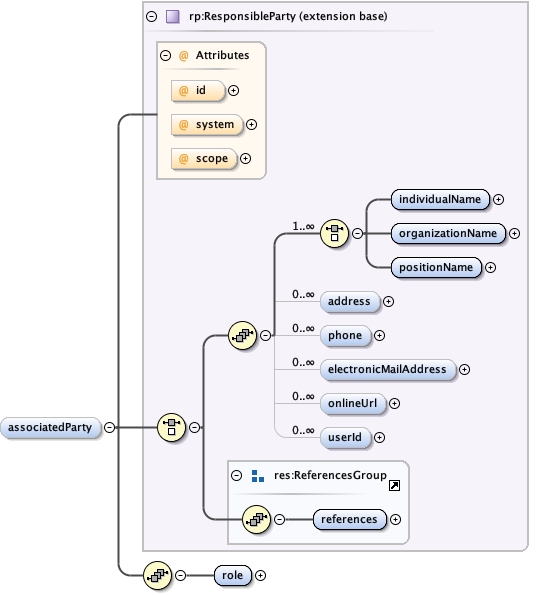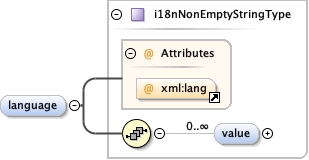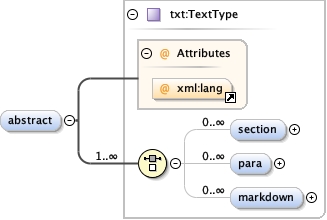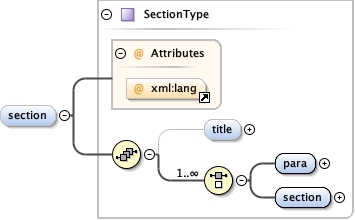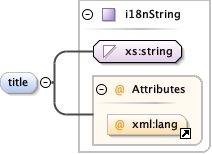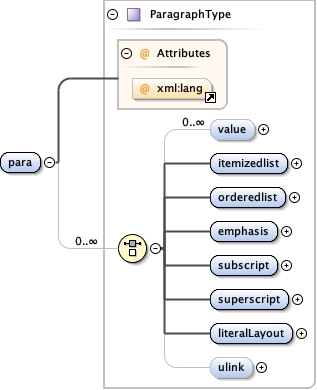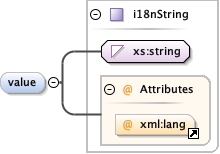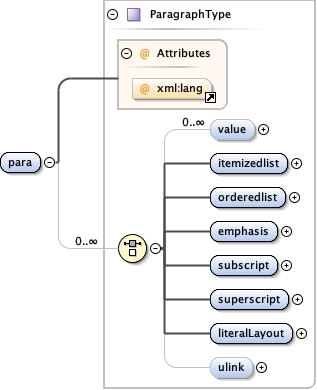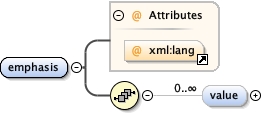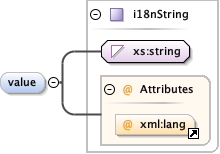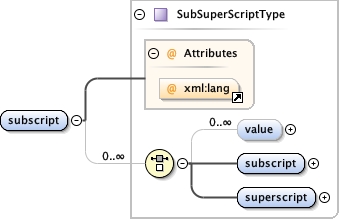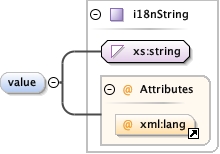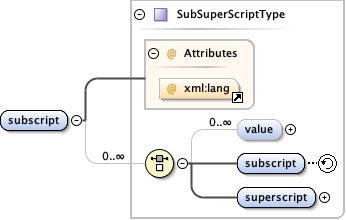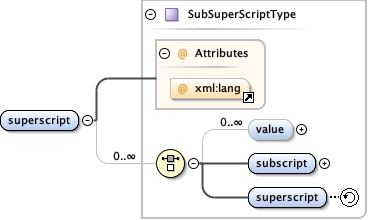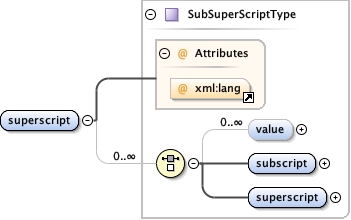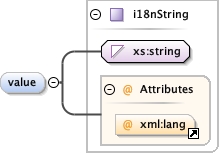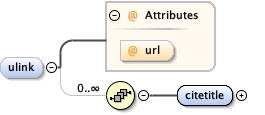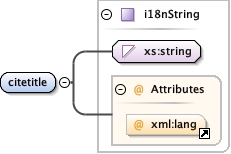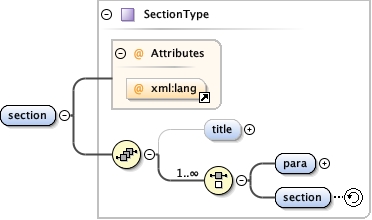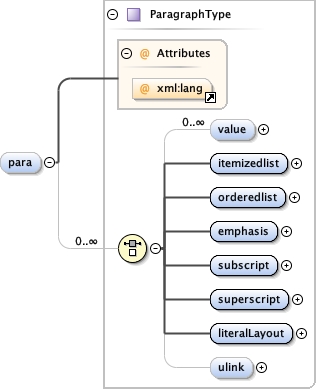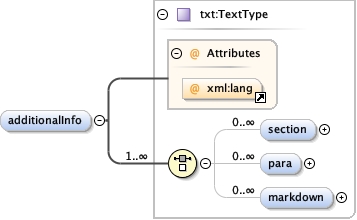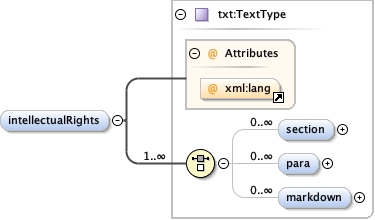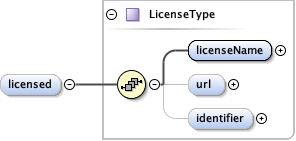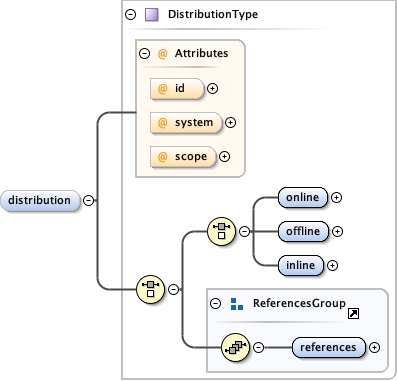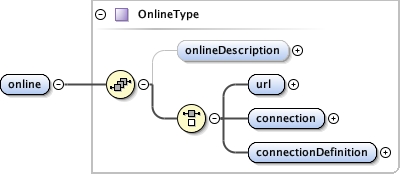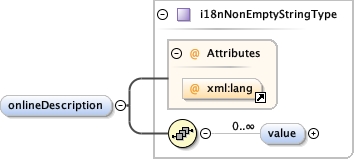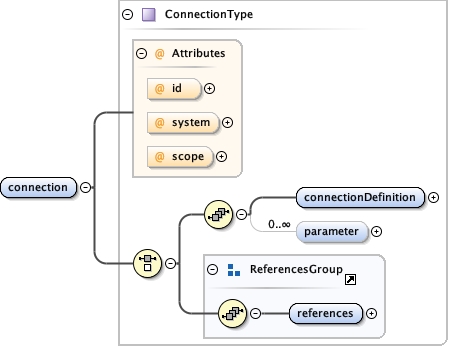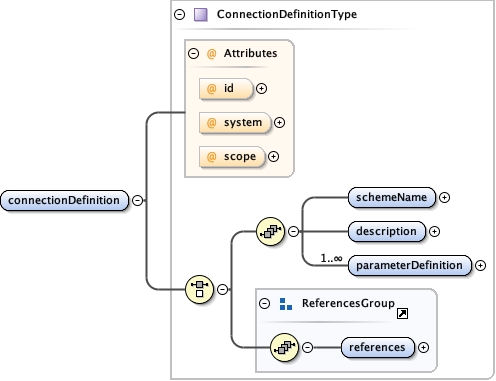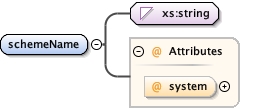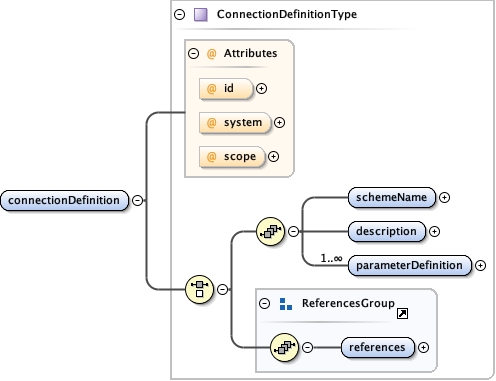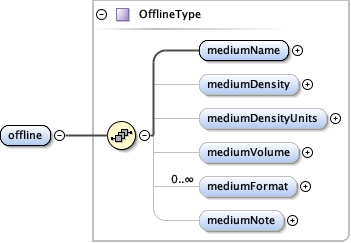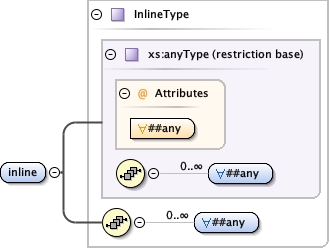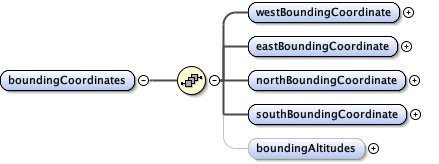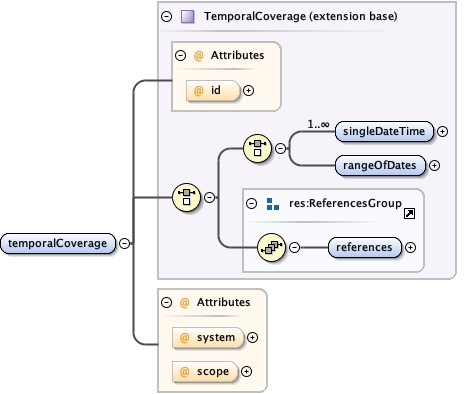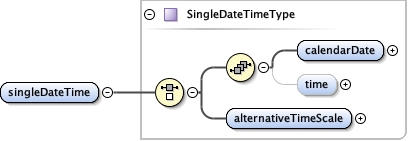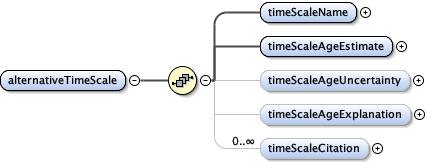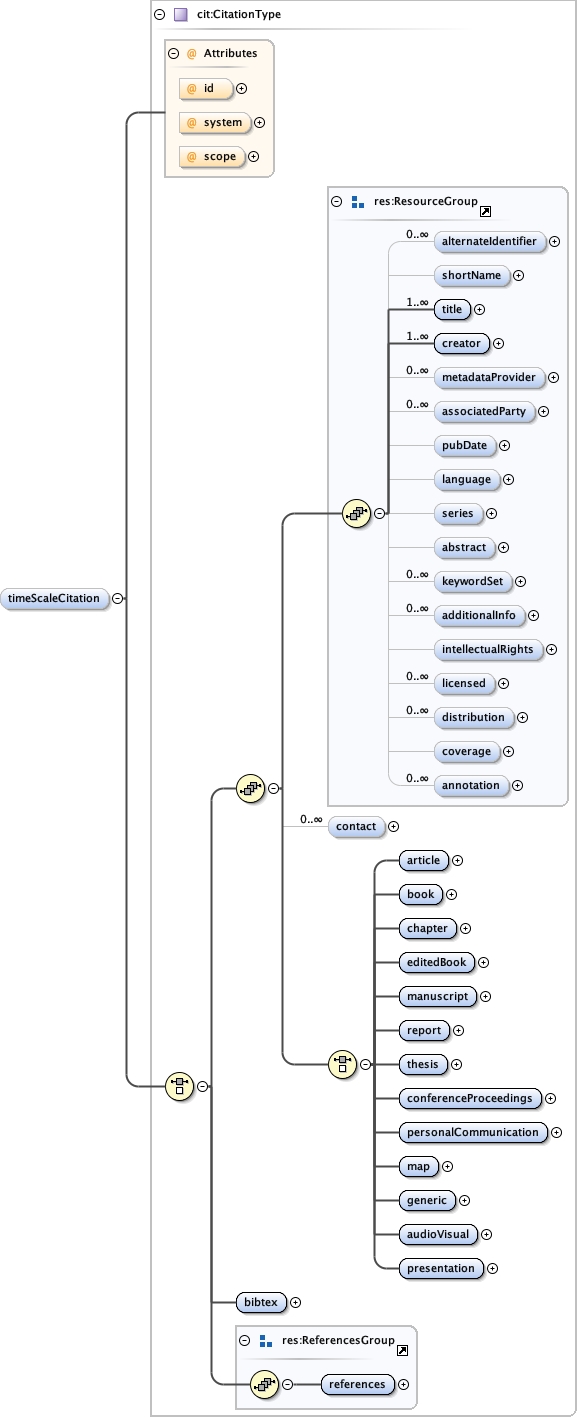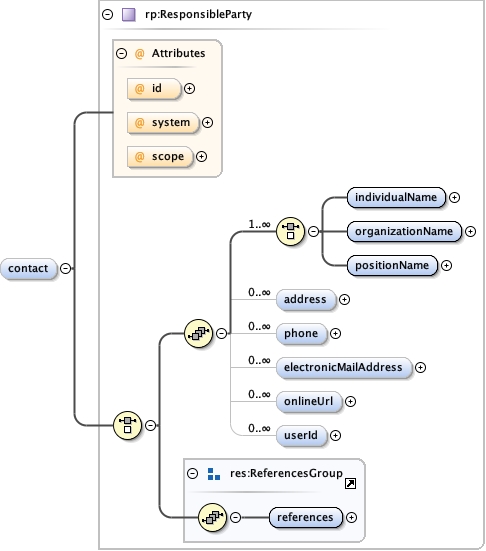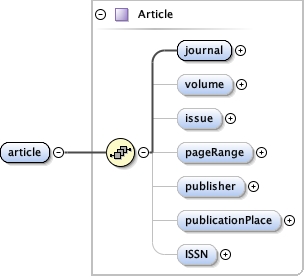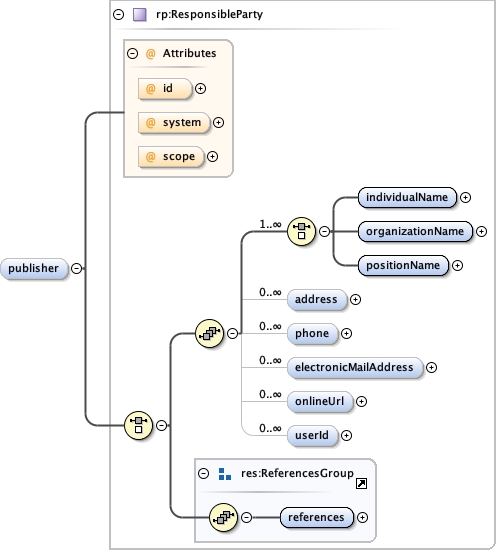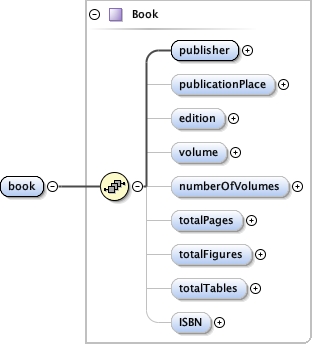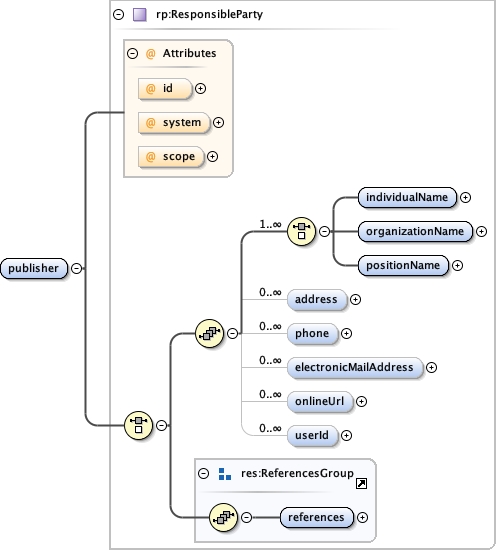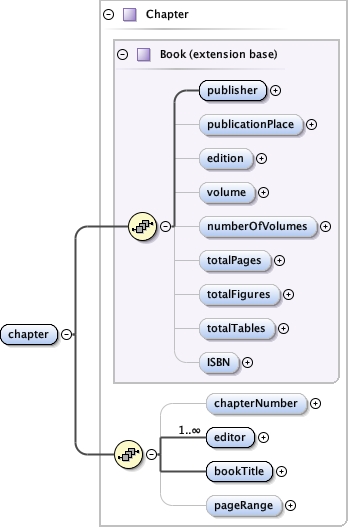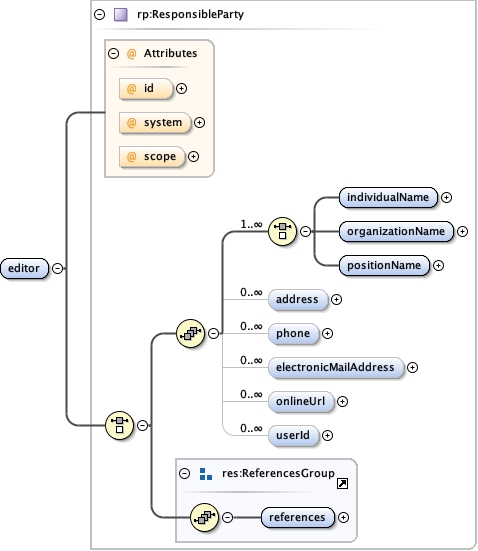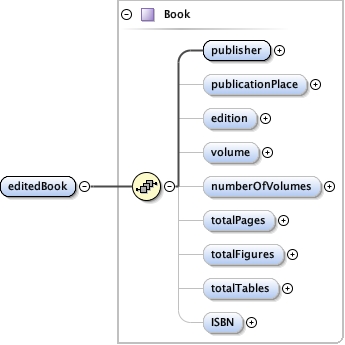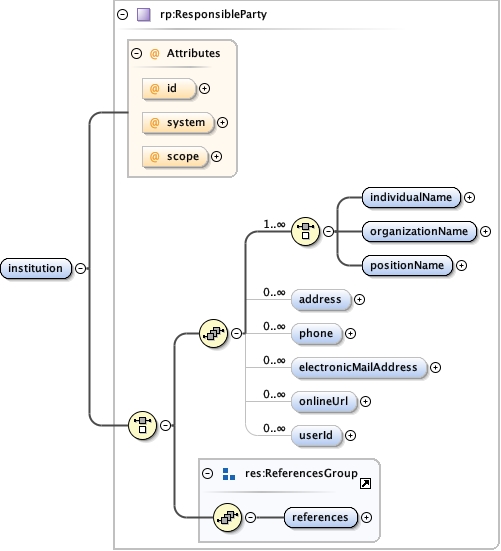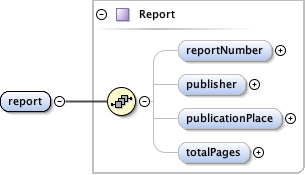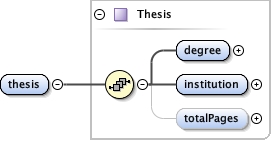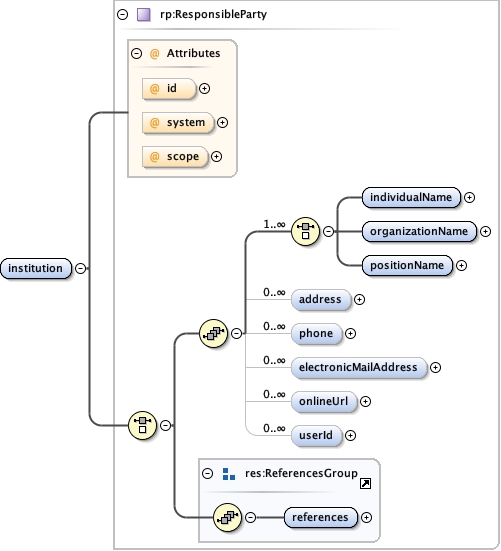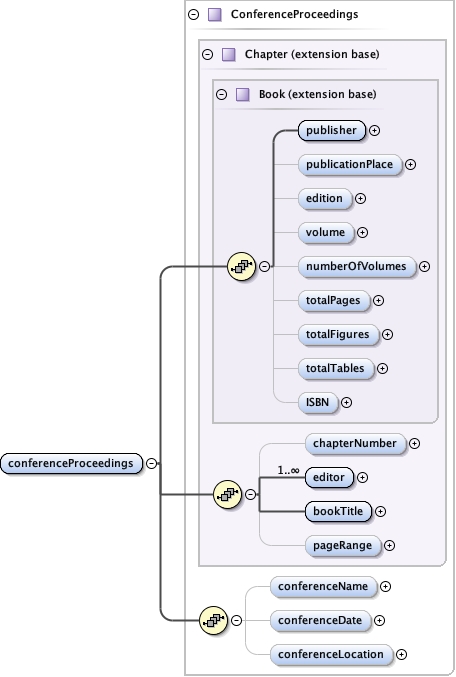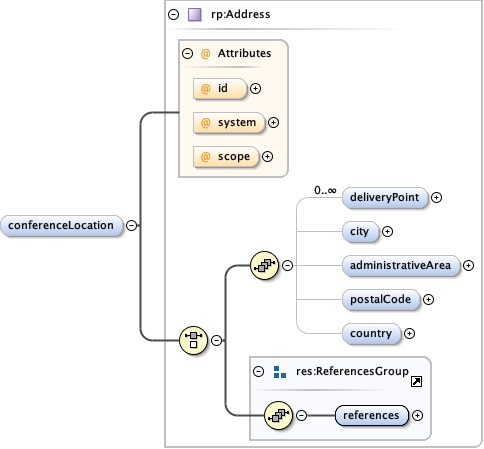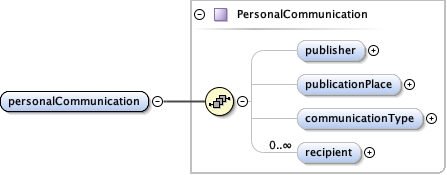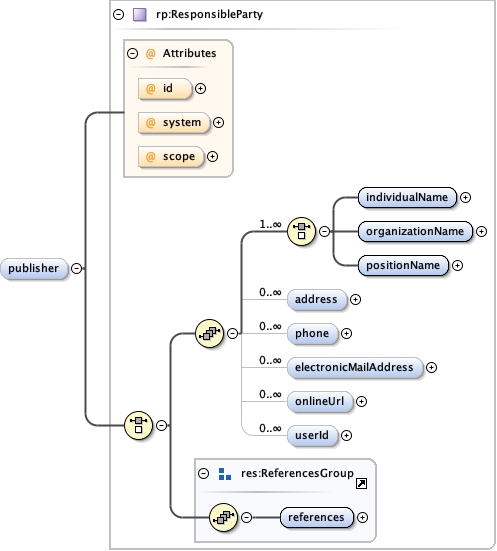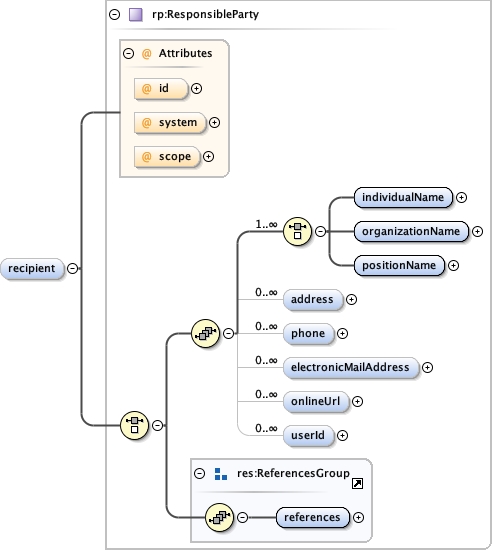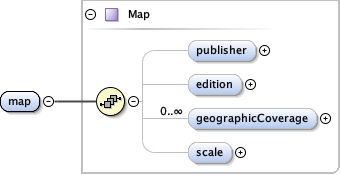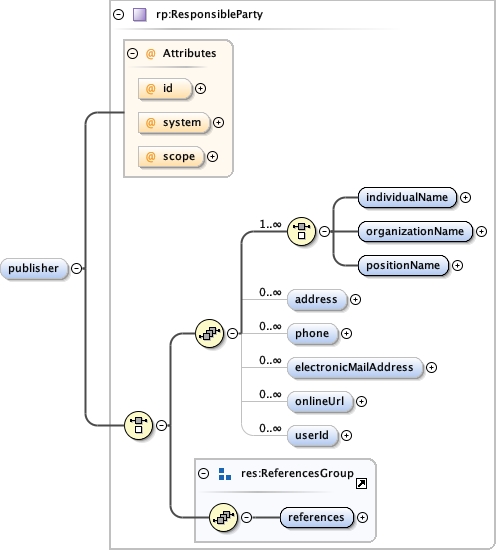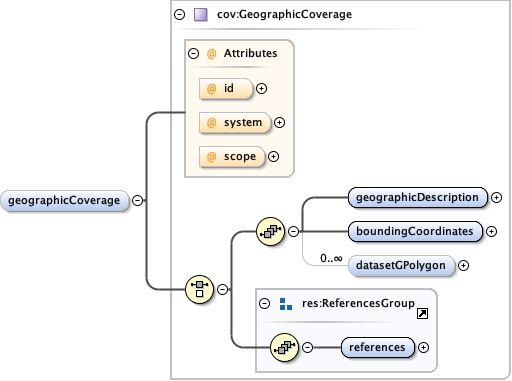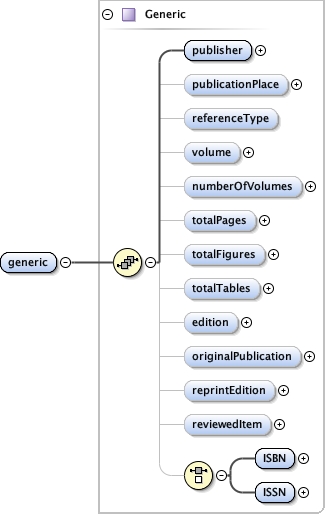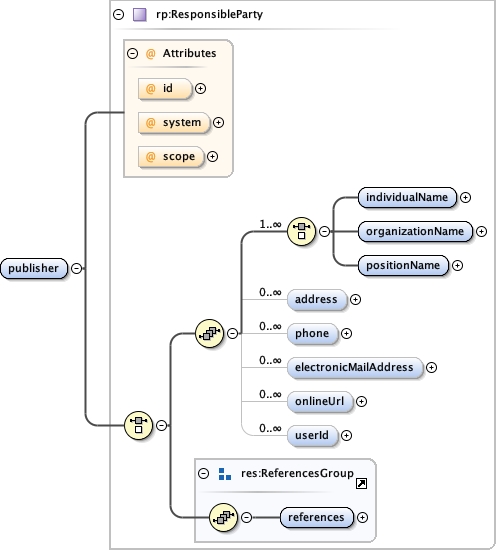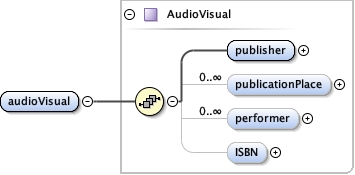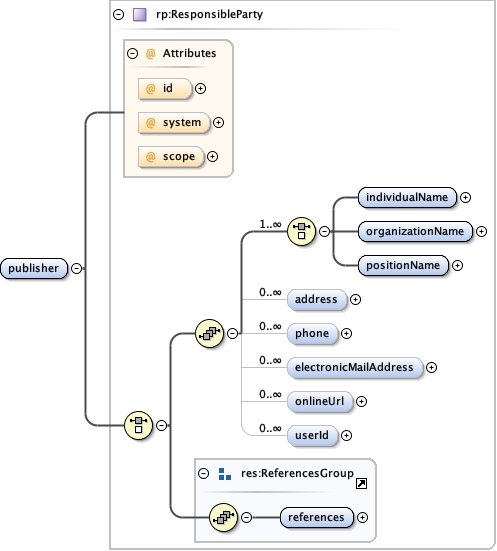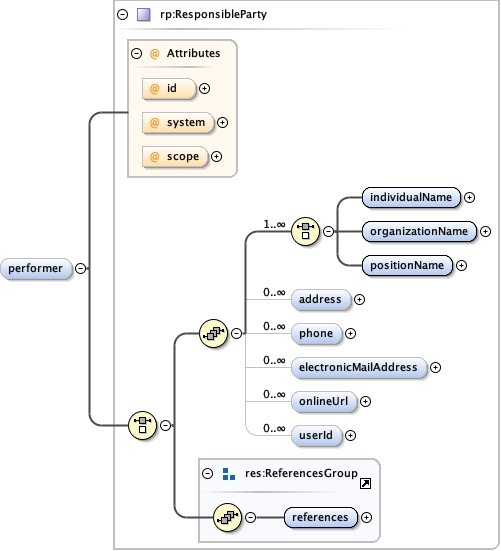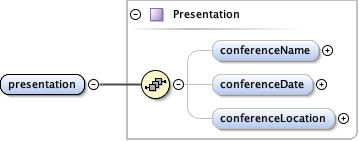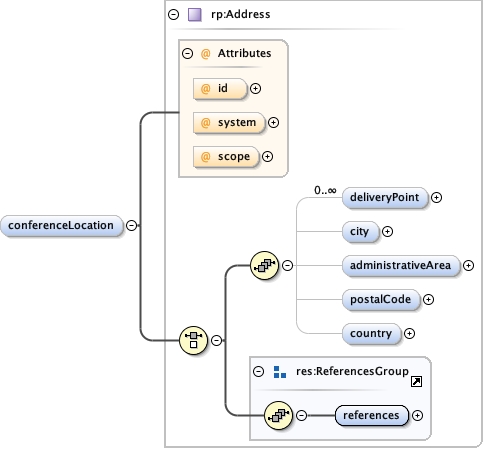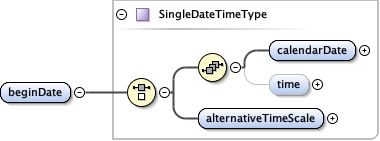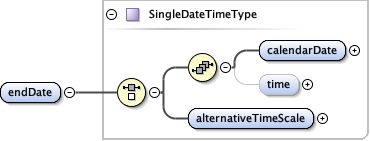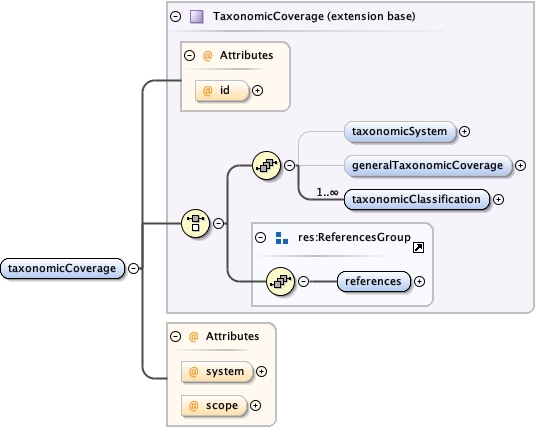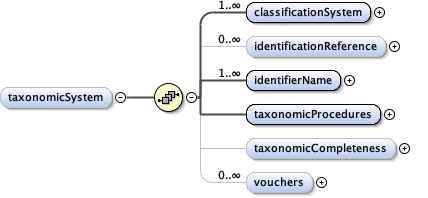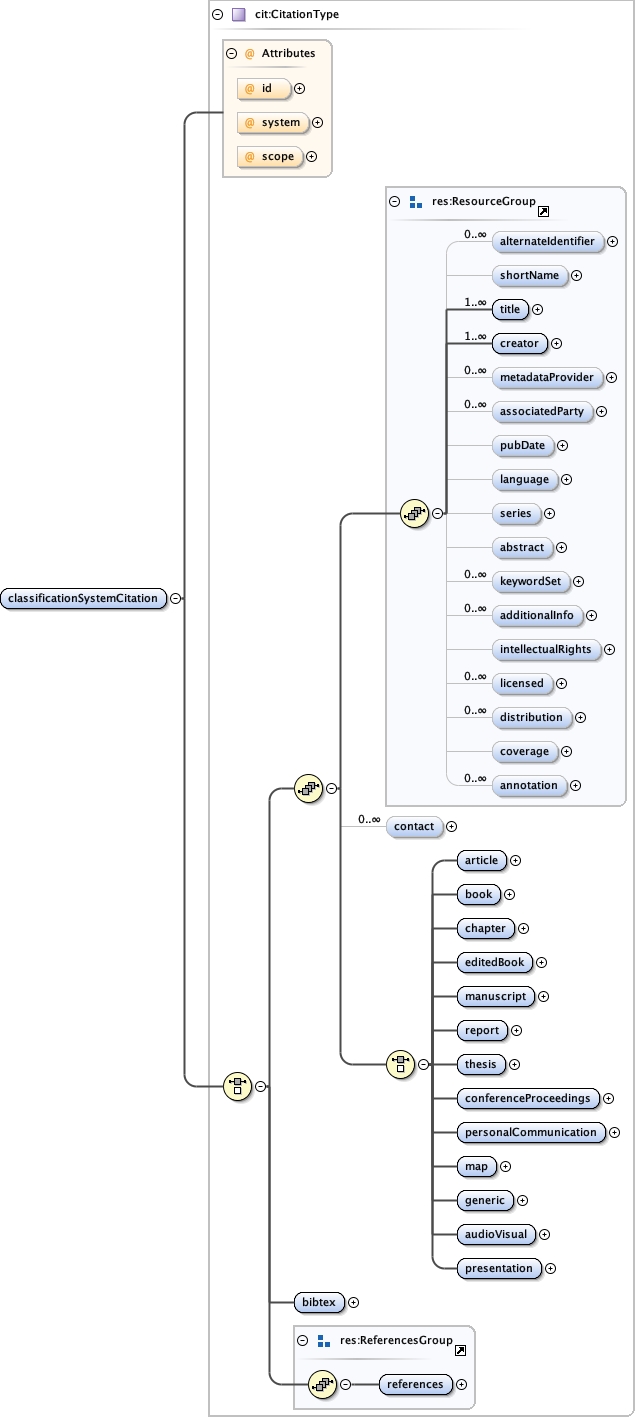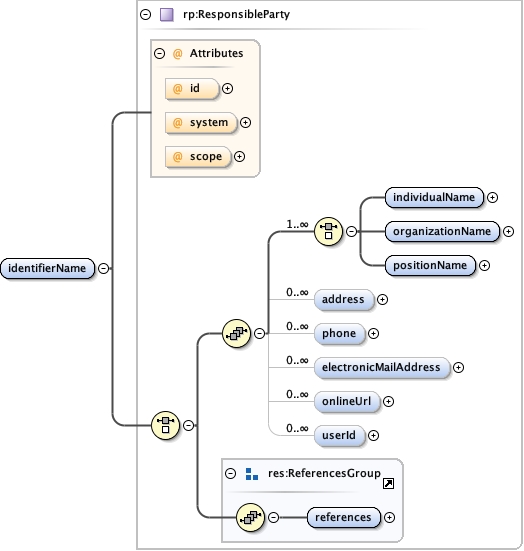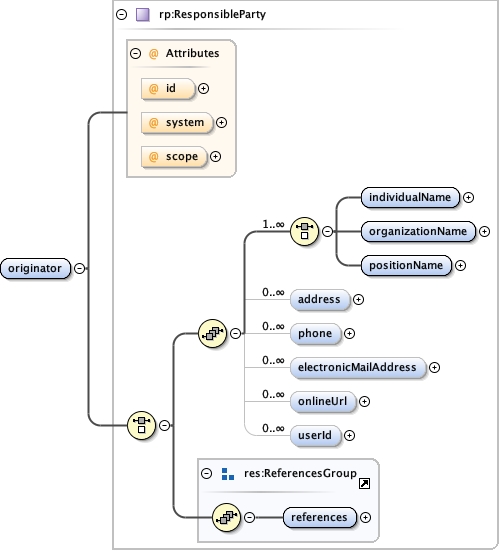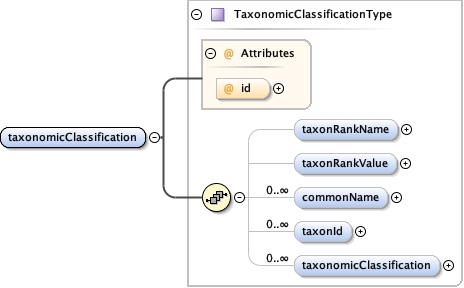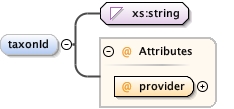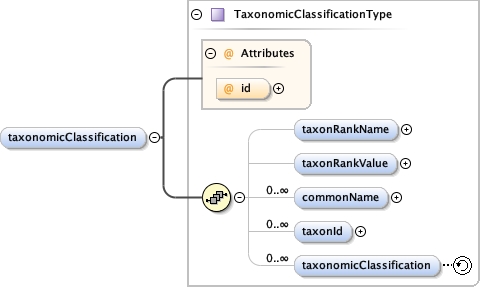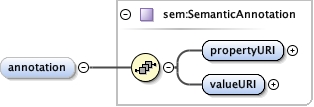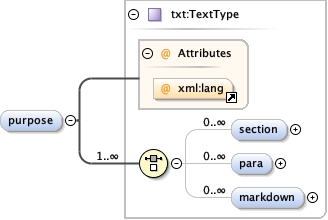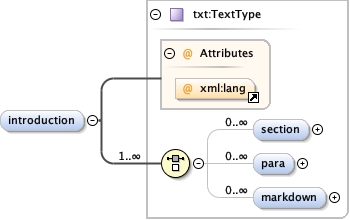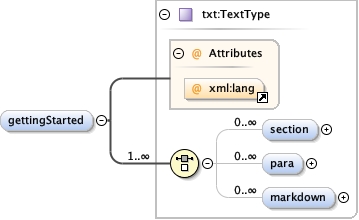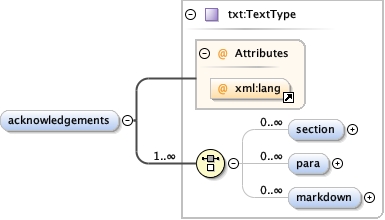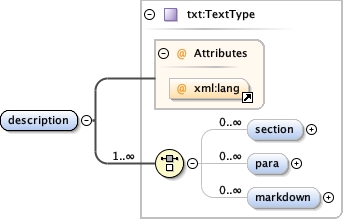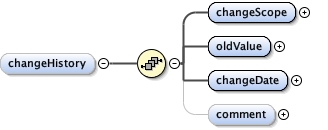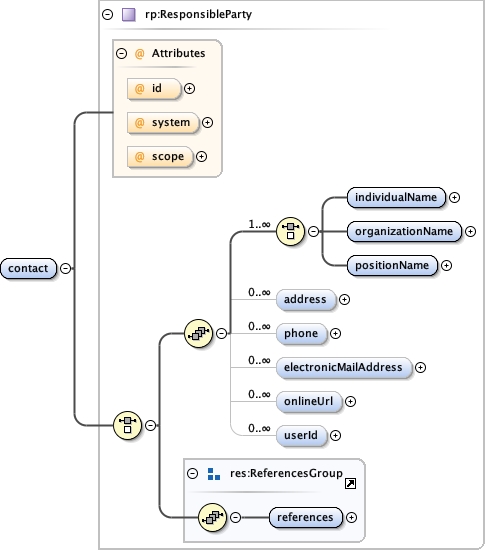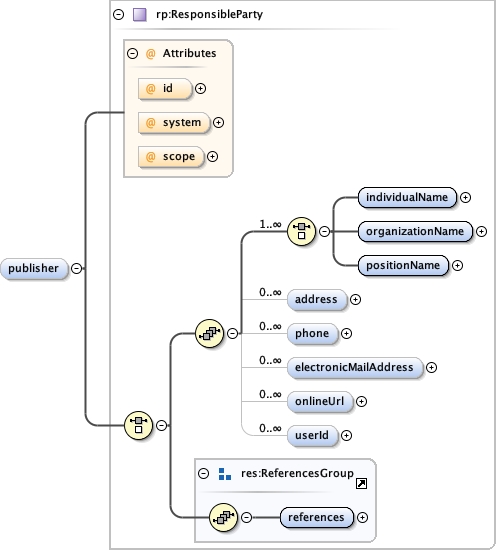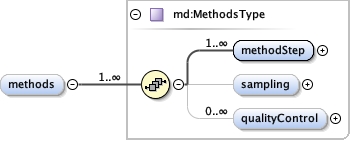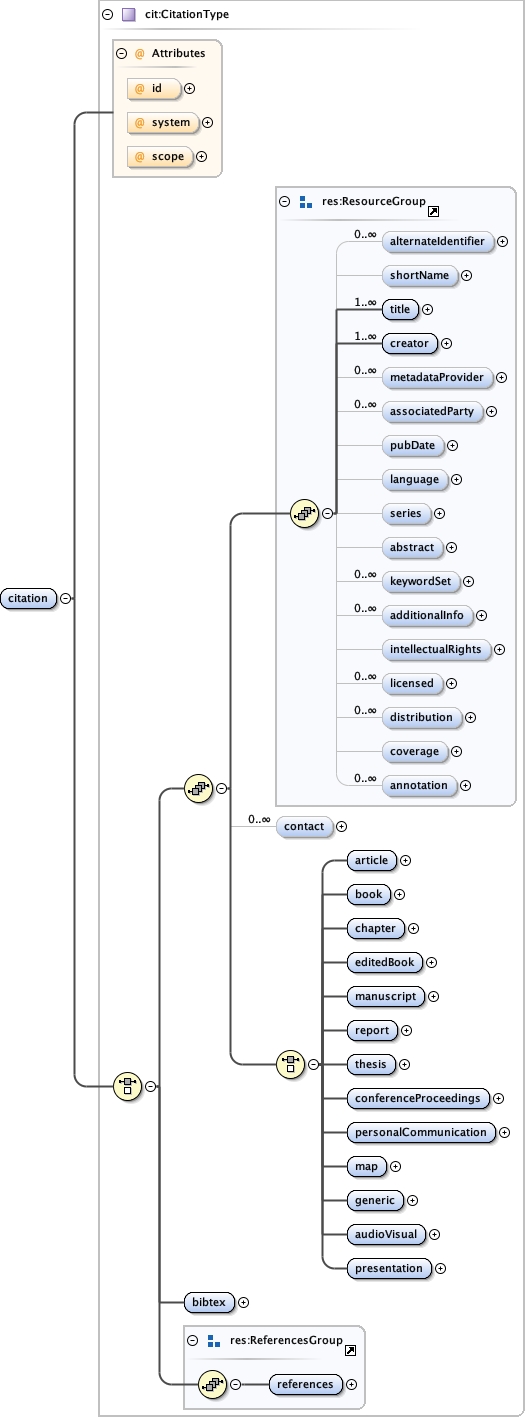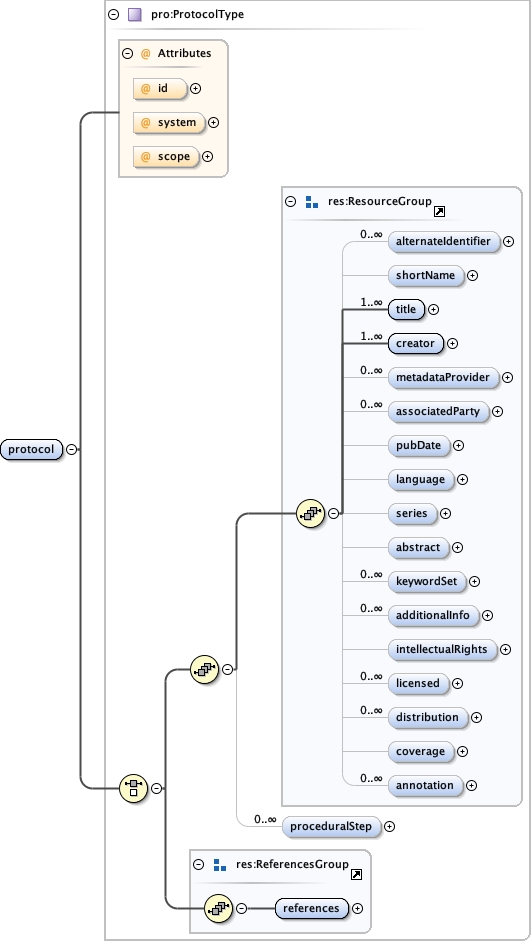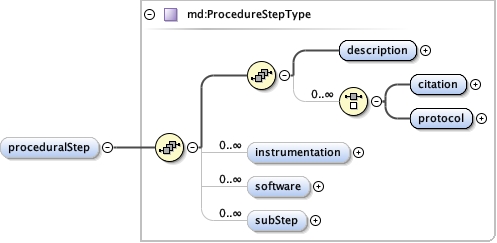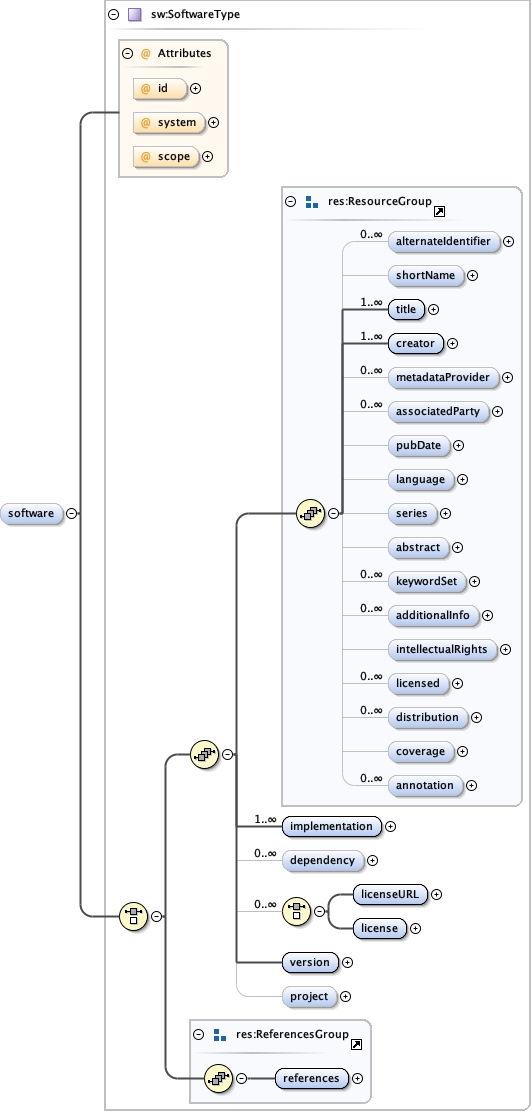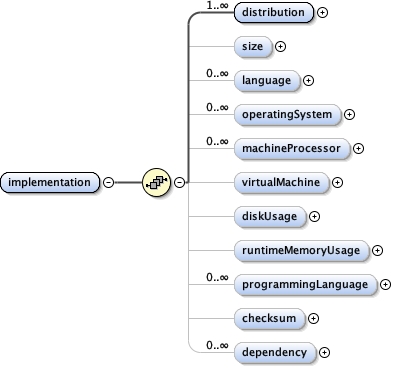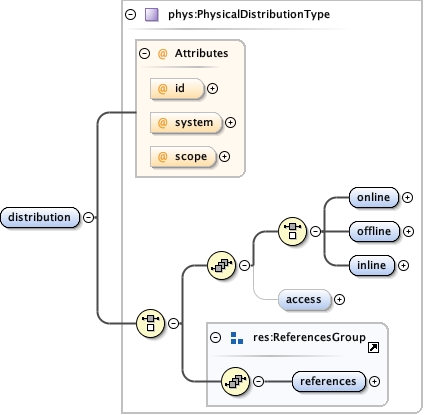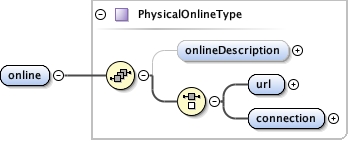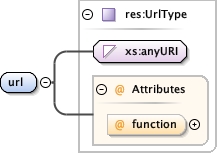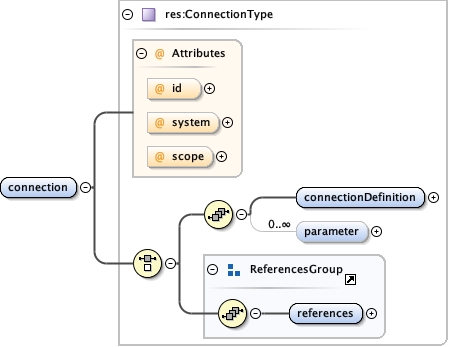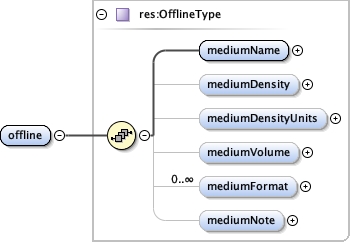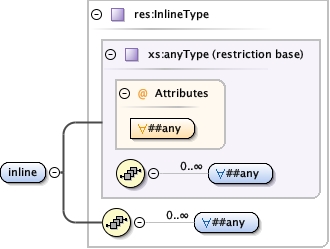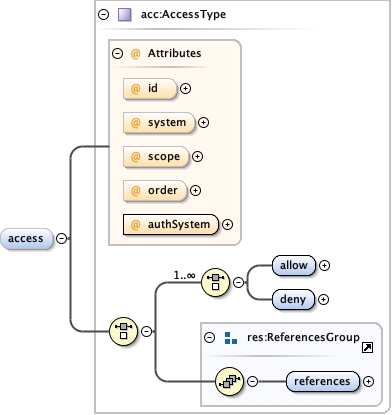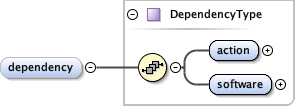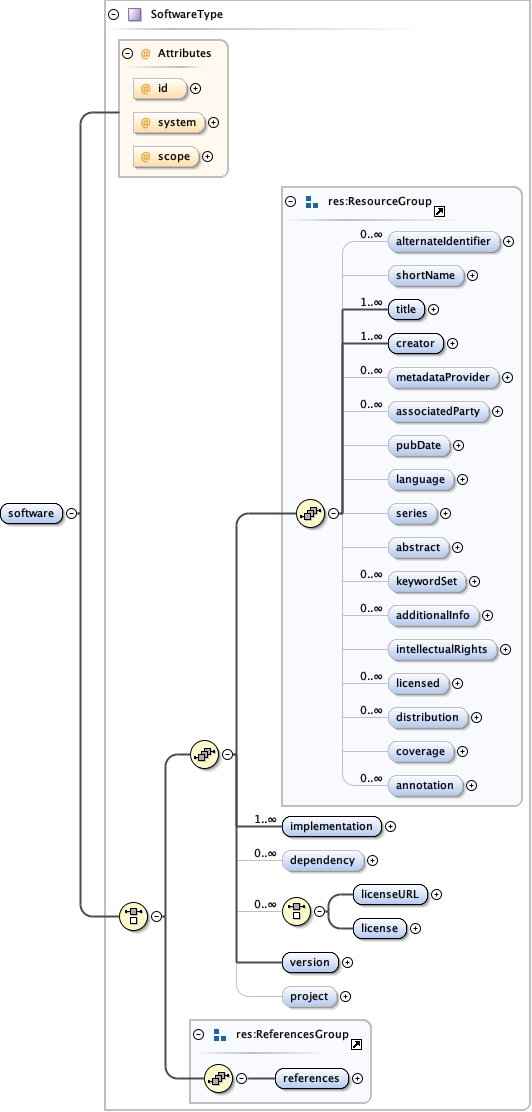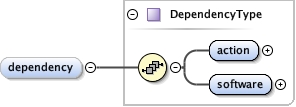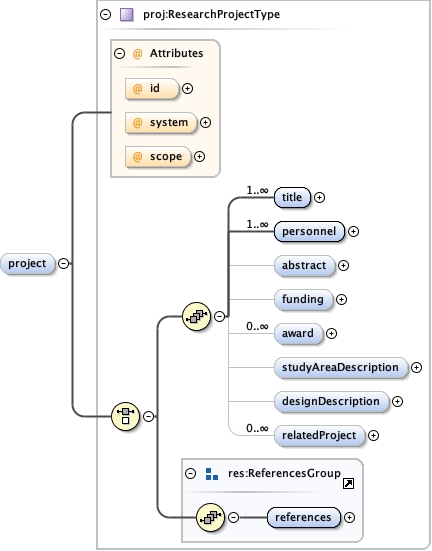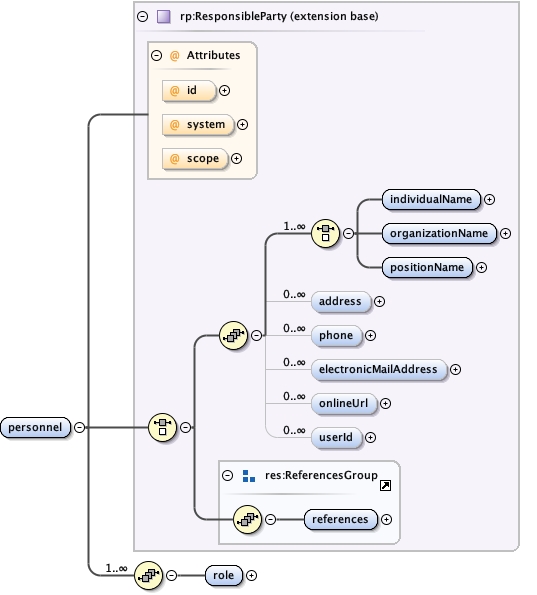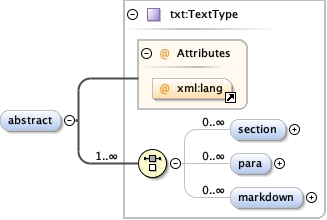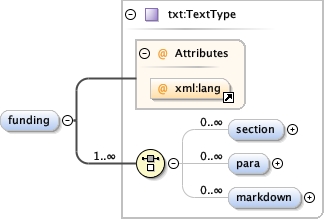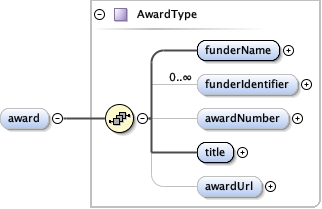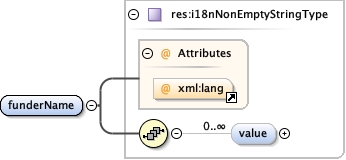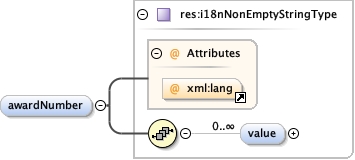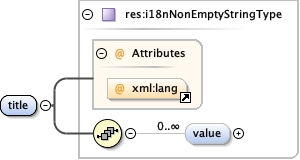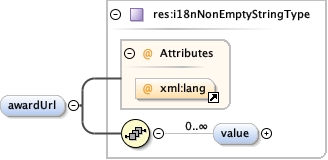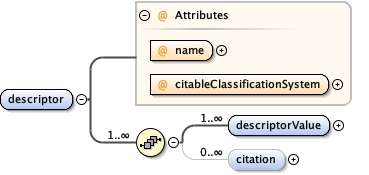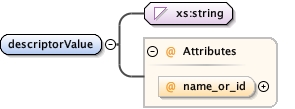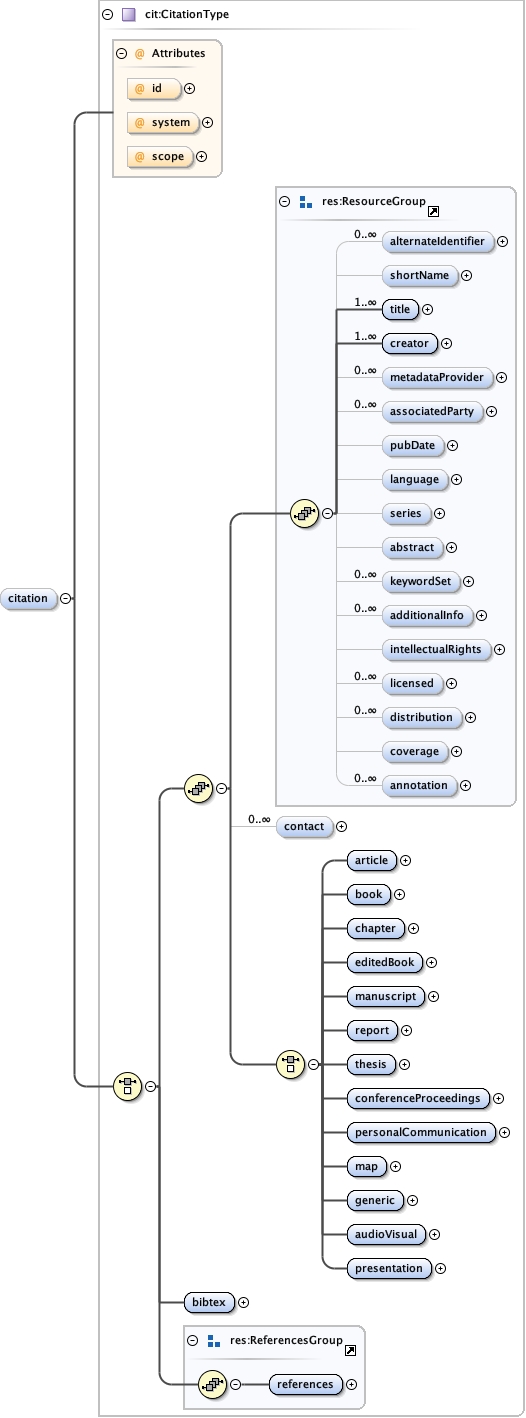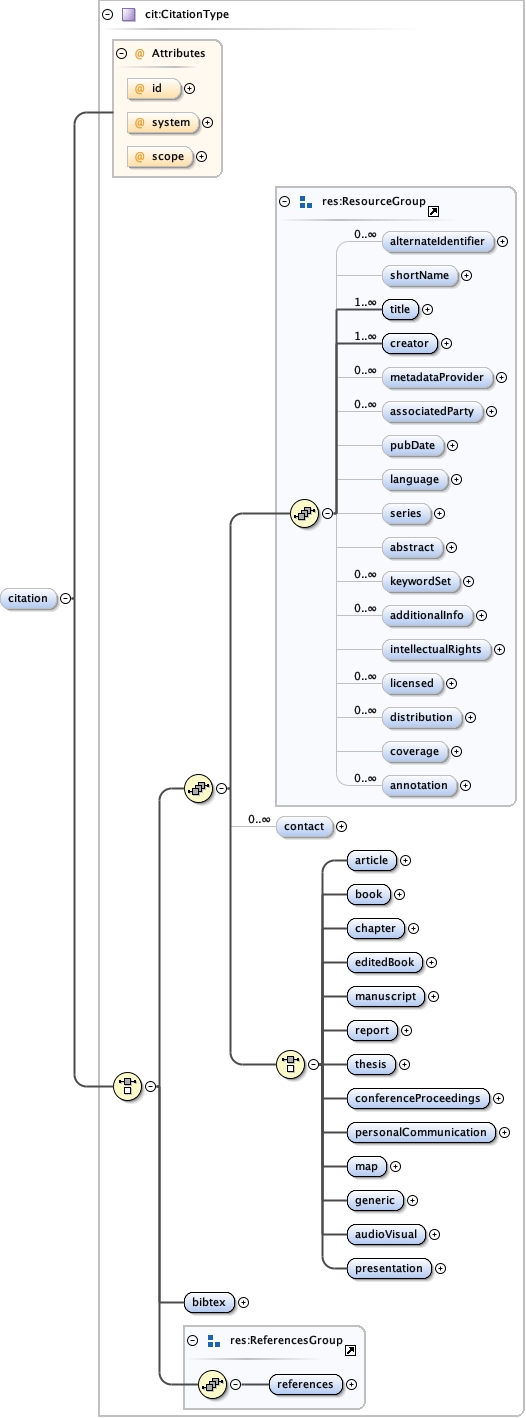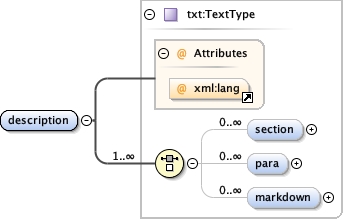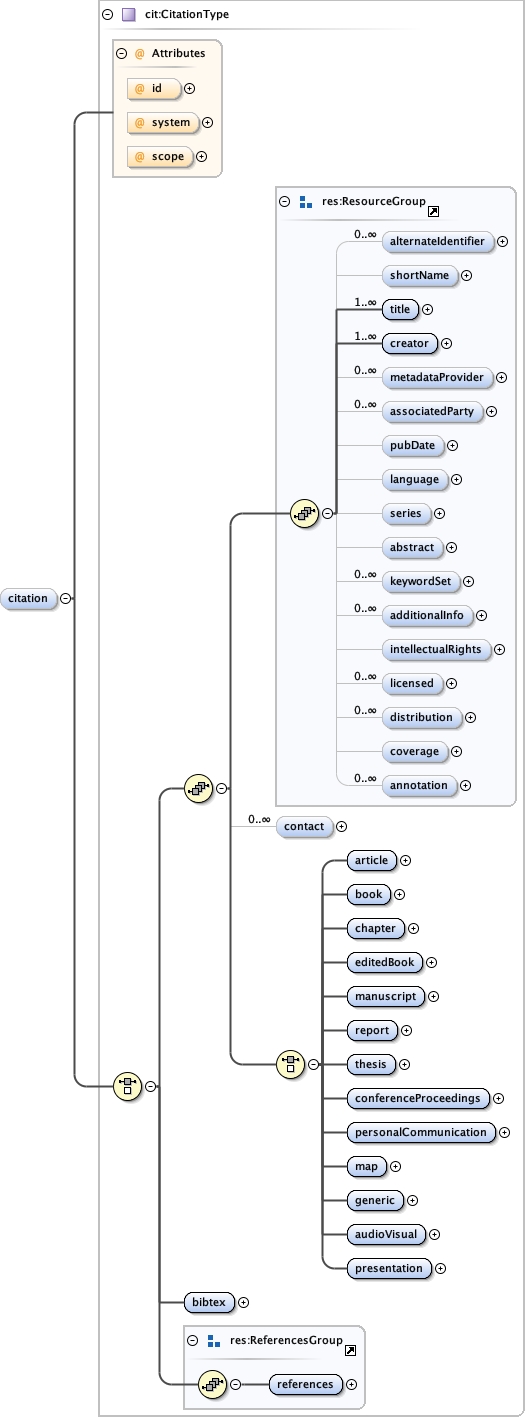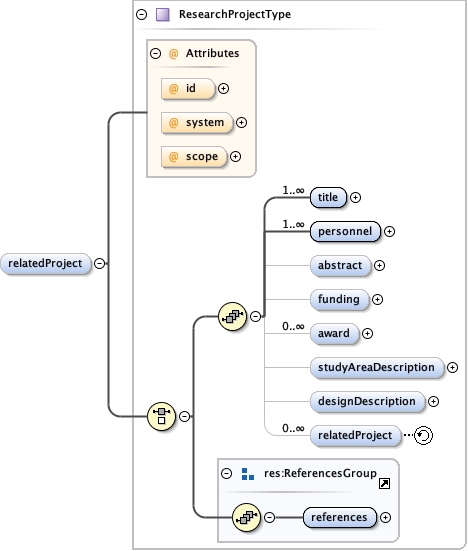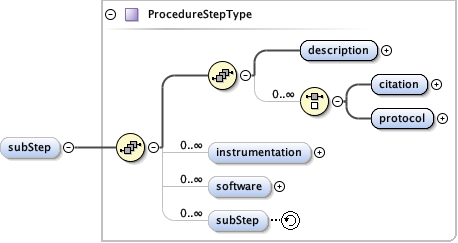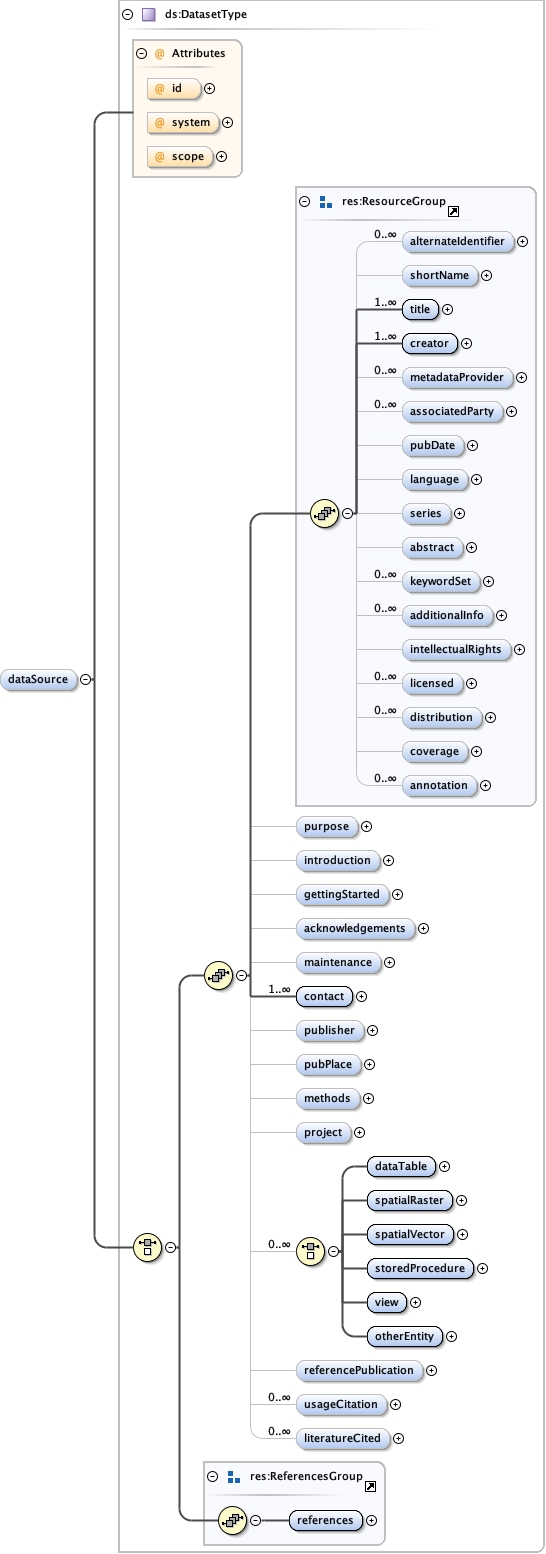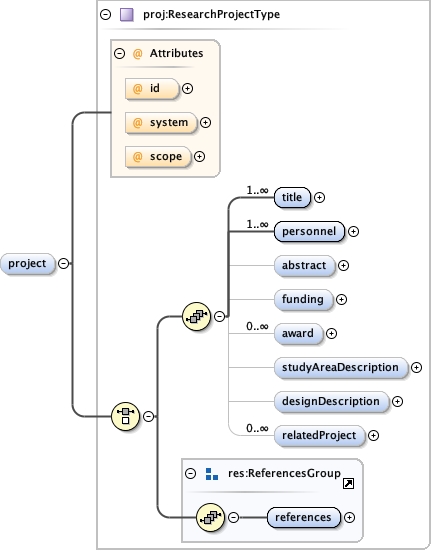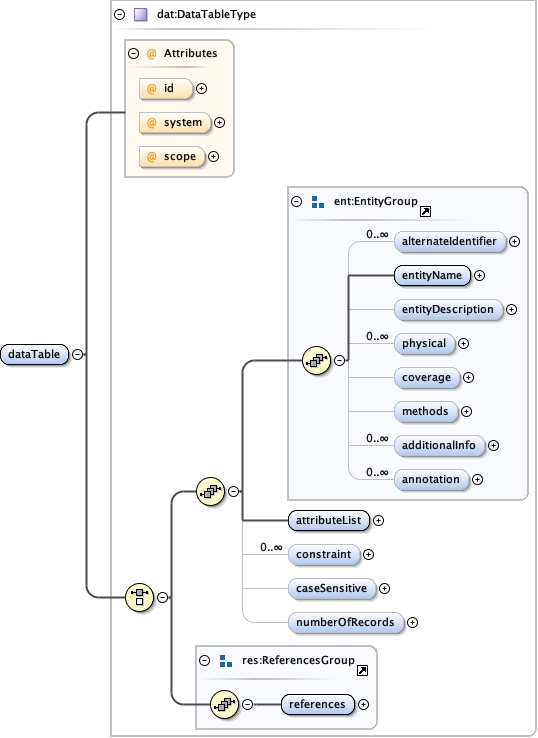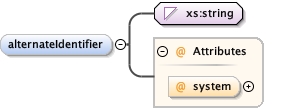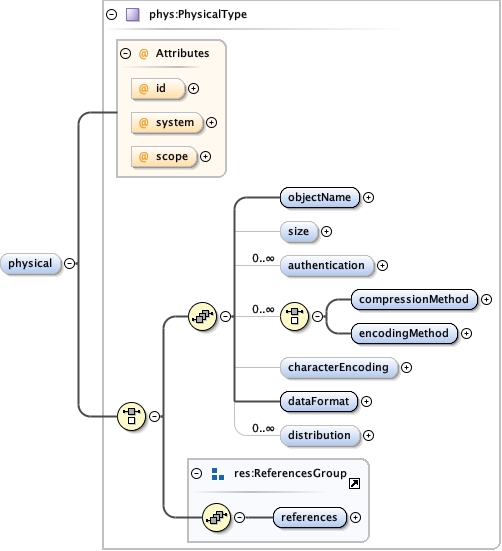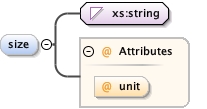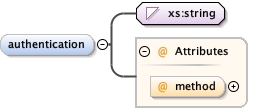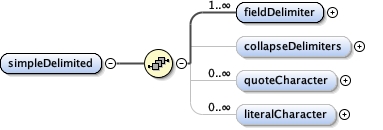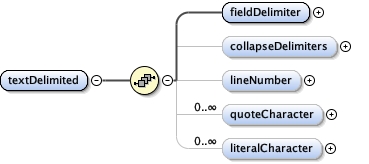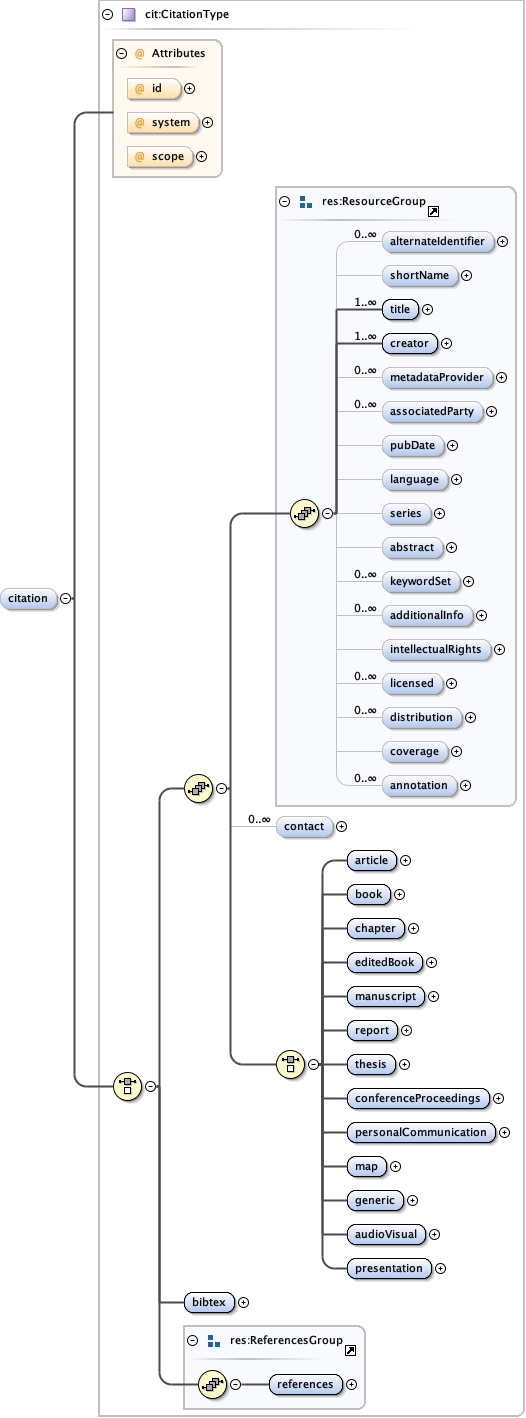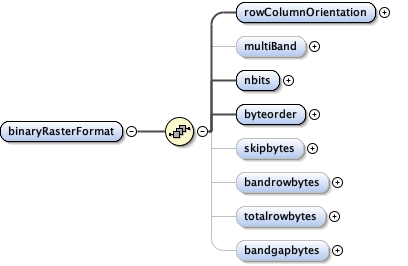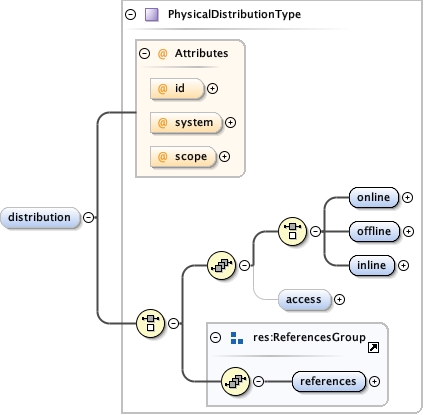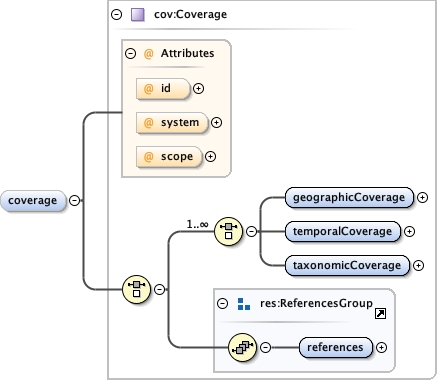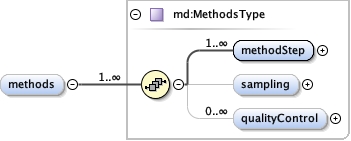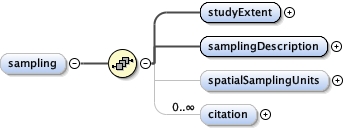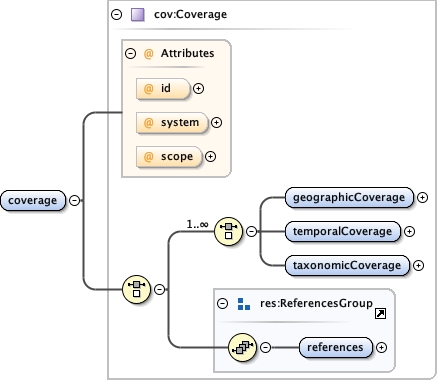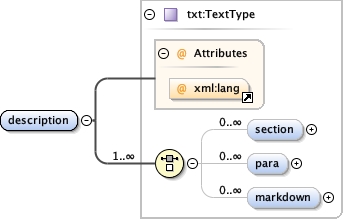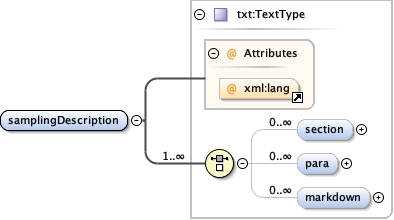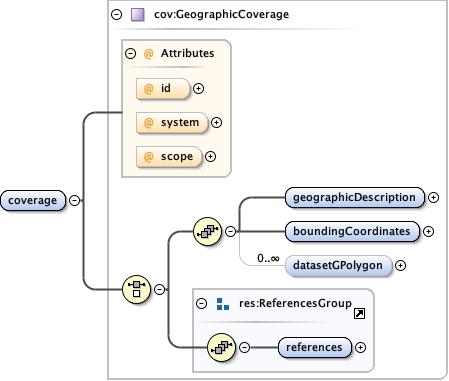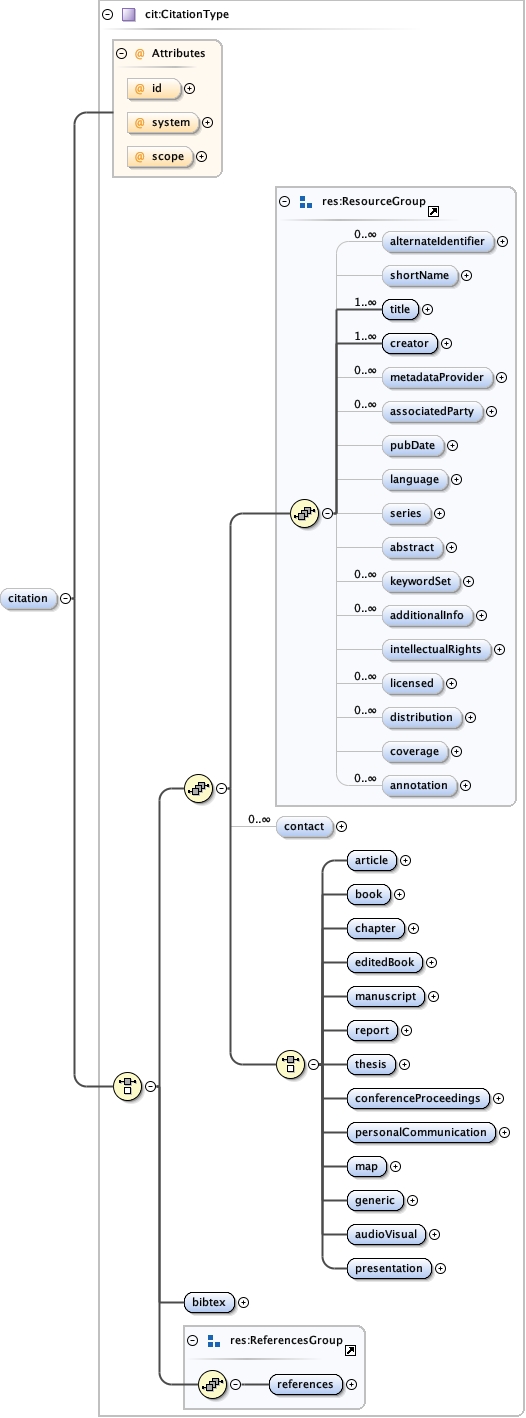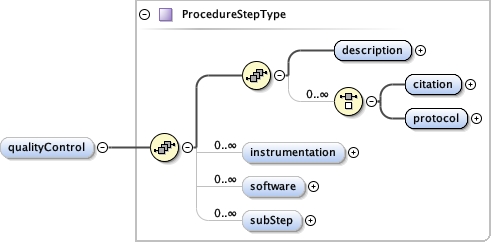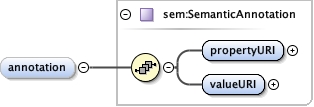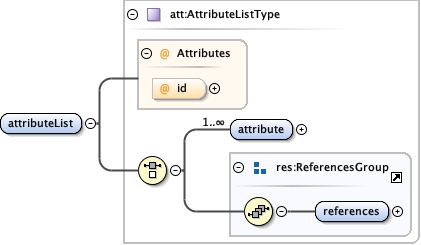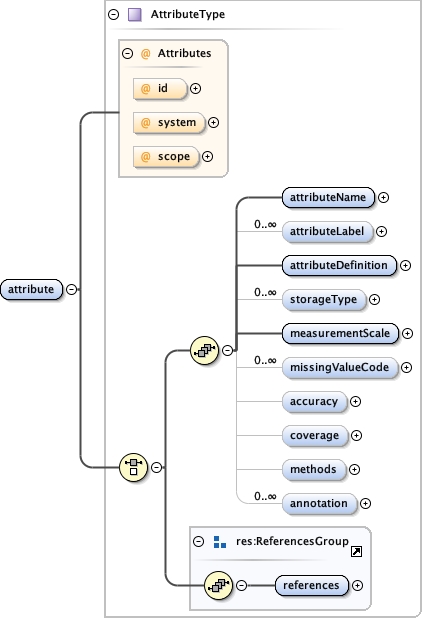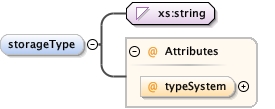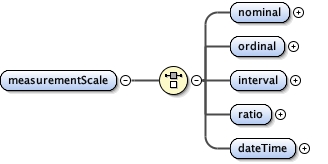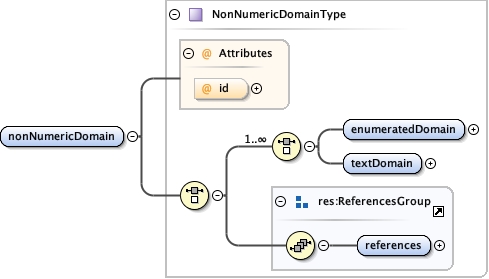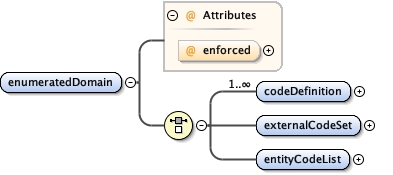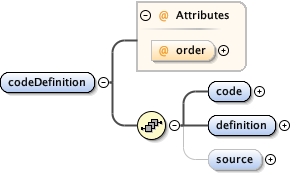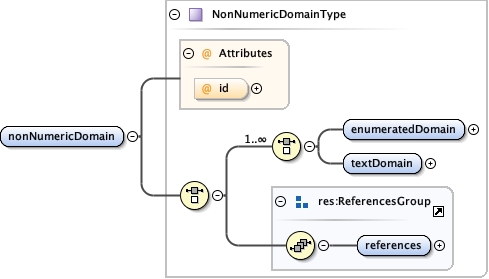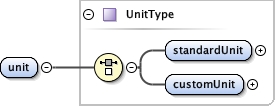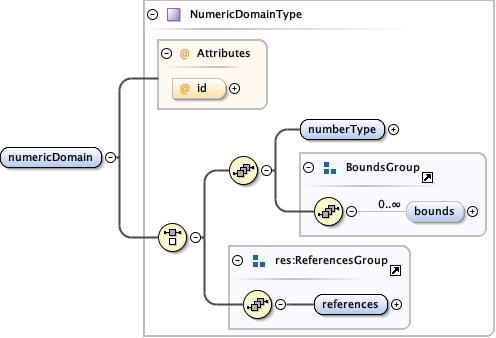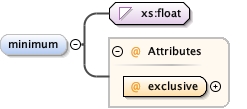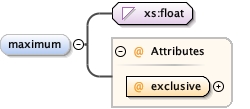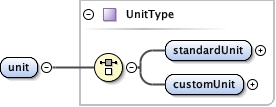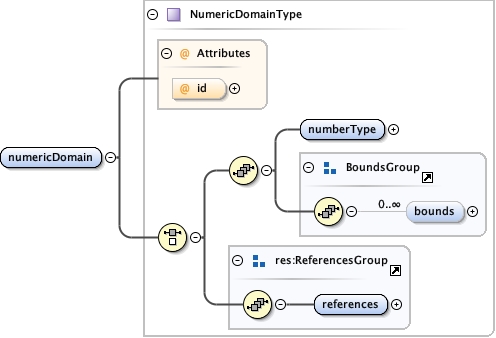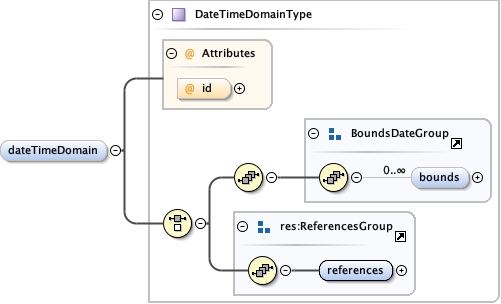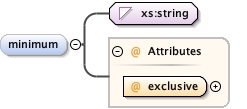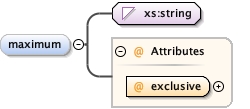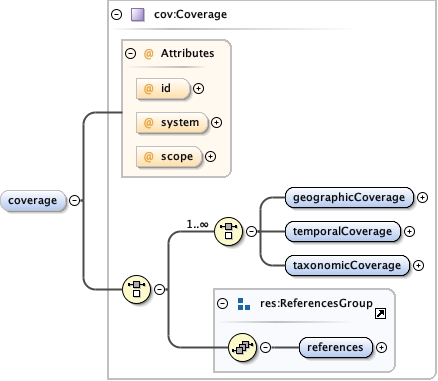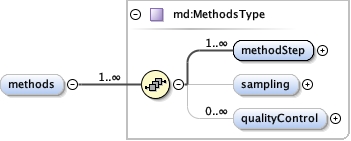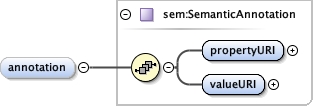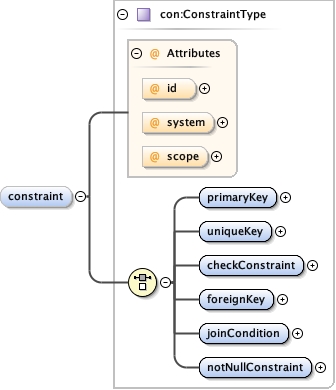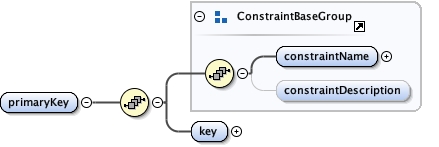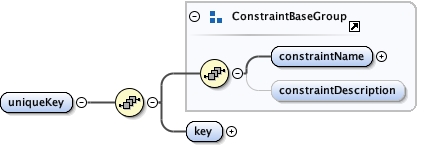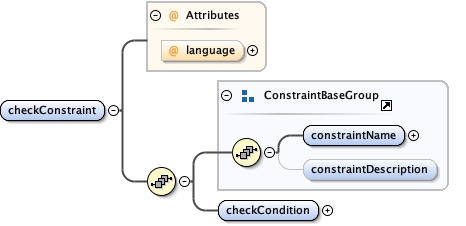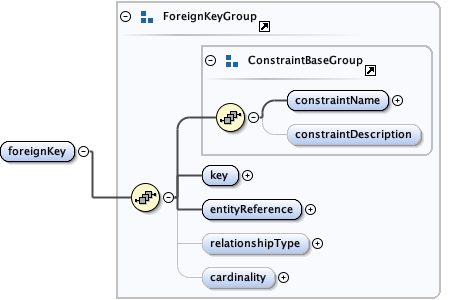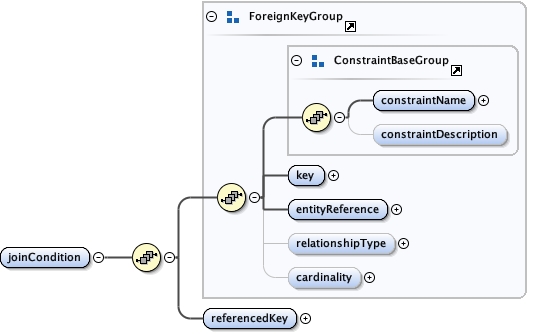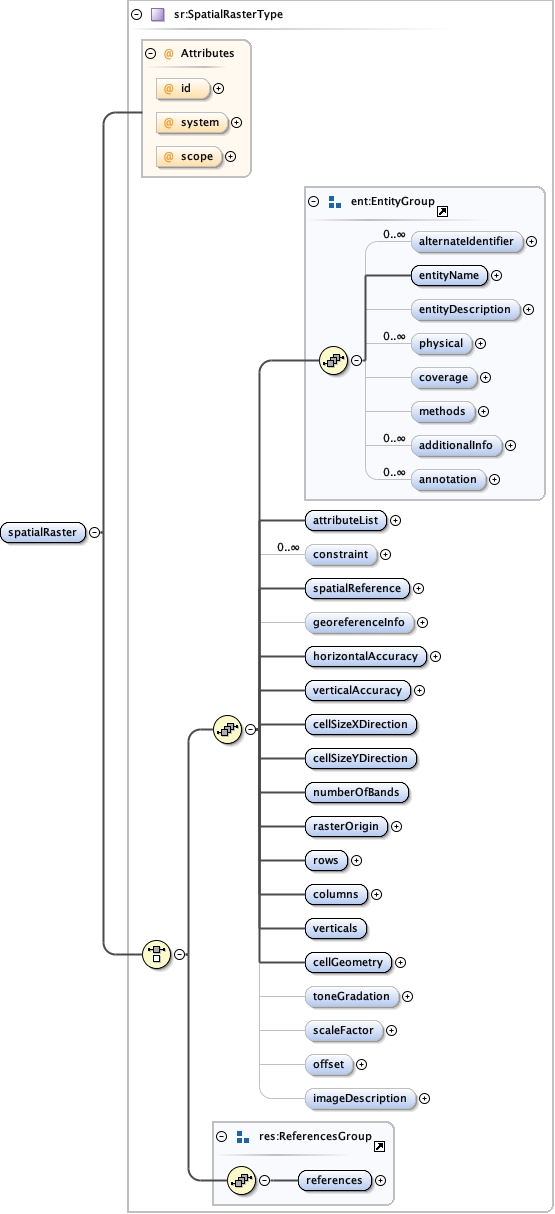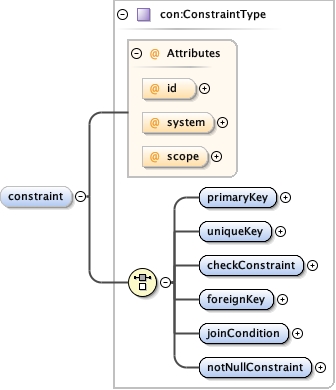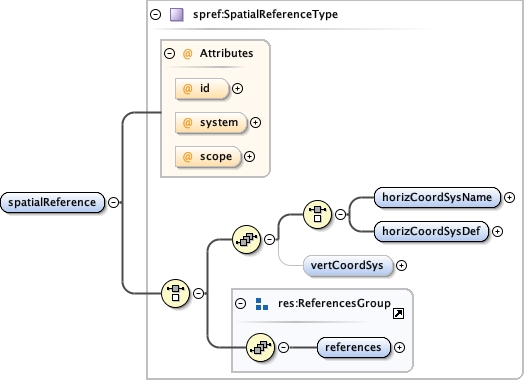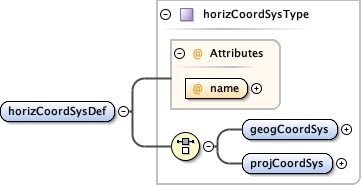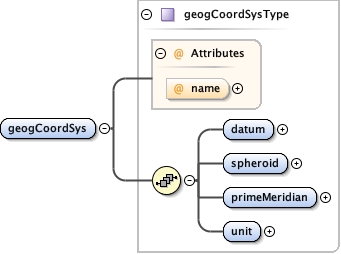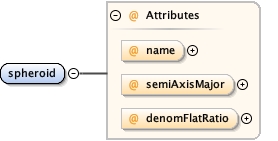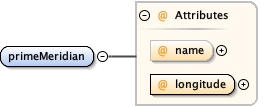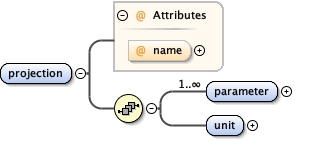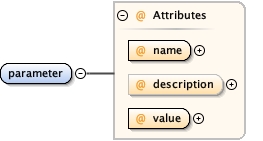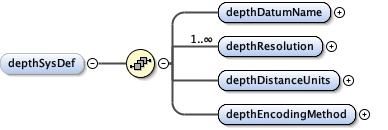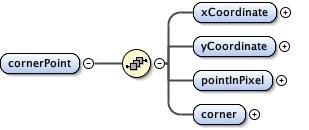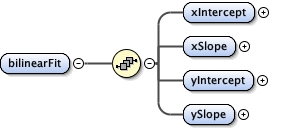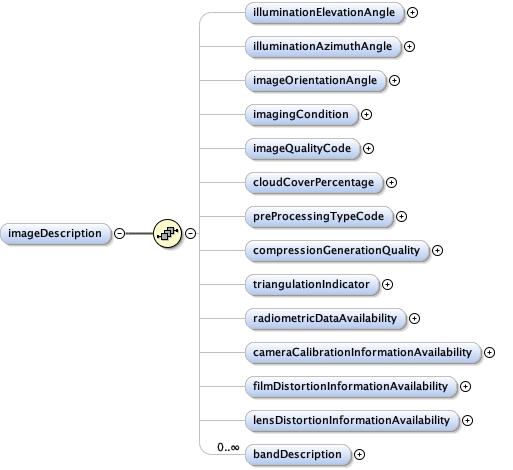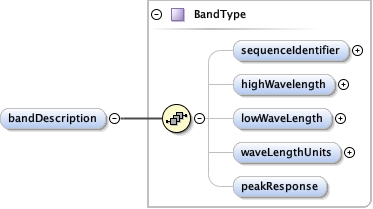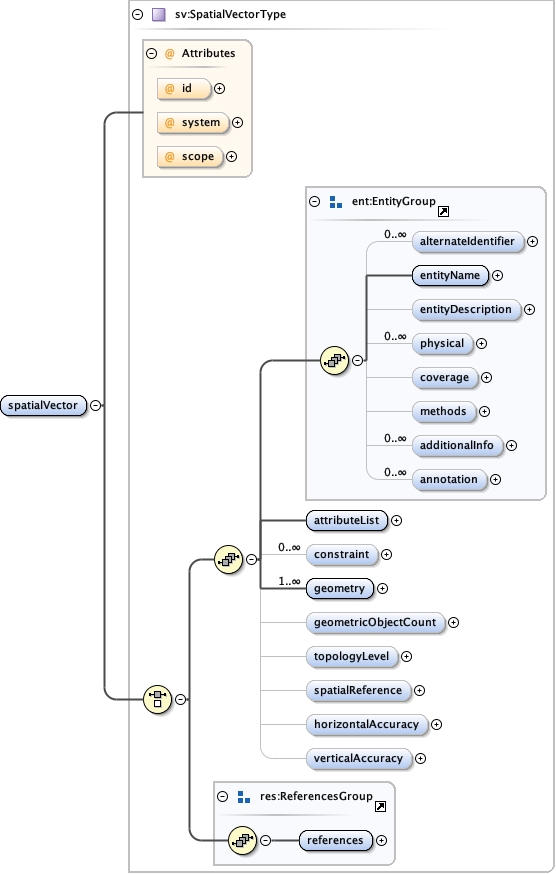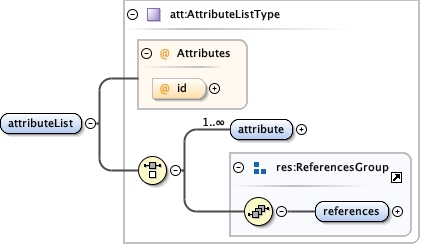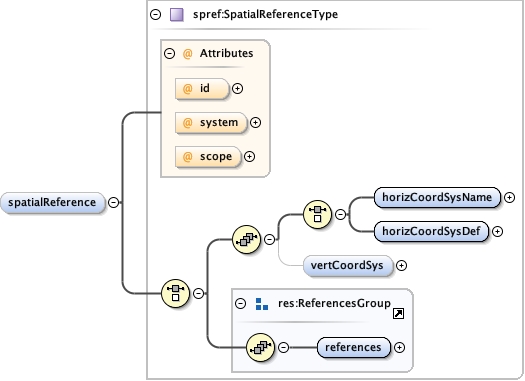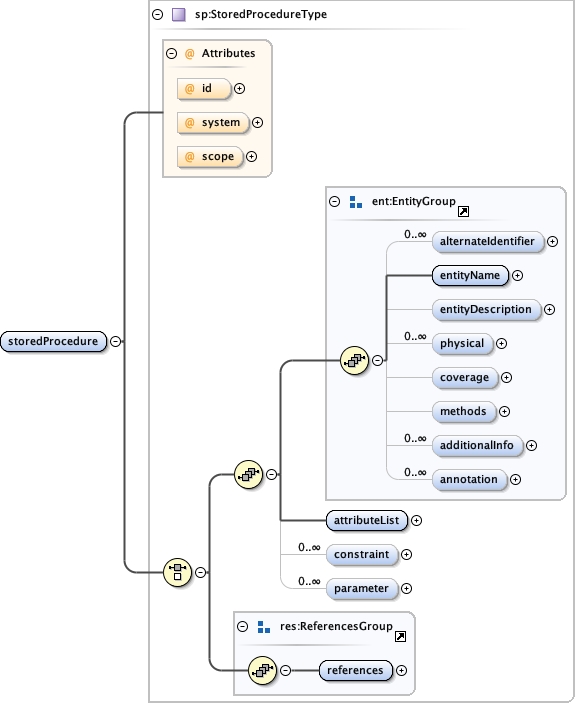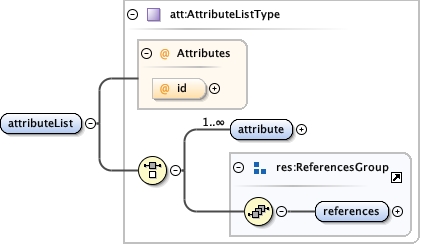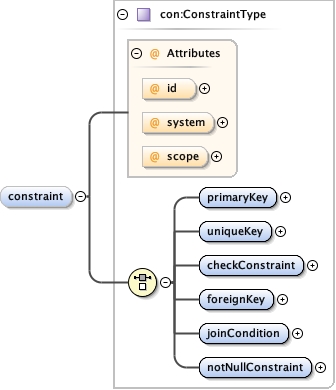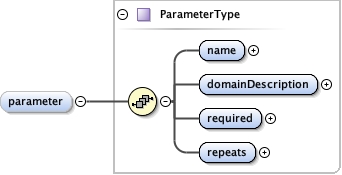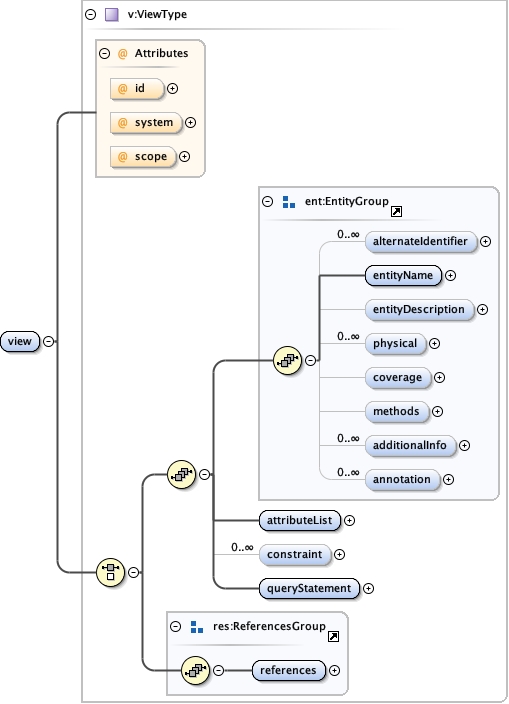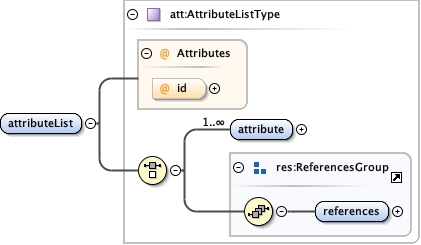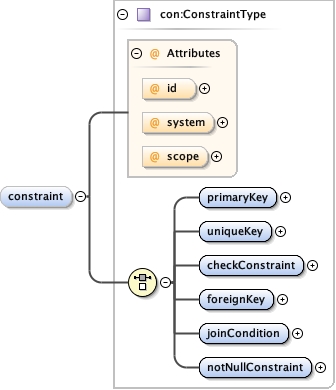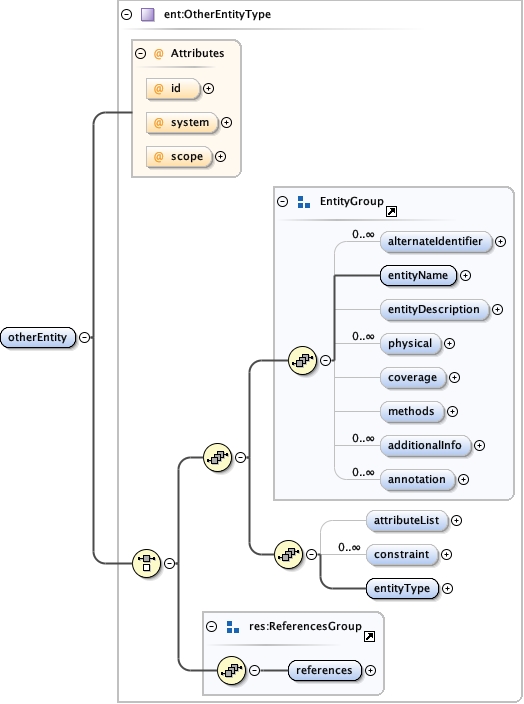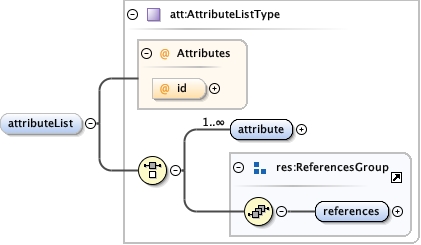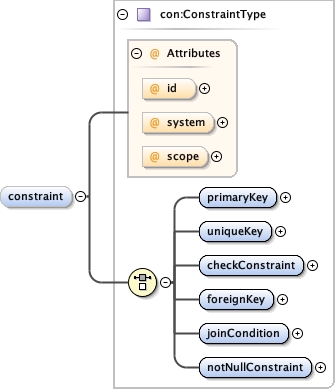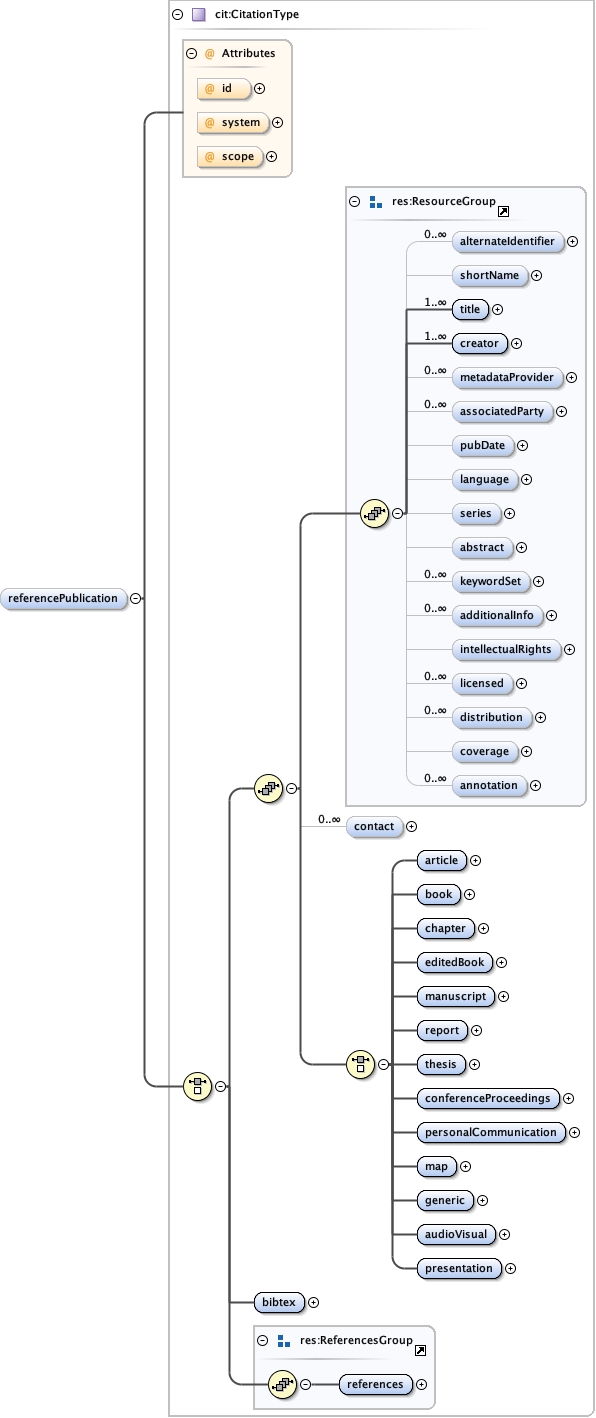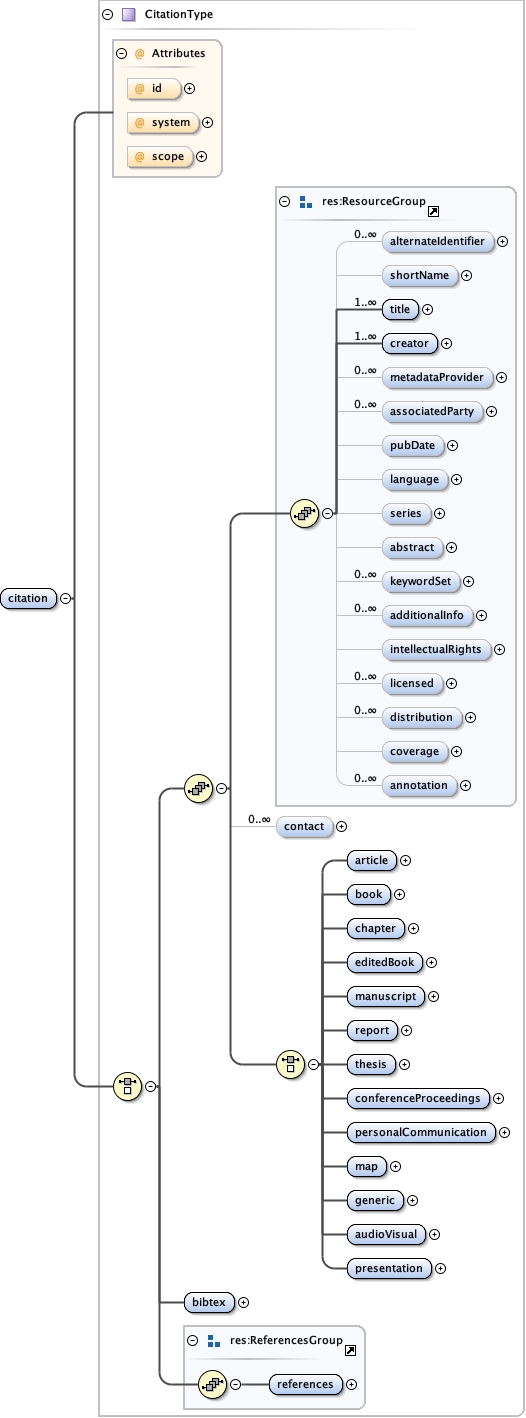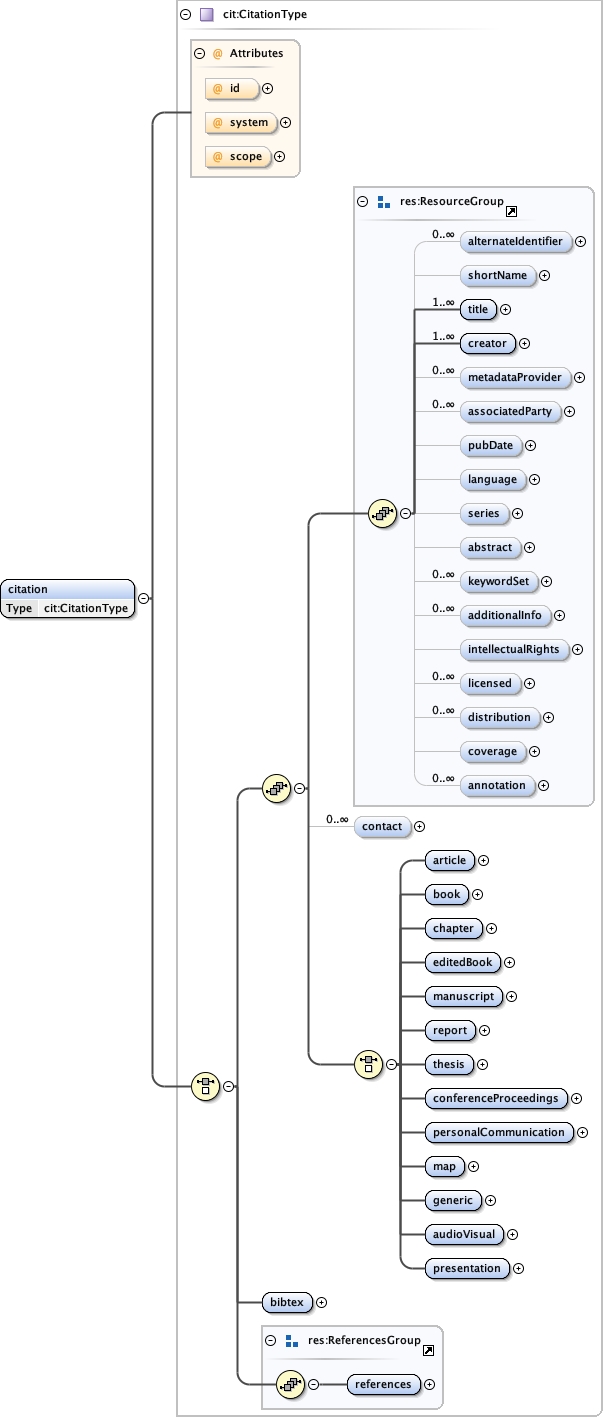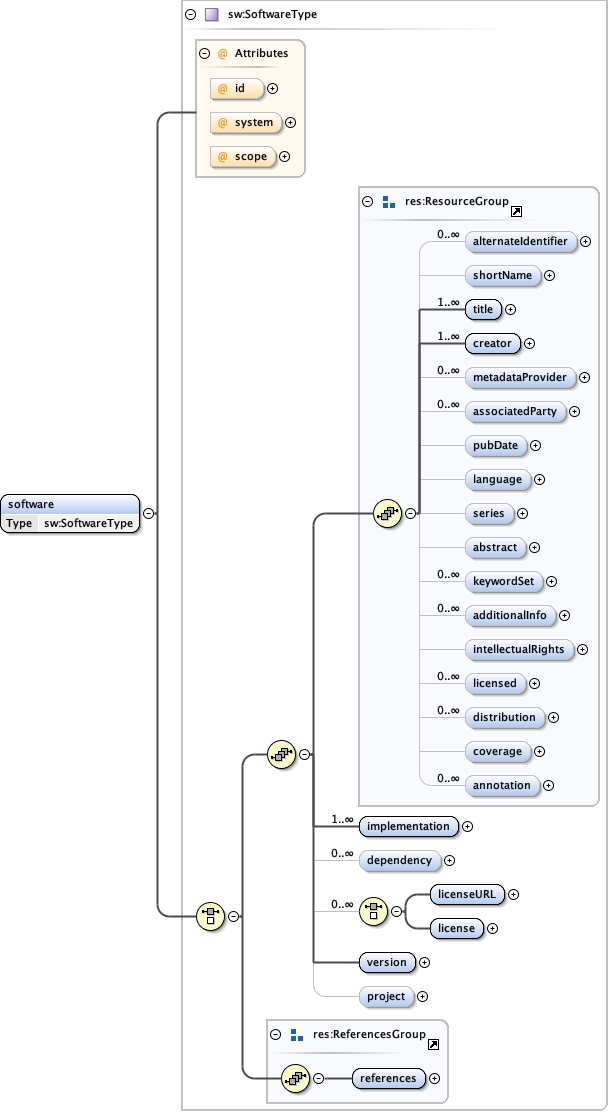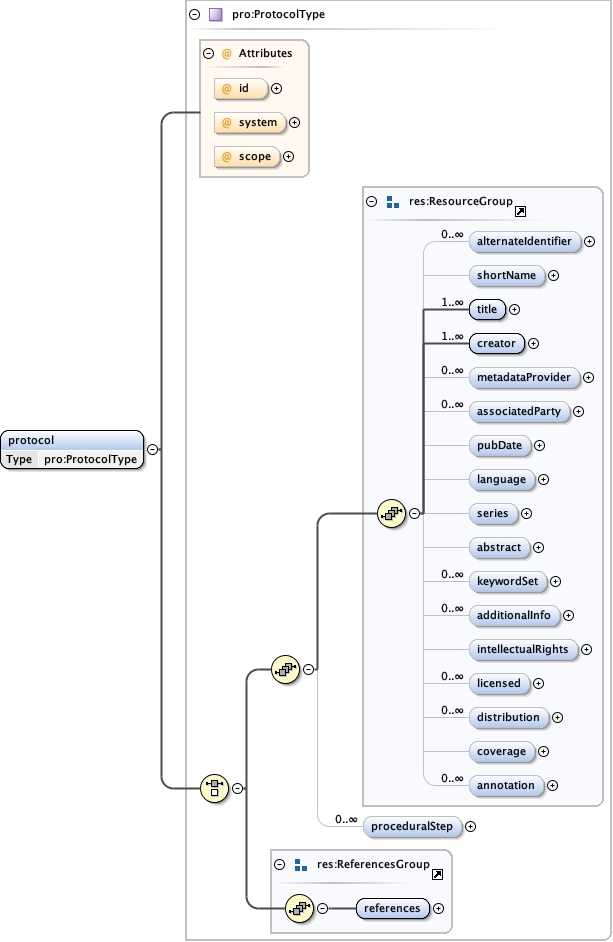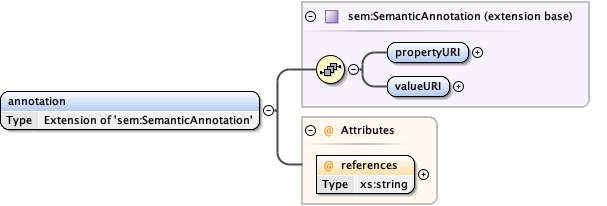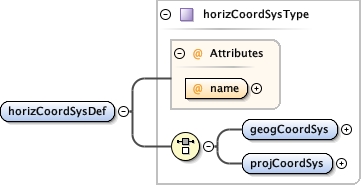| enumeration |
GCS_Abidjan_1987 |
|
| enumeration |
GCS_Accra |
|
| enumeration |
GCS_Adindan |
|
| enumeration |
GCS_Afgooye |
|
| enumeration |
GCS_Agadez |
|
| enumeration |
GCS_Ain_el_Abd_1970 |
|
| enumeration |
GCS_Arc_1950 |
|
| enumeration |
GCS_Arc_1960 |
|
| enumeration |
GCS_Ayabelle |
|
| enumeration |
GCS_Beduaram |
|
| enumeration |
GCS_Bissau |
|
| enumeration |
GCS_Camacupa |
|
| enumeration |
GCS_Cape |
|
| enumeration |
GCS_Carthage_Degree |
|
| enumeration |
GCS_Carthage_Paris |
|
| enumeration |
GCS_Carthage |
|
| enumeration |
GCS_Conakry_1905 |
|
| enumeration |
GCS_Cote_d_Ivoire |
|
| enumeration |
GCS_Dabola |
|
| enumeration |
GCS_Douala |
|
| enumeration |
GCS_Egypt_1907 |
|
| enumeration |
GCS_European_1950 |
|
| enumeration |
GCS_European_Libyan_Datum_1979 |
|
| enumeration |
GCS_Garoua |
|
| enumeration |
GCS_Hartebeesthoek_1994 |
|
| enumeration |
GCS_Kuwait_Oil_Company |
|
| enumeration |
GCS_KUDAMS |
|
| enumeration |
GCS_Leigon |
|
| enumeration |
GCS_Liberia_1964 |
|
| enumeration |
GCS_Locodjo_1965 |
|
| enumeration |
GCS_Lome |
|
| enumeration |
GCS_Mporaloko |
|
| enumeration |
GCS_Madzansua |
|
| enumeration |
GCS_Mahe_1971 |
|
| enumeration |
GCS_Malongo_1987 |
|
| enumeration |
GCS_Manoca |
|
| enumeration |
GCS_Massawa |
|
| enumeration |
GCS_Merchich_Degree |
|
| enumeration |
GCS_Merchich |
|
| enumeration |
GCS_Mhast |
|
| enumeration |
GCS_Minna |
|
| enumeration |
GCS_Moznet |
|
| enumeration |
GCS_Nahrwan_1967 |
|
| enumeration |
GCS_NGN |
|
| enumeration |
GCS_Nord_Sahara_1959 |
|
| enumeration |
GCS_Observatario |
|
| enumeration |
GCS_Oman |
|
| enumeration |
GCS_Palestine_1923 |
|
| enumeration |
GCS_PDO_1993 |
|
| enumeration |
GCS_Point_58 |
|
| enumeration |
GCS_Pointe_Noire |
|
| enumeration |
GCS_Qatar_1948 |
|
| enumeration |
GCS_Qatar |
|
| enumeration |
GCS_Schwarzeck |
|
| enumeration |
GCS_Sierra_Leone_1924 |
|
| enumeration |
GCS_Sierra_Leone_1960 |
|
| enumeration |
GCS_Sierra_Leone_1968 |
|
| enumeration |
GCS_South_Yemen |
|
| enumeration |
GCS_Sudan |
|
| enumeration |
GCS_Tananarive_1925_Paris |
|
| enumeration |
GCS_Tananarive_1925 |
|
| enumeration |
GCS_Tete |
|
| enumeration |
GCS_Trucial_Coast_1948 |
|
| enumeration |
GCS_Voirol_1875_Degree |
|
| enumeration |
GCS_Voirol_1875_Paris |
|
| enumeration |
GCS_Voirol_1875 |
|
| enumeration |
GCS_Voirol_Unifie_1960_Degree |
|
| enumeration |
GCS_Voirol_Unifie_1960_Paris |
|
| enumeration |
GCS_Voirol_Unifie_1960 |
|
| enumeration |
GCS_Yemen_NGN_1996 |
|
| enumeration |
GCS_Yoff |
|
| enumeration |
GCS_Camp_Area |
|
| enumeration |
GCS_Deception_Island |
|
| enumeration |
GCS_Ain_el_Abd_1970 |
|
| enumeration |
GCS_Batavia_Jakarta |
|
| enumeration |
GCS_Batavia |
|
| enumeration |
GCS_Beijing_1954 |
|
| enumeration |
GCS_Bukit_Rimpah |
|
| enumeration |
GCS_Deir_ez_Zor |
|
| enumeration |
GCS_European_1950_ED77 |
|
| enumeration |
GCS_European_1950 |
|
| enumeration |
GCS_Everest_def_1962 |
|
| enumeration |
GCS_Everest_def_1967 |
|
| enumeration |
GCS_Everest_def_1975 |
|
| enumeration |
GCS_Everest_Bangladesh |
|
| enumeration |
GCS_Everest_India_Nepal |
|
| enumeration |
GCS_Everest_1830 |
|
| enumeration |
GCS_Everest_Modified |
|
| enumeration |
GCS_Fahud |
|
| enumeration |
GCS_FD_1958 |
|
| enumeration |
GCS_Gandajika_1970 |
|
| enumeration |
GCS_Gunung_Segara |
|
| enumeration |
GCS_Hanoi_1972 |
|
| enumeration |
GCS_Herat_North |
|
| enumeration |
GCS_Hong_Kong_1963 |
|
| enumeration |
GCS_Hong_Kong_1980 |
|
| enumeration |
GCS_Hu_Tzu_Shan |
|
| enumeration |
GCS_Indian_1954 |
|
| enumeration |
GCS_Indian_1960 |
|
| enumeration |
GCS_Indian_1975 |
|
| enumeration |
GCS_Indonesian_1974 |
|
| enumeration |
GCS_Israel |
|
| enumeration |
GCS_JGD_2000 |
|
| enumeration |
GCS_Kalianpur_1880 |
|
| enumeration |
GCS_Kalianpur_1937 |
|
| enumeration |
GCS_Kalianpur_1962 |
|
| enumeration |
GCS_Kalianpur_1975 |
|
| enumeration |
GCS_Kandawala |
|
| enumeration |
GCS_Kertau |
|
| enumeration |
GCS_Korean_Datum_1985 |
|
| enumeration |
GCS_Korean_Datum_1995 |
|
| enumeration |
GCS_Kuwait_Oil_Company |
|
| enumeration |
GCS_KUDAMS |
|
| enumeration |
GCS_Luzon_1911 |
|
| enumeration |
GCS_Makassar_Jakarta |
|
| enumeration |
GCS_Makassar |
|
| enumeration |
GCS_Nahrwan_1967 |
|
| enumeration |
GCS_NGN |
|
| enumeration |
GCS_Oman |
|
| enumeration |
GCS_Padang_1884_Jakarta |
|
| enumeration |
GCS_Padang_1884 |
|
| enumeration |
GCS_Palestine_1923 |
|
| enumeration |
GCS_Pulkovo_1942 |
|
| enumeration |
GCS_Pulkovo_1995 |
|
| enumeration |
GCS_Qatar_1948 |
|
| enumeration |
GCS_Qatar |
|
| enumeration |
GCS_Rassadiran |
|
| enumeration |
GCS_Samboja |
|
| enumeration |
GCS_Segora |
|
| enumeration |
GCS_Serindung |
|
| enumeration |
GCS_South_Asia_Singapore |
|
| enumeration |
GCS_Timbalai_1948 |
|
| enumeration |
GCS_Tokyo |
|
| enumeration |
GCS_Trucial_Coast_1948 |
|
| enumeration |
GCS_Australian_1966 |
|
| enumeration |
GCS_Australian_1984 |
|
| enumeration |
GCS_GDA_1994 |
|
| enumeration |
GCS_New_Zealand_1949 |
|
| enumeration |
GCS_NZGD_2000 |
|
| enumeration |
GCS_Amersfoort |
|
| enumeration |
GCS_ATF_Paris |
|
| enumeration |
GCS_Belge_1950_Brussels |
|
| enumeration |
GCS_Belge_1972 |
|
| enumeration |
GCS_Bern_1898_Bern |
|
| enumeration |
GCS_Bern_1898 |
|
| enumeration |
GCS_Bern_1938 |
|
| enumeration |
GCS_CH1903+ |
|
| enumeration |
GCS_CH1903 |
|
| enumeration |
GCS_Datum_73 |
|
| enumeration |
GCS_Datum_Lisboa_Bessel |
|
| enumeration |
GCS_Datum_Lisboa_Bessel |
|
| enumeration |
GCS_Dealul_Piscului_1933 |
|
| enumeration |
GCS_Dealul_Piscului_1970 |
|
| enumeration |
GCS_Deutsche_Hauptdreiecksnetz |
|
| enumeration |
GCS_Estonia_1937 |
|
| enumeration |
GCS_Estonia_1992 |
|
| enumeration |
GCS_ETRF_1989 |
|
| enumeration |
GCS_European_1979 |
|
| enumeration |
GCS_European_1950 |
|
| enumeration |
GCS_European_1987 |
|
| enumeration |
GCS_Greek_Athens |
|
| enumeration |
GCS_Greek |
|
| enumeration |
GCS_Hermannskogel |
|
| enumeration |
GCS_Hjorsey_1955 |
|
| enumeration |
GCS_Hungarian_1972 |
|
| enumeration |
GCS_IRENET95 |
|
| enumeration |
GCS_KKJ |
|
| enumeration |
GCS_Lisbon_Lisbon |
|
| enumeration |
GCS_Lisbon |
|
| enumeration |
GCS_LKS_1994 |
|
| enumeration |
GCS_Madrid_1870_Madrid |
|
| enumeration |
GCS_MGI_Ferro |
|
| enumeration |
GCS_MGI |
|
| enumeration |
GCS_Monte_Mario_Rome |
|
| enumeration |
GCS_Monte_Mario |
|
| enumeration |
GCS_NGO_1948_Oslo |
|
| enumeration |
GCS_NGO_1948 |
|
| enumeration |
GCS_Nord_de_Guerre_Paris |
|
| enumeration |
GCS_NTF |
|
| enumeration |
GCS_NTF_Paris |
|
| enumeration |
GCS_OS_SN_1980 |
|
| enumeration |
GCS_OSGB_1936 |
|
| enumeration |
GCS_OSGB_1970_SN |
|
| enumeration |
GCS_Pulkovo_1942 |
|
| enumeration |
GCS_Pulkovo_1995 |
|
| enumeration |
GCS_Qornoq |
|
| enumeration |
GCS_Belge_1950 |
|
| enumeration |
GCS_Belge_1972 |
|
| enumeration |
GCS_RGF_1993 |
|
| enumeration |
GCS_RT_1990 |
|
| enumeration |
GCS_RT38_Stockholm |
|
| enumeration |
GCS_RT38 |
|
| enumeration |
GCS_S42_Hungary |
|
| enumeration |
GCS_S_JTSK |
|
| enumeration |
GCS_Swiss_TRF_1995 |
|
| enumeration |
GCS_TM65 |
|
| enumeration |
GCS_TM75 |
|
| enumeration |
GCS_Alaskan_Islands |
|
| enumeration |
GCS_American_Samoa_1962 |
|
| enumeration |
GCS_ATS_1977 |
|
| enumeration |
GCS_Barbados |
|
| enumeration |
GCS_Bermuda_1957 |
|
| enumeration |
GCS_Cape_Canaveral |
|
| enumeration |
GCS_Guam_1963 |
|
| enumeration |
GCS_Jamaica_1875 |
|
| enumeration |
GCS_Jamaica_1969 |
|
| enumeration |
GCS_NAD_1927_CGQ77 |
|
| enumeration |
GCS_NAD_1927_Definition_1976 |
|
| enumeration |
GCS_North_American_Michigan |
|
| enumeration |
GCS_North_American_1983_CSRS98 |
|
| enumeration |
GCS_North_American_1983_HARN |
|
| enumeration |
GCS_North_American_1927 |
|
| enumeration |
GCS_North_American_1983 |
|
| enumeration |
GCS_Old_Hawaiian |
|
| enumeration |
GCS_Puerto_Rico |
|
| enumeration |
GCS_Qornoq |
|
| enumeration |
GCS_St_George_Island |
|
| enumeration |
GCS_St_Lawrence_Island |
|
| enumeration |
GCS_St_Paul_Island |
|
| enumeration |
GCS_Alaskan_Islands |
|
| enumeration |
GCS_American_Samoa_1962 |
|
| enumeration |
GCS_Anguilla_1957 |
|
| enumeration |
GCS_Anna_1_1965 |
|
| enumeration |
GCS_Antigua_1943 |
|
| enumeration |
GCS_Ascension_Island_1958 |
|
| enumeration |
GCS_Beacon_E_1945 |
|
| enumeration |
GCS_DOS_71_4 |
|
| enumeration |
GCS_Astro_1952 |
|
| enumeration |
GCS_Bab_South |
|
| enumeration |
GCS_Barbados_1938 |
|
| enumeration |
GCS_Barbados |
|
| enumeration |
GCS_Bellevue_IGN |
|
| enumeration |
GCS_Bermuda_1957 |
|
| enumeration |
GCS_Canton_1966 |
|
| enumeration |
GCS_Chatham_Island_1971 |
|
| enumeration |
GCS_Dominica_1945 |
|
| enumeration |
GCS_DOS_1968 |
|
| enumeration |
GCS_Easter_Island_1967 |
|
| enumeration |
GCS_Fort_Thomas_1955 |
|
| enumeration |
GCS_Gan_1970 |
|
| enumeration |
GCS_Graciosa_Base_SW_1948 |
|
| enumeration |
GCS_Grenada_1953 |
|
| enumeration |
GCS_Guam_1963 |
|
| enumeration |
GCS_GUX_1 |
|
| enumeration |
GCS_Hjorsey_1955 |
|
| enumeration |
GCS_ISTS_061_1968 |
|
| enumeration |
GCS_ISTS_073_1969 |
|
| enumeration |
GCS_Jamaica_1875 |
|
| enumeration |
GCS_Jamaica_1969 |
|
| enumeration |
GCS_Johnston_Island_1961 |
|
| enumeration |
GCS_Kerguelen_Island_1949 |
|
| enumeration |
GCS_Kusaie_1951 |
|
| enumeration |
GCS_LC5_1961 |
|
| enumeration |
GCS_Mahe_1971 |
|
| enumeration |
GCS_Majuro |
|
| enumeration |
GCS_Midway_1961 |
|
| enumeration |
GCS_Montserrat_1958 |
|
| enumeration |
GCS_Observ_Meteorologico_1939 |
|
| enumeration |
GCS_Old_Hawaiian |
|
| enumeration |
GCS_Pico_de_Las_Nieves |
|
| enumeration |
GCS_Pitcairn_1967 |
|
| enumeration |
GCS_Pohnpei |
|
| enumeration |
GCS_Porto_Santo_1936 |
|
| enumeration |
GCS_Puerto_Rico |
|
| enumeration |
GCS_Reunion |
|
| enumeration |
GCS_Santo_DOS_1965 |
|
| enumeration |
GCS_Sao_Braz |
|
| enumeration |
GCS_Sapper_Hill_1943 |
|
| enumeration |
GCS_Selvagem_Grande_1938 |
|
| enumeration |
GCS_St_Kitts_1955 |
|
| enumeration |
GCS_St_Lucia_1955 |
|
| enumeration |
GCS_St_Vincent_1945 |
|
| enumeration |
GCS_Tern_Island_1961 |
|
| enumeration |
GCS_Tristan_1968 |
|
| enumeration |
GCS_Viti_Levu_1916 |
|
| enumeration |
GCS_Wake_Island_1952 |
|
| enumeration |
GCS_Wake_Eniwetok_1960 |
|
| enumeration |
GCS_Aratu |
|
| enumeration |
GCS_Bogota_Bogota |
|
| enumeration |
GCS_Bogota |
|
| enumeration |
GCS_Campo_Inchauspe |
|
| enumeration |
GCS_Chos_Malal_1914 |
|
| enumeration |
GCS_Chua |
|
| enumeration |
GCS_Corrego_Alegre |
|
| enumeration |
GCS_Guyane_Francaise |
|
| enumeration |
GCS_Hito_XVIII_1963 |
|
| enumeration |
GCS_La_Canoa |
|
| enumeration |
GCS_Lake |
|
| enumeration |
GCS_Loma_Quintana |
|
| enumeration |
GCS_Mount_Dillon |
|
| enumeration |
GCS_Naparima_1955 |
|
| enumeration |
GCS_Naparima_1972 |
|
| enumeration |
GCS_Pampa_del_Castillo |
|
| enumeration |
GCS_POSGAR |
|
| enumeration |
GCS_REGVEN |
|
| enumeration |
GCS_Sapper_Hill_1943 |
|
| enumeration |
GCS_SIRGAS |
|
| enumeration |
GCS_South_American_1969 |
|
| enumeration |
GCS_Trinidad_1903 |
|
| enumeration |
GCS_Yacare |
|
| enumeration |
GCS_Zanderij |
|
| enumeration |
GCS_Airy_1830 |
|
| enumeration |
GCS_Airy_Modified |
|
| enumeration |
GCS_Australian |
|
| enumeration |
GCS_Sphere_ARC_INFO |
|
| enumeration |
GCS_Sphere |
|
| enumeration |
GCS_ATS_1977 |
|
| enumeration |
GCS_Bessel_1841 |
|
| enumeration |
GCS_Bessel_Modified |
|
| enumeration |
GCS_Bessel_Namibia |
|
| enumeration |
GCS_Clarke_1858 |
|
| enumeration |
GCS_Clarke_1866_Michigan |
|
| enumeration |
GCS_Clarke_1866 |
|
| enumeration |
GCS_Clarke_1880_Arc |
|
| enumeration |
GCS_Clarke_1880_Benoit |
|
| enumeration |
GCS_Clarke_1880_IGN |
|
| enumeration |
GCS_Clarke_1880_RGS |
|
| enumeration |
GCS_Clarke_1880_SGA |
|
| enumeration |
GCS_Clarke_1880 |
|
| enumeration |
GCS_Everest_def_1967 |
|
| enumeration |
GCS_Everest_def_1975 |
|
| enumeration |
GCS_Everest_1830 |
|
| enumeration |
GCS_Everest_Modified_1969 |
|
| enumeration |
GCS_Everest_Modified |
|
| enumeration |
GCS_Fischer_1960 |
|
| enumeration |
GCS_Fischer_1968 |
|
| enumeration |
GCS_Fischer_Modified |
|
| enumeration |
GCS_GEM_10C |
|
| enumeration |
GCS_GRS_1967 |
|
| enumeration |
GCS_GRS_1980 |
|
| enumeration |
GCS_Helmert_1906 |
|
| enumeration |
GCS_Hough_1960 |
|
| enumeration |
GCS_Indonesian |
|
| enumeration |
GCS_International_1924 |
|
| enumeration |
GCS_International_1967 |
|
| enumeration |
GCS_Krasovsky_1940 |
|
| enumeration |
GCS_OSU_86F |
|
| enumeration |
GCS_OSU_91A |
|
| enumeration |
GCS_Plessis_1817 |
|
| enumeration |
GCS_Struve_1860 |
|
| enumeration |
GCS_NWL_9D |
|
| enumeration |
GCS_Walbeck |
|
| enumeration |
GCS_War_Office |
|
| enumeration |
GCS_WGS_1966 |
|
| enumeration |
GCS_NSWC_9Z_2 |
|
| enumeration |
GCS_WGS_1966 |
|
| enumeration |
GCS_WGS_1972_BE |
|
| enumeration |
GCS_WGS_1972 |
|
| enumeration |
GCS_WGS_1984 |
|
| enumeration |
Africa_Albers_Equal_Area_Conic |
|
| enumeration |
Africa_Equidistant_Conic |
|
| enumeration |
Africa_Lambert_Conformal_Conic |
|
| enumeration |
Africa_Sinusoidal |
|
| enumeration |
Asia_Lambert_Conformal_Conic |
|
| enumeration |
Asia_North_Albers_Equal_Area_Conic |
|
| enumeration |
Asia_North_Equidistant_Conic |
|
| enumeration |
Asia_North_Lambert_Conformal_Conic |
|
| enumeration |
Asia_South_Albers_Equal_Area_Conic |
|
| enumeration |
Asia_South_Equidistant_Conic |
|
| enumeration |
Asia_South_Lambert_Conformal_Conic |
|
| enumeration |
Europe_Albers_Equal_Area_Conic |
|
| enumeration |
Europe_Equidistant_Conic |
|
| enumeration |
Europe_Lambert_Conformal_Conic |
|
| enumeration |
Alaska_Albers_Equal_Area_Conic |
|
| enumeration |
Canada_Albers_Equal_Area_Conic |
|
| enumeration |
Canada_Lambert_Conformal_Conic |
|
| enumeration |
Hawaii_Albers_Equal_Area_Conic |
|
| enumeration |
North_America_Albers_Equal_Area_Conic |
|
| enumeration |
North_America_Equidistant_Conic |
|
| enumeration |
North_America_Lambert_Conformal_Conic |
|
| enumeration |
USA_Contiguous_Albers_Equal_Area_Conic_USGS_version |
|
| enumeration |
USA_Contiguous_Albers_Equal_Area_Conic |
|
| enumeration |
USA_Contiguous_Equidistant_Conic |
|
| enumeration |
USA_Contiguous_Lambert_Conformal_Conic |
|
| enumeration |
South_America_Albers_Equal_Area_Conic |
|
| enumeration |
South_America_Equidistant_Conic |
|
| enumeration |
South_America_Lambert_Conformal_Conic |
|
| enumeration |
Beijing_1954_GK_Zone_13 |
|
| enumeration |
Beijing_1954_GK_Zone_13N |
|
| enumeration |
Beijing_1954_GK_Zone_14 |
|
| enumeration |
Beijing_1954_GK_Zone_14N |
|
| enumeration |
Beijing_1954_GK_Zone_15 |
|
| enumeration |
Beijing_1954_GK_Zone_15N |
|
| enumeration |
Beijing_1954_GK_Zone_16 |
|
| enumeration |
Beijing_1954_GK_Zone_16N |
|
| enumeration |
Beijing_1954_GK_Zone_17 |
|
| enumeration |
Beijing_1954_GK_Zone_17N |
|
| enumeration |
Beijing_1954_GK_Zone_18 |
|
| enumeration |
Beijing_1954_GK_Zone_18N |
|
| enumeration |
Beijing_1954_GK_Zone_19 |
|
| enumeration |
Beijing_1954_GK_Zone_19N |
|
| enumeration |
Beijing_1954_GK_Zone_20 |
|
| enumeration |
Beijing_1954_GK_Zone_20N |
|
| enumeration |
Beijing_1954_GK_Zone_21 |
|
| enumeration |
Beijing_1954_GK_Zone_21N |
|
| enumeration |
Beijing_1954_GK_Zone_22 |
|
| enumeration |
Beijing_1954_GK_Zone_22N |
|
| enumeration |
Beijing_1954_GK_Zone_23 |
|
| enumeration |
Beijing_1954_GK_Zone_23N |
|
| enumeration |
Hanoi_1972_GK_Zone_18 |
|
| enumeration |
Hanoi_1972_GK_Zone_19 |
|
| enumeration |
South_Yemen_GK_Zone_8 |
|
| enumeration |
South_Yemen_GK_Zone_9 |
|
| enumeration |
Pulkovo_1942_GK_Zone_10 |
|
| enumeration |
Pulkovo_1942_GK_Zone_10N |
|
| enumeration |
Pulkovo_1942_GK_Zone_11 |
|
| enumeration |
Pulkovo_1942_GK_Zone_11N |
|
| enumeration |
Pulkovo_1942_GK_Zone_12 |
|
| enumeration |
Pulkovo_1942_GK_Zone_12N |
|
| enumeration |
Pulkovo_1942_GK_Zone_13 |
|
| enumeration |
Pulkovo_1942_GK_Zone_13N |
|
| enumeration |
Pulkovo_1942_GK_Zone_14 |
|
| enumeration |
Pulkovo_1942_GK_Zone_14N |
|
| enumeration |
Pulkovo_1942_GK_Zone_15 |
|
| enumeration |
Pulkovo_1942_GK_Zone_15N |
|
| enumeration |
Pulkovo_1942_GK_Zone_16 |
|
| enumeration |
Pulkovo_1942_GK_Zone_16N |
|
| enumeration |
Pulkovo_1942_GK_Zone_17 |
|
| enumeration |
Pulkovo_1942_GK_Zone_17N |
|
| enumeration |
Pulkovo_1942_GK_Zone_18 |
|
| enumeration |
Pulkovo_1942_GK_Zone_18N |
|
| enumeration |
Pulkovo_1942_GK_Zone_19 |
|
| enumeration |
Pulkovo_1942_GK_Zone_19N |
|
| enumeration |
Pulkovo_1942_GK_Zone_2 |
|
| enumeration |
Pulkovo_1942_GK_Zone_20 |
|
| enumeration |
Pulkovo_1942_GK_Zone_20N |
|
| enumeration |
Pulkovo_1942_GK_Zone_21 |
|
| enumeration |
Pulkovo_1942_GK_Zone_21N |
|
| enumeration |
Pulkovo_1942_GK_Zone_22 |
|
| enumeration |
Pulkovo_1942_GK_Zone_22N |
|
| enumeration |
Pulkovo_1942_GK_Zone_23 |
|
| enumeration |
Pulkovo_1942_GK_Zone_23N |
|
| enumeration |
Pulkovo_1942_GK_Zone_24 |
|
| enumeration |
Pulkovo_1942_GK_Zone_24N |
|
| enumeration |
Pulkovo_1942_GK_Zone_25 |
|
| enumeration |
Pulkovo_1942_GK_Zone_25N |
|
| enumeration |
Pulkovo_1942_GK_Zone_26 |
|
| enumeration |
Pulkovo_1942_GK_Zone_26N |
|
| enumeration |
Pulkovo_1942_GK_Zone_27 |
|
| enumeration |
Pulkovo_1942_GK_Zone_27N |
|
| enumeration |
Pulkovo_1942_GK_Zone_28 |
|
| enumeration |
Pulkovo_1942_GK_Zone_28N |
|
| enumeration |
Pulkovo_1942_GK_Zone_29 |
|
| enumeration |
Pulkovo_1942_GK_Zone_29N |
|
| enumeration |
Pulkovo_1942_GK_Zone_2N |
|
| enumeration |
Pulkovo_1942_GK_Zone_3 |
|
| enumeration |
Pulkovo_1942_GK_Zone_30 |
|
| enumeration |
Pulkovo_1942_GK_Zone_30N |
|
| enumeration |
Pulkovo_1942_GK_Zone_31 |
|
| enumeration |
Pulkovo_1942_GK_Zone_31N |
|
| enumeration |
Pulkovo_1942_GK_Zone_32 |
|
| enumeration |
Pulkovo_1942_GK_Zone_32N |
|
| enumeration |
Pulkovo_1942_GK_Zone_3N |
|
| enumeration |
Pulkovo_1942_GK_Zone_4 |
|
| enumeration |
Pulkovo_1942_GK_Zone_4N |
|
| enumeration |
Pulkovo_1942_GK_Zone_5 |
|
| enumeration |
Pulkovo_1942_GK_Zone_5N |
|
| enumeration |
Pulkovo_1942_GK_Zone_6 |
|
| enumeration |
Pulkovo_1942_GK_Zone_6N |
|
| enumeration |
Pulkovo_1942_GK_Zone_7 |
|
| enumeration |
Pulkovo_1942_GK_Zone_7N |
|
| enumeration |
Pulkovo_1942_GK_Zone_8 |
|
| enumeration |
Pulkovo_1942_GK_Zone_8N |
|
| enumeration |
Pulkovo_1942_GK_Zone_9 |
|
| enumeration |
Pulkovo_1942_GK_Zone_9N |
|
| enumeration |
Pulkovo_1995_GK_Zone_10 |
|
| enumeration |
Pulkovo_1995_GK_Zone_10N |
|
| enumeration |
Pulkovo_1995_GK_Zone_11 |
|
| enumeration |
Pulkovo_1995_GK_Zone_11N |
|
| enumeration |
Pulkovo_1995_GK_Zone_12 |
|
| enumeration |
Pulkovo_1995_GK_Zone_12N |
|
| enumeration |
Pulkovo_1995_GK_Zone_13 |
|
| enumeration |
Pulkovo_1995_GK_Zone_13N |
|
| enumeration |
Pulkovo_1995_GK_Zone_14 |
|
| enumeration |
Pulkovo_1995_GK_Zone_14N |
|
| enumeration |
Pulkovo_1995_GK_Zone_15 |
|
| enumeration |
Pulkovo_1995_GK_Zone_15N |
|
| enumeration |
Pulkovo_1995_GK_Zone_16 |
|
| enumeration |
Pulkovo_1995_GK_Zone_16N |
|
| enumeration |
Pulkovo_1995_GK_Zone_17 |
|
| enumeration |
Pulkovo_1995_GK_Zone_17N |
|
| enumeration |
Pulkovo_1995_GK_Zone_18 |
|
| enumeration |
Pulkovo_1995_GK_Zone_18N |
|
| enumeration |
Pulkovo_1995_GK_Zone_19 |
|
| enumeration |
Pulkovo_1995_GK_Zone_19N |
|
| enumeration |
Pulkovo_1995_GK_Zone_2 |
|
| enumeration |
Pulkovo_1995_GK_Zone_20 |
|
| enumeration |
Pulkovo_1995_GK_Zone_20N |
|
| enumeration |
Pulkovo_1995_GK_Zone_21 |
|
| enumeration |
Pulkovo_1995_GK_Zone_21N |
|
| enumeration |
Pulkovo_1995_GK_Zone_22 |
|
| enumeration |
Pulkovo_1995_GK_Zone_22N |
|
| enumeration |
Pulkovo_1995_GK_Zone_23 |
|
| enumeration |
Pulkovo_1995_GK_Zone_23N |
|
| enumeration |
Pulkovo_1995_GK_Zone_24 |
|
| enumeration |
Pulkovo_1995_GK_Zone_24N |
|
| enumeration |
Pulkovo_1995_GK_Zone_25 |
|
| enumeration |
Pulkovo_1995_GK_Zone_25N |
|
| enumeration |
Pulkovo_1995_GK_Zone_26 |
|
| enumeration |
Pulkovo_1995_GK_Zone_26N |
|
| enumeration |
Pulkovo_1995_GK_Zone_27 |
|
| enumeration |
Pulkovo_1995_GK_Zone_27N |
|
| enumeration |
Pulkovo_1995_GK_Zone_28 |
|
| enumeration |
Pulkovo_1995_GK_Zone_28N |
|
| enumeration |
Pulkovo_1995_GK_Zone_29 |
|
| enumeration |
Pulkovo_1995_GK_Zone_29N |
|
| enumeration |
Pulkovo_1995_GK_Zone_2N |
|
| enumeration |
Pulkovo_1995_GK_Zone_3 |
|
| enumeration |
Pulkovo_1995_GK_Zone_30 |
|
| enumeration |
Pulkovo_1995_GK_Zone_30N |
|
| enumeration |
Pulkovo_1995_GK_Zone_31 |
|
| enumeration |
Pulkovo_1995_GK_Zone_31N |
|
| enumeration |
Pulkovo_1995_GK_Zone_32 |
|
| enumeration |
Pulkovo_1995_GK_Zone_32N |
|
| enumeration |
Pulkovo_1995_GK_Zone_3N |
|
| enumeration |
Pulkovo_1995_GK_Zone_4 |
|
| enumeration |
Pulkovo_1995_GK_Zone_4N |
|
| enumeration |
Pulkovo_1995_GK_Zone_5 |
|
| enumeration |
Pulkovo_1995_GK_Zone_5N |
|
| enumeration |
Pulkovo_1995_GK_Zone_6 |
|
| enumeration |
Pulkovo_1995_GK_Zone_6N |
|
| enumeration |
Pulkovo_1995_GK_Zone_7 |
|
| enumeration |
Pulkovo_1995_GK_Zone_7N |
|
| enumeration |
Pulkovo_1995_GK_Zone_8 |
|
| enumeration |
Pulkovo_1995_GK_Zone_8N |
|
| enumeration |
Pulkovo_1995_GK_Zone_9 |
|
| enumeration |
Pulkovo_1995_GK_Zone_9N |
|
| enumeration |
Abidjan_1987_TM_5_NW |
|
| enumeration |
Accra_Ghana_Grid |
|
| enumeration |
Accra_TM_1_NW |
|
| enumeration |
Samoa_1962_Samoa_Lambert |
|
| enumeration |
Anguilla_1957_British_West_Indies_Grid |
|
| enumeration |
Antigua_1943_British_West_Indies_Grid |
|
| enumeration |
Argentina_Zone_1 |
|
| enumeration |
Argentina_Zone_2 |
|
| enumeration |
Argentina_Zone_3 |
|
| enumeration |
Argentina_Zone_4 |
|
| enumeration |
Argentina_Zone_5 |
|
| enumeration |
Argentina_Zone_6 |
|
| enumeration |
Argentina_Zone_7 |
|
| enumeration |
AGD_1966_AMG_Zone_48 |
|
| enumeration |
AGD_1966_AMG_Zone_49 |
|
| enumeration |
AGD_1966_AMG_Zone_50 |
|
| enumeration |
AGD_1966_AMG_Zone_51 |
|
| enumeration |
AGD_1966_AMG_Zone_52 |
|
| enumeration |
AGD_1966_AMG_Zone_53 |
|
| enumeration |
AGD_1966_AMG_Zone_54 |
|
| enumeration |
AGD_1966_AMG_Zone_55 |
|
| enumeration |
AGD_1966_AMG_Zone_56 |
|
| enumeration |
AGD_1966_AMG_Zone_57 |
|
| enumeration |
AGD_1966_AMG_Zone_58 |
|
| enumeration |
AGD_1966_VICGRID |
|
| enumeration |
AGD_1984_AMG_Zone_48 |
|
| enumeration |
AGD_1984_AMG_Zone_49 |
|
| enumeration |
AGD_1984_AMG_Zone_50 |
|
| enumeration |
AGD_1984_AMG_Zone_51 |
|
| enumeration |
AGD_1984_AMG_Zone_52 |
|
| enumeration |
AGD_1984_AMG_Zone_53 |
|
| enumeration |
AGD_1984_AMG_Zone_54 |
|
| enumeration |
AGD_1984_AMG_Zone_55 |
|
| enumeration |
AGD_1984_AMG_Zone_56 |
|
| enumeration |
AGD_1984_AMG_Zone_57 |
|
| enumeration |
AGD_1984_AMG_Zone_58 |
|
| enumeration |
GDA_1994_MGA_Zone_48 |
|
| enumeration |
GDA_1994_MGA_Zone_49 |
|
| enumeration |
GDA_1994_MGA_Zone_50 |
|
| enumeration |
GDA_1994_MGA_Zone_51 |
|
| enumeration |
GDA_1994_MGA_Zone_52 |
|
| enumeration |
GDA_1994_MGA_Zone_53 |
|
| enumeration |
GDA_1994_MGA_Zone_54 |
|
| enumeration |
GDA_1994_MGA_Zone_55 |
|
| enumeration |
GDA_1994_MGA_Zone_56 |
|
| enumeration |
GDA_1994_MGA_Zone_57 |
|
| enumeration |
GDA_1994_MGA_Zone_58 |
|
| enumeration |
GDA_1994_South_Australia_Lambert |
|
| enumeration |
GDA_1994_VICGRID94 |
|
| enumeration |
Austria_Central_Zone |
|
| enumeration |
Austria_East_Zone |
|
| enumeration |
Austria_West_Zone |
|
| enumeration |
Bahrain_State_Grid |
|
| enumeration |
Barbados_1938_Barbados_Grid |
|
| enumeration |
Barbados_1938_British_West_Indies_Grid |
|
| enumeration |
Belge_Lambert_1950 |
|
| enumeration |
Belge_Lambert_1972 |
|
| enumeration |
Bern_1898_Bern_LV03C |
|
| enumeration |
British_National_Grid |
|
| enumeration |
Camacupa_TM_11_30_SE |
|
| enumeration |
Camacupa_TM_12_SE |
|
| enumeration |
ATS_1977_MTM_4_Nova_Scotia |
|
| enumeration |
ATS_1977_MTM_5_Nova_Scotia |
|
| enumeration |
ATS_1977_New_Brunswick_Stereographic |
|
| enumeration |
NAD_1927_10TM_AEP_Forest |
|
| enumeration |
NAD_1927_10TM_AEP_Resource |
|
| enumeration |
NAD_1927_3TM_111 |
|
| enumeration |
NAD_1927_3TM_114 |
|
| enumeration |
NAD_1927_3TM_117 |
|
| enumeration |
NAD_1927_3TM_120 |
|
| enumeration |
NAD_1927_CGQ77_MTM_10_SCoPQ |
|
| enumeration |
NAD_1927_CGQ77_MTM_2_SCoPQ |
|
| enumeration |
NAD_1927_CGQ77_MTM_3_SCoPQ |
|
| enumeration |
NAD_1927_CGQ77_MTM_4_SCoPQ |
|
| enumeration |
NAD_1927_CGQ77_MTM_5_SCoPQ |
|
| enumeration |
NAD_1927_CGQ77_MTM_6_SCoPQ |
|
| enumeration |
NAD_1927_CGQ77_MTM_7_SCoPQ |
|
| enumeration |
NAD_1927_CGQ77_MTM_8_SCoPQ |
|
| enumeration |
NAD_1927_CGQ77_MTM_9_SCoPQ |
|
| enumeration |
NAD_1927_CGQ77_Quebec_Lambert |
|
| enumeration |
NAD_1927_CGQ77_UTM_Zone_17N |
|
| enumeration |
NAD_1927_CGQ77_UTM_Zone_18N |
|
| enumeration |
NAD_1927_CGQ77_UTM_Zone_19N |
|
| enumeration |
NAD_1927_CGQ77_UTM_Zone_20N |
|
| enumeration |
NAD_1927_CGQ77_UTM_Zone_21N |
|
| enumeration |
NAD_1927_DEF_1976_MTM_10 |
|
| enumeration |
NAD_1927_DEF_1976_MTM_11 |
|
| enumeration |
NAD_1927_DEF_1976_MTM_12 |
|
| enumeration |
NAD_1927_DEF_1976_MTM_13 |
|
| enumeration |
NAD_1927_DEF_1976_MTM_14 |
|
| enumeration |
NAD_1927_DEF_1976_MTM_15 |
|
| enumeration |
NAD_1927_DEF_1976_MTM_16 |
|
| enumeration |
NAD_1927_DEF_1976_MTM_17 |
|
| enumeration |
NAD_1927_DEF_1976_MTM_8 |
|
| enumeration |
NAD_1927_DEF_1976_MTM_9 |
|
| enumeration |
NAD_1927_DEF_1976_UTM_Zone_15N |
|
| enumeration |
NAD_1927_DEF_1976_UTM_Zone_16N |
|
| enumeration |
NAD_1927_DEF_1976_UTM_Zone_17N |
|
| enumeration |
NAD_1927_DEF_1976_UTM_Zone_18N |
|
| enumeration |
NAD_1927_MTM_1 |
|
| enumeration |
NAD_1927_MTM_2 |
|
| enumeration |
NAD_1927_MTM_3 |
|
| enumeration |
NAD_1927_MTM_4 |
|
| enumeration |
NAD_1927_MTM_5 |
|
| enumeration |
NAD_1927_MTM_6 |
|
| enumeration |
NAD_1927_Quebec_Lambert |
|
| enumeration |
NAD_1983_10TM_AEP_Forest |
|
| enumeration |
NAD_1983_10TM_AEP_Resource |
|
| enumeration |
NAD_1983_3TM_111 |
|
| enumeration |
NAD_1983_3TM_114 |
|
| enumeration |
NAD_1983_3TM_117 |
|
| enumeration |
NAD_1983_3TM_120 |
|
| enumeration |
NAD_1983_BC_Environment_Albers |
|
| enumeration |
NAD_1983_CRS98_MTM_10 |
|
| enumeration |
NAD_1983_CSRS98_MTM_2_SCoPQ |
|
| enumeration |
NAD_1983_CRS98_MTM_3 |
|
| enumeration |
NAD_1983_CRS98_MTM_4 |
|
| enumeration |
NAD_1983_CRS98_MTM_5 |
|
| enumeration |
NAD_1983_CRS98_MTM_6 |
|
| enumeration |
NAD_1983_CRS98_MTM_7 |
|
| enumeration |
NAD_1983_CRS98_MTM_8 |
|
| enumeration |
NAD_1983_CRS98_MTM_9 |
|
| enumeration |
NAD_1983_CSRS98_New_Brunswick_Stereographic |
|
| enumeration |
NAD_1983_CSRS98_Prince_Edward_Island |
|
| enumeration |
NAD_1983_CSRS98_UTM_Zone_21N |
|
| enumeration |
NAD_1983_CSRS98_UTM_Zone_11N |
|
| enumeration |
NAD_1983_CSRS98_UTM_Zone_12N |
|
| enumeration |
NAD_1983_CSRS98_UTM_Zone_13N |
|
| enumeration |
NAD_1983_CSRS98_UTM_Zone_17N |
|
| enumeration |
NAD_1983_CSRS98_UTM_Zone_18N |
|
| enumeration |
NAD_1983_CSRS98_UTM_Zone_19N |
|
| enumeration |
NAD_1983_CSRS98_UTM_Zone_20N |
|
| enumeration |
NAD_1983_MTM_1 |
|
| enumeration |
NAD_1983_MTM_10 |
|
| enumeration |
NAD_1983_MTM_11 |
|
| enumeration |
NAD_1983_MTM_12 |
|
| enumeration |
NAD_1983_MTM_13 |
|
| enumeration |
NAD_1983_MTM_14 |
|
| enumeration |
NAD_1983_MTM_15 |
|
| enumeration |
NAD_1983_MTM_16 |
|
| enumeration |
NAD_1983_MTM_17 |
|
| enumeration |
NAD_1983_MTM_2_SCoPQ |
|
| enumeration |
NAD_1983_MTM_2 |
|
| enumeration |
NAD_1983_MTM_3 |
|
| enumeration |
NAD_1983_MTM_4 |
|
| enumeration |
NAD_1983_MTM_5 |
|
| enumeration |
NAD_1983_MTM_6 |
|
| enumeration |
NAD_1983_MTM_7 |
|
| enumeration |
NAD_1983_MTM_8 |
|
| enumeration |
NAD_1983_MTM_9 |
|
| enumeration |
NAD_1983_Quebec_Lambert |
|
| enumeration |
Prince_Edward_Island_Stereographic |
|
| enumeration |
Carthage_TM_11_NE |
|
| enumeration |
Centre_France |
|
| enumeration |
CH1903_LV03 |
|
| enumeration |
CH1903+_LV95 |
|
| enumeration |
Chos_Malal_1914_Argentina_2 |
|
| enumeration |
Colombia_Bogota_Zone |
|
| enumeration |
Colombia_East_Central_Zone |
|
| enumeration |
Colombia_East_Zone |
|
| enumeration |
Colombia_West_Zone |
|
| enumeration |
Corse |
|
| enumeration |
Datum_73_Hayford_Gauss_IGeoE |
|
| enumeration |
Datum_73_Hayford_Gauss_IPCC |
|
| enumeration |
Deir_ez_Zor_Levant_Stereographic |
|
| enumeration |
Deir_ez_Zor_Levant_Zone |
|
| enumeration |
Deir_ez_Zor_Syria_Lambert |
|
| enumeration |
DHDN_3_Degree_Gauss_Zone_1 |
|
| enumeration |
DHDN_3_Degree_Gauss_Zone_2 |
|
| enumeration |
DHDN_3_Degree_Gauss_Zone_3 |
|
| enumeration |
DHDN_3_Degree_Gauss_Zone_4 |
|
| enumeration |
DHDN_3_Degree_Gauss_Zone_5 |
|
| enumeration |
Dominica_1945_British_West_Indies_Grid |
|
| enumeration |
ED_1950_TM_0_N |
|
| enumeration |
ED_1950_TM_5_NE |
|
| enumeration |
Egypt_Blue_Belt |
|
| enumeration |
Egypt_Extended_Purple_Belt |
|
| enumeration |
Egypt_Purple_Belt |
|
| enumeration |
Egypt_Red_Belt |
|
| enumeration |
ELD_1979_Libya_10 |
|
| enumeration |
ELD_1979_Libya_11 |
|
| enumeration |
ELD_1979_Libya_12 |
|
| enumeration |
ELD_1979_Libya_13 |
|
| enumeration |
ELD_1979_Libya_5 |
|
| enumeration |
ELD_1979_Libya_6 |
|
| enumeration |
ELD_1979_Libya_7 |
|
| enumeration |
ELD_1979_Libya_8 |
|
| enumeration |
ELD_1979_Libya_9 |
|
| enumeration |
ELD_1979_TM_12_NE |
|
| enumeration |
Estonian_Coordinate_System_of_1992 |
|
| enumeration |
ETRF_1989_TM_Baltic_1993 |
|
| enumeration |
FD_1958_Iraq |
|
| enumeration |
Finland_Zone_1 |
|
| enumeration |
Finland_Zone_2 |
|
| enumeration |
Finland_Zone_3 |
|
| enumeration |
Finland_Zone_4 |
|
| enumeration |
France_I |
|
| enumeration |
France_II |
|
| enumeration |
France_III |
|
| enumeration |
France_IV |
|
| enumeration |
Germany_Zone_1 |
|
| enumeration |
Germany_Zone_2 |
|
| enumeration |
Germany_Zone_3 |
|
| enumeration |
Germany_Zone_4 |
|
| enumeration |
Germany_Zone_5 |
|
| enumeration |
Ghana_Metre_Grid |
|
| enumeration |
Greek_Grid |
|
| enumeration |
Grenada_1953_British_West_Indies_Grid |
|
| enumeration |
Hanoi_1972_GK_106_NE |
|
| enumeration |
HD_1972_Egyseges_Orszagos_Vetuleti |
|
| enumeration |
Hito_XVIII_1963_Argentina_2 |
|
| enumeration |
Hong_Kong_1980_Grid |
|
| enumeration |
Indian_1960_TM_106NE |
|
| enumeration |
Kalianpur_1880_India_Zone_0 |
|
| enumeration |
Kalianpur_1880_India_Zone_I |
|
| enumeration |
Kalianpur_1880_India_Zone_IIa |
|
| enumeration |
Kalianpur_1880_India_Zone_IIb |
|
| enumeration |
Kalianpur_1880_India_Zone_III |
|
| enumeration |
Kalianpur_1880_India_Zone_IV |
|
| enumeration |
Kalianpur_1937_India_Zone_IIb |
|
| enumeration |
Kalianpur_1937_UTM_Zone_45N |
|
| enumeration |
Kalianpur_1937_UTM_Zone_46N |
|
| enumeration |
Kalianpur_1962_India_Zone_I |
|
| enumeration |
Kalianpur_1962_India_Zone_IIa |
|
| enumeration |
Kalianpur_1962_UTM_Zone_41N |
|
| enumeration |
Kalianpur_1962_UTM_Zone_42N |
|
| enumeration |
Kalianpur_1962_UTM_Zone_43N |
|
| enumeration |
Kalianpur_1975_India_Zone_I |
|
| enumeration |
Kalianpur_1975_India_Zone_IIa |
|
| enumeration |
Kalianpur_1975_India_Zone_IIb |
|
| enumeration |
Kalianpur_1975_India_Zone_III |
|
| enumeration |
Kalianpur_1975_India_Zone_IV |
|
| enumeration |
Kalianpur_1975_UTM_Zone_42N |
|
| enumeration |
Kalianpur_1975_UTM_Zone_43N |
|
| enumeration |
Kalianpur_1975_UTM_Zone_44N |
|
| enumeration |
Kalianpur_1975_UTM_Zone_45N |
|
| enumeration |
Kalianpur_1975_UTM_Zone_46N |
|
| enumeration |
Kalianpur_1975_UTM_Zone_47N |
|
| enumeration |
IRENET95_IRISH_Transverse_Mercator |
|
| enumeration |
Irish_National_Grid |
|
| enumeration |
Israel_TM_Grid |
|
| enumeration |
Jamaica_1875_Old_Grid |
|
| enumeration |
Jamaica_Grid |
|
| enumeration |
Japan_Zone_1 |
|
| enumeration |
Japan_Zone_10 |
|
| enumeration |
Japan_Zone_11 |
|
| enumeration |
Japan_Zone_12 |
|
| enumeration |
Japan_Zone_13 |
|
| enumeration |
Japan_Zone_14 |
|
| enumeration |
Japan_Zone_15 |
|
| enumeration |
Japan_Zone_16 |
|
| enumeration |
Japan_Zone_17 |
|
| enumeration |
Japan_Zone_18 |
|
| enumeration |
Japan_Zone_19 |
|
| enumeration |
Japan_Zone_2 |
|
| enumeration |
Japan_Zone_3 |
|
| enumeration |
Japan_Zone_4 |
|
| enumeration |
Japan_Zone_5 |
|
| enumeration |
Japan_Zone_6 |
|
| enumeration |
Japan_Zone_7 |
|
| enumeration |
Japan_Zone_8 |
|
| enumeration |
Japan_Zone_9 |
|
| enumeration |
Kertau_Singapore_Grid |
|
| enumeration |
KOC_Lambert |
|
| enumeration |
Korean_1985_Korea_Central_Belt |
|
| enumeration |
Korean_1985_Korea_East_Belt |
|
| enumeration |
Korean_1985_Korea_West_Belt |
|
| enumeration |
KUDAMS_KTM |
|
| enumeration |
KOC_Lambert |
|
| enumeration |
KUDAMS_KTM |
|
| enumeration |
Lake_Maracaibo_Grid_M1 |
|
| enumeration |
Lake_Maracaibo_Grid_M3 |
|
| enumeration |
Lake_Maracaibo_Grid |
|
| enumeration |
Lake_Maracaibo_La_Rosa_Grid |
|
| enumeration |
Lietuvos_Koordinaciu_Sistema |
|
| enumeration |
Lisboa_Bessel_Bonne |
|
| enumeration |
Lisboa_Hayford_Gauss_IGeoE |
|
| enumeration |
Lisboa_Hayford_Gauss_IPCC |
|
| enumeration |
Locodjo_1965_TM_5_NW |
|
| enumeration |
Madrid_1870_Madrid_Spain |
|
| enumeration |
MGI_3_Degree_Gauss_Zone_5 |
|
| enumeration |
MGI_3_Degree_Gauss_Zone_6 |
|
| enumeration |
MGI_3_Degree_Gauss_Zone_7 |
|
| enumeration |
MGI_3_Degree_Gauss_Zone_8 |
|
| enumeration |
MGI_Austria_Lambert |
|
| enumeration |
MGI_Balkans_5 |
|
| enumeration |
MGI_Balkans_6 |
|
| enumeration |
MGI_Balkans_8 |
|
| enumeration |
MGI_Balkans_8 |
|
| enumeration |
MGI_M28 |
|
| enumeration |
MGI_M31 |
|
| enumeration |
MGI_M34 |
|
| enumeration |
Monte_Mario_Rome_Italy_1 |
|
| enumeration |
Monte_Mario_Rome_Italy_2 |
|
| enumeration |
Monte_Mario_Italy_1 |
|
| enumeration |
Monte_Mario_Italy_2 |
|
| enumeration |
Montserrat_1958_British_West_Indies_Grid |
|
| enumeration |
Mount_Dillon_Tobago_Grid |
|
| enumeration |
NAD_1927_Cuba_Norte |
|
| enumeration |
NAD_1927_Cuba_Sur |
|
| enumeration |
NAD_1927_Guatemala_Norte |
|
| enumeration |
NAD_1927_Guatemala_Sur |
|
| enumeration |
NAD_1927_Michigan_GeoRef_Meters |
|
| enumeration |
NAD_1927_Michigan_GeoRef_Feet_US |
|
| enumeration |
NAD_1983_HARN_Guam_Map_Grid |
|
| enumeration |
NAD_1983_Michigan_GeoRef_Meters |
|
| enumeration |
NAD_1983_Michigan_GeoRef_Feet_US |
|
| enumeration |
GD_1949_New_Zealand_Map_Grid |
|
| enumeration |
New_Zealand_North_Island |
|
| enumeration |
New_Zealand_South_Island |
|
| enumeration |
NZGD_1949_Amuri_Circuit |
|
| enumeration |
NZGD_1949_Bay_of_Plenty_Circuit |
|
| enumeration |
NZGD_1949_Bluff_Circuit |
|
| enumeration |
NZGD_1949_Buller_Circuit |
|
| enumeration |
NZGD_1949_Collingwood_Circuit |
|
| enumeration |
NZGD_1949_Gawler_Circuit |
|
| enumeration |
NZGD_1949_Grey_Circuit |
|
| enumeration |
NZGD_1949_Hawkes_Bay_Circuit |
|
| enumeration |
NZGD_1949_Hokitika_Circuit |
|
| enumeration |
NZGD_1949_Jacksons_Bay_Circuit |
|
| enumeration |
NZGD_1949_Karamea_Circuit |
|
| enumeration |
NZGD_1949_Lindis_Peak_Circuit |
|
| enumeration |
NZGD_1949_Marlborough_Circuit |
|
| enumeration |
NZGD_1949_Mount_Eden_Circuit |
|
| enumeration |
NZGD_1949_Mount_Nicholas_Circuit |
|
| enumeration |
NZGD_1949_Mount_Pleasant_Circuit |
|
| enumeration |
NZGD_1949_Mount_York_Circuit |
|
| enumeration |
NZGD_1949_Nelson_Circuit |
|
| enumeration |
NZGD_1949_North_Taieri_Circuit |
|
| enumeration |
NZGD_1949_Observation_Point_Circuit |
|
| enumeration |
NZGD_1949_Okarito_Circuit |
|
| enumeration |
NZGD_1949_Poverty_Bay_Circuit |
|
| enumeration |
NZGD_1949_Taranaki_Circuit |
|
| enumeration |
NZGD_1949_Timaru_Circuit |
|
| enumeration |
NZGD_1949_Tuhirangi_Circuit |
|
| enumeration |
NZGD_1949_UTM_Zone_58S |
|
| enumeration |
NZGD_1949_UTM_Zone_59S |
|
| enumeration |
NZGD_1949_UTM_Zone_60S |
|
| enumeration |
NZGD_1949_Wairarapa_Circuit |
|
| enumeration |
NZGD_1949_Wanganui_Circuit |
|
| enumeration |
NZGD_1949_Wellington_Circuit |
|
| enumeration |
NZGD_2000_Amuri_Circuit |
|
| enumeration |
NZGD_2000_Bay_of_Plenty_Circuit |
|
| enumeration |
NZGD_2000_Bluff_Circuit |
|
| enumeration |
NZGD_2000_Buller_Circuit |
|
| enumeration |
NZGD_2000_Collingwood_Circuit |
|
| enumeration |
NZGD_2000_Gawler_Circuit |
|
| enumeration |
NZGD_2000_Grey_Circuit |
|
| enumeration |
NZGD_2000_Hawkes_Bay_Circuit |
|
| enumeration |
NZGD_2000_Hokitika_Circuit |
|
| enumeration |
NZGD_2000_Jacksons_Bay_Circuit |
|
| enumeration |
NZGD_2000_Karamea_Circuit |
|
| enumeration |
NZGD_2000_Lindis_Peak_Circuit |
|
| enumeration |
NZGD_2000_Marlborough_Circuit |
|
| enumeration |
NZGD_2000_Mount_Eden_Circuit |
|
| enumeration |
NZGD_2000_Mount_Nicholas_Circuit |
|
| enumeration |
NZGD_2000_Mount_Pleasant_Circuit |
|
| enumeration |
NZGD_2000_Mount_York_Circuit |
|
| enumeration |
NZGD_2000_Nelson_Circuit |
|
| enumeration |
NZGD_2000_North_Taieri_Circuit |
|
| enumeration |
NZGD_2000_Observation_Point_Circuit |
|
| enumeration |
NZGD_2000_Okarito_Circuit |
|
| enumeration |
NZGD_2000_Poverty_Bay_Circuit |
|
| enumeration |
NZGD_2000_Taranaki_Circuit |
|
| enumeration |
NZGD_2000_Timaru_Circuit |
|
| enumeration |
NZGD_2000_Tuhirangi_Circuit |
|
| enumeration |
NZGD_2000_UTM_Zone_58S |
|
| enumeration |
NZGD_2000_UTM_Zone_59S |
|
| enumeration |
NZGD_2000_UTM_Zone_60S |
|
| enumeration |
NZGD_2000_Wairarapa_Circuit |
|
| enumeration |
NZGD_2000_Wanganui_Circuit |
|
| enumeration |
NZGD_2000_Wellington_Circuit |
|
| enumeration |
GD_1949_New_Zealand_Map_Grid |
|
| enumeration |
New_Zealand_North_Island |
|
| enumeration |
New_Zealand_South_Island |
|
| enumeration |
Nigeria_East_Belt |
|
| enumeration |
Nigeria_Mid_Belt |
|
| enumeration |
Nigeria_West_Belt |
|
| enumeration |
Nord_Algerie_Degree |
|
| enumeration |
Nord_Algerie_Ancienne_Degree |
|
| enumeration |
Sud_Algerie_Ancienne |
|
| enumeration |
Nord_Algerie |
|
| enumeration |
Nord_de_Guerre |
|
| enumeration |
Nord_France |
|
| enumeration |
Nord_Maroc_Degree |
|
| enumeration |
Nord_Maroc |
|
| enumeration |
Nord_Tunisie |
|
| enumeration |
NGO_1948_Baerum_Kommune |
|
| enumeration |
NGO_1948_Bergenhalvoen |
|
| enumeration |
NGO_1948_Norway_Zone_1 |
|
| enumeration |
NGO_1948_Norway_Zone_2 |
|
| enumeration |
NGO_1948_Norway_Zone_3 |
|
| enumeration |
NGO_1948_Norway_Zone_4 |
|
| enumeration |
NGO_1948_Norway_Zone_5 |
|
| enumeration |
NGO_1948_Norway_Zone_6 |
|
| enumeration |
NGO_1948_Norway_Zone_7 |
|
| enumeration |
NGO_1948_Norway_Zone_8 |
|
| enumeration |
NGO_1948_Oslo_Kommune |
|
| enumeration |
NGO_1948_Oslo_Norway_Zone_1 |
|
| enumeration |
NGO_1948_Oslo_Norway_Zone_2 |
|
| enumeration |
NGO_1948_Oslo_Norway_Zone_3 |
|
| enumeration |
NGO_1948_Oslo_Norway_Zone_4 |
|
| enumeration |
NGO_1948_Oslo_Norway_Zone_5 |
|
| enumeration |
NGO_1948_Oslo_Norway_Zone_6 |
|
| enumeration |
NGO_1948_Oslo_Norway_Zone_7 |
|
| enumeration |
NGO_1948_Oslo_Norway_Zone_8 |
|
| enumeration |
NTF_France_I_degrees |
|
| enumeration |
NTF_France_II_degrees |
|
| enumeration |
NTF_France_III_degrees |
|
| enumeration |
NTF_France_IV_degrees |
|
| enumeration |
Palestine_1923_Israel_CS_Grid |
|
| enumeration |
Palestine_1923_Palestine_Belt |
|
| enumeration |
Palestine_1923_Palestine_Grid |
|
| enumeration |
Pampa_del_Castillo_Argentina_2 |
|
| enumeration |
Peru_Central_Zone |
|
| enumeration |
Peru_East_Zone |
|
| enumeration |
Peru_West_Zone |
|
| enumeration |
Philippines_Zone_I |
|
| enumeration |
Philippines_Zone_II |
|
| enumeration |
Philippines_Zone_III |
|
| enumeration |
Philippines_Zone_IV |
|
| enumeration |
Philippines_Zone_V |
|
| enumeration |
Portuguese_National_Grid |
|
| enumeration |
Qatar_1948_Qatar_Grid |
|
| enumeration |
Qatar_National_Grid |
|
| enumeration |
RD_Old |
|
| enumeration |
RGF_1993_Lambert_93 |
|
| enumeration |
Rijksdriehoekstelsel_New |
|
| enumeration |
RT90_25_gon_W |
|
| enumeration |
S-JTSK_Ferro_Krovak_East_North |
|
| enumeration |
S-JTSK_Ferro_Krovak |
|
| enumeration |
S-JTSK_Krovak_East_North |
|
| enumeration |
S-JTSK_Krovak |
|
| enumeration |
SAD_1969_Brazil_Polyconic |
|
| enumeration |
Sahara_Degree |
|
| enumeration |
Sahara |
|
| enumeration |
Sierra_Leone_1924_New_Colony_Grid |
|
| enumeration |
Sierra_Leone_1924_New_War_Office_Grid |
|
| enumeration |
St_Kitts_1955_British_West_Indies_Grid |
|
| enumeration |
St_Lucia_1955_British_West_Indies_Grid |
|
| enumeration |
St_Vincent_1945_British_West_Indies_Grid |
|
| enumeration |
Stereo_33 |
|
| enumeration |
Stereo_70 |
|
| enumeration |
Sud_Algerie_Degree |
|
| enumeration |
Sud_Algerie_Ancienne_Degree |
|
| enumeration |
Sud_Algerie |
|
| enumeration |
Sud_France |
|
| enumeration |
Sud_Maroc_Degree |
|
| enumeration |
Sud_Maroc |
|
| enumeration |
Sud_Tunisie |
|
| enumeration |
Swedish_National_Grid |
|
| enumeration |
Trinidad_1903_Trinidad_Grid |
|
| enumeration |
UWPP_1992 |
|
| enumeration |
UWPP_2000_pas_5 |
|
| enumeration |
UWPP_2000_pas_6 |
|
| enumeration |
UWPP_2000_pas_7 |
|
| enumeration |
UWPP_2000_pas_8 |
|
| enumeration |
WGS_1972_BE_TM_106_NE |
|
| enumeration |
WGS_1984_TM_36_SE |
|
| enumeration |
Zanderij_Suriname_Old_TM |
|
| enumeration |
Zanderij_Suriname_TM |
|
| enumeration |
Zanderij_TM_54_NW |
|
| enumeration |
North_Pole_Azimuthal_Equidistant |
|
| enumeration |
North_Pole_Gnomonic |
|
| enumeration |
North_Pole_Lambert_Azimuthal_Equal_Area |
|
| enumeration |
North_Pole_Orthographic |
|
| enumeration |
North_Pole_Stereographic |
|
| enumeration |
South_Pole_Azimuthal_Equidistant |
|
| enumeration |
South_Pole_Gnomonic |
|
| enumeration |
South_Pole_Lambert_Azimuthal_Equal_Area |
|
| enumeration |
South_Pole_Orthographic |
|
| enumeration |
South_Pole_Stereographic |
|
| enumeration |
UPS_North |
|
| enumeration |
UPS_South |
|
| enumeration |
NAD_1927_StatePlane_Alabama_East_FIPS_0101 |
|
| enumeration |
NAD_1927_StatePlane_Alabama_West_FIPS_0102 |
|
| enumeration |
NAD_1927_StatePlane_Alaska_1_FIPS_5001 |
|
| enumeration |
NAD_1927_StatePlane_Alaska_10_FIPS_5010 |
|
| enumeration |
NAD_1927_StatePlane_Alaska_2_FIPS_5002 |
|
| enumeration |
NAD_1927_StatePlane_Alaska_3_FIPS_5003 |
|
| enumeration |
NAD_1927_StatePlane_Alaska_4_FIPS_5004 |
|
| enumeration |
NAD_1927_StatePlane_Alaska_5_FIPS_5005 |
|
| enumeration |
NAD_1927_StatePlane_Alaska_6_FIPS_5006 |
|
| enumeration |
NAD_1927_StatePlane_Alaska_7_FIPS_5007 |
|
| enumeration |
NAD_1927_StatePlane_Alaska_8_FIPS_5008 |
|
| enumeration |
NAD_1927_StatePlane_Alaska_9_FIPS_5009 |
|
| enumeration |
NAD_1927_StatePlane_Arizona_Central_FIPS_0202 |
|
| enumeration |
NAD_1927_StatePlane_Arizona_East_FIPS_0201 |
|
| enumeration |
NAD_1927_StatePlane_Arizona_West_FIPS_0203 |
|
| enumeration |
NAD_1927_StatePlane_Arkansas_North_FIPS_0301 |
|
| enumeration |
NAD_1927_StatePlane_Arkansas_South_FIPS_0302 |
|
| enumeration |
NAD_1927_StatePlane_California_I_FIPS_0401 |
|
| enumeration |
NAD_1927_StatePlane_California_II_FIPS_0402 |
|
| enumeration |
NAD_1927_StatePlane_California_III_FIPS_0403 |
|
| enumeration |
NAD_1927_StatePlane_California_IV_FIPS_0404 |
|
| enumeration |
NAD_1927_StatePlane_California_V_FIPS_0405 |
|
| enumeration |
NAD_1927_StatePlane_California_VI_FIPS_0406 |
|
| enumeration |
NAD_1927_StatePlane_California_VII_FIPS_0407 |
|
| enumeration |
NAD_1927_StatePlane_Colorado_Central_FIPS_0502 |
|
| enumeration |
NAD_1927_StatePlane_Colorado_North_FIPS_0501 |
|
| enumeration |
NAD_1927_StatePlane_Colorado_South_FIPS_0503 |
|
| enumeration |
NAD_1927_StatePlane_Connecticut_FIPS_0600 |
|
| enumeration |
NAD_1927_StatePlane_Delaware_FIPS_0700 |
|
| enumeration |
NAD_1927_StatePlane_Florida_East_FIPS_0901 |
|
| enumeration |
NAD_1927_StatePlane_Florida_North_FIPS_0903 |
|
| enumeration |
NAD_1927_StatePlane_Florida_West_FIPS_0902 |
|
| enumeration |
NAD_1927_StatePlane_Georgia_East_FIPS_1001 |
|
| enumeration |
NAD_1927_StatePlane_Georgia_West_FIPS_1002 |
|
| enumeration |
NAD_1927_StatePlane_Guam_FIPS_5400 |
|
| enumeration |
NAD_1927_StatePlane_Idaho_Central_FIPS_1102 |
|
| enumeration |
NAD_1927_StatePlane_Idaho_East_FIPS_1101 |
|
| enumeration |
NAD_1927_StatePlane_Idaho_West_FIPS_1103 |
|
| enumeration |
NAD_1927_StatePlane_Illinois_East_FIPS_1201 |
|
| enumeration |
NAD_1927_StatePlane_Illinois_West_FIPS_1202 |
|
| enumeration |
NAD_1927_StatePlane_Indiana_East_FIPS_1301 |
|
| enumeration |
NAD_1927_StatePlane_Indiana_West_FIPS_1302 |
|
| enumeration |
NAD_1927_StatePlane_Iowa_North_FIPS_1401 |
|
| enumeration |
NAD_1927_StatePlane_Iowa_South_FIPS_1402 |
|
| enumeration |
NAD_1927_StatePlane_Kansas_North_FIPS_1501 |
|
| enumeration |
NAD_1927_StatePlane_Kansas_South_FIPS_1502 |
|
| enumeration |
NAD_1927_StatePlane_Kentucky_North_FIPS_1601 |
|
| enumeration |
NAD_1927_StatePlane_Kentucky_South_FIPS_1602 |
|
| enumeration |
NAD_1927_StatePlane_Louisiana_North_FIPS_1701 |
|
| enumeration |
NAD_1927_StatePlane_Louisiana_South_FIPS_1702 |
|
| enumeration |
NAD_1927_StatePlane_Maine_East_FIPS_1801 |
|
| enumeration |
NAD_1927_StatePlane_Maine_West_FIPS_1802 |
|
| enumeration |
NAD_1927_StatePlane_Maryland_FIPS_1900 |
|
| enumeration |
NAD_1927_StatePlane_Massachusetts_Island_FIPS_2002 |
|
| enumeration |
NAD_1927_StatePlane_Massachusetts_Mainland_FIPS_2001 |
|
| enumeration |
NAD_1927_StatePlane_Michigan_Central_FIPS_2112 |
|
| enumeration |
NAD_1927_StatePlane_Michigan_North_FIPS_2111 |
|
| enumeration |
NAD_1927_StatePlane_Michigan_South_FIPS_2113 |
|
| enumeration |
NAD_1927_StatePlane_Minnesota_Central_FIPS_2202 |
|
| enumeration |
NAD_1927_StatePlane_Minnesota_North_FIPS_2201 |
|
| enumeration |
NAD_1927_StatePlane_Minnesota_South_FIPS_2203 |
|
| enumeration |
NAD_1927_StatePlane_Mississippi_East_FIPS_2301 |
|
| enumeration |
NAD_1927_StatePlane_Mississippi_West_FIPS_2302 |
|
| enumeration |
NAD_1927_StatePlane_Missouri_Central_FIPS_2402 |
|
| enumeration |
NAD_1927_StatePlane_Missouri_East_FIPS_2401 |
|
| enumeration |
NAD_1927_StatePlane_Missouri_West_FIPS_2403 |
|
| enumeration |
NAD_1927_StatePlane_Montana_Central_FIPS_2502 |
|
| enumeration |
NAD_1927_StatePlane_Montana_North_FIPS_2501 |
|
| enumeration |
NAD_1927_StatePlane_Montana_South_FIPS_2503 |
|
| enumeration |
NAD_1927_StatePlane_Nebraska_North_FIPS_2601 |
|
| enumeration |
NAD_1927_StatePlane_Nebraska_South_FIPS_2602 |
|
| enumeration |
NAD_1927_StatePlane_Nevada_Central_FIPS_2702 |
|
| enumeration |
NAD_1927_StatePlane_Nevada_East_FIPS_2701 |
|
| enumeration |
NAD_1927_StatePlane_Nevada_West_FIPS_2703 |
|
| enumeration |
NAD_1927_StatePlane_New_Hampshire_FIPS_2800 |
|
| enumeration |
NAD_1927_StatePlane_New_Jersey_FIPS_2900 |
|
| enumeration |
NAD_1927_StatePlane_New_Mexico_Central_FIPS_3002 |
|
| enumeration |
NAD_1927_StatePlane_New_Mexico_East_FIPS_3001 |
|
| enumeration |
NAD_1927_StatePlane_New_Mexico_West_FIPS_3003 |
|
| enumeration |
NAD_1927_StatePlane_New_York_Central_FIPS_3102 |
|
| enumeration |
NAD_1927_StatePlane_New_York_East_FIPS_3101 |
|
| enumeration |
NAD_1927_StatePlane_New_York_Long_Island_FIPS_3104 |
|
| enumeration |
NAD_1927_StatePlane_New_York_West_FIPS_3103 |
|
| enumeration |
NAD_1927_StatePlane_North_Carolina_FIPS_3200 |
|
| enumeration |
NAD_1927_StatePlane_North_Dakota_North_FIPS_3301 |
|
| enumeration |
NAD_1927_StatePlane_North_Dakota_South_FIPS_3302 |
|
| enumeration |
NAD_1927_StatePlane_Ohio_North_FIPS_3401 |
|
| enumeration |
NAD_1927_StatePlane_Ohio_South_FIPS_3402 |
|
| enumeration |
NAD_1927_StatePlane_Oklahoma_North_FIPS_3501 |
|
| enumeration |
NAD_1927_StatePlane_Oklahoma_South_FIPS_3502 |
|
| enumeration |
NAD_1927_StatePlane_Oregon_North_FIPS_3601 |
|
| enumeration |
NAD_1927_StatePlane_Oregon_South_FIPS_3602 |
|
| enumeration |
NAD_1927_StatePlane_Pennsylvania_North_FIPS_3701 |
|
| enumeration |
NAD_1927_StatePlane_Pennsylvania_South_FIPS_3702 |
|
| enumeration |
NAD_1927_StatePlane_Puerto_Rico_FIPS_5201 |
|
| enumeration |
NAD_1927_StatePlane_Rhode_Island_FIPS_3800 |
|
| enumeration |
NAD_1927_StatePlane_South_Carolina_North_FIPS_3901 |
|
| enumeration |
NAD_1927_StatePlane_South_Carolina_South_FIPS_3902 |
|
| enumeration |
NAD_1927_StatePlane_South_Dakota_North_FIPS_4001 |
|
| enumeration |
NAD_1927_StatePlane_South_Dakota_South_FIPS_4002 |
|
| enumeration |
NAD_1927_StatePlane_Tennessee_FIPS_4100 |
|
| enumeration |
NAD_1927_StatePlane_Texas_Central_FIPS_4203 |
|
| enumeration |
NAD_1927_StatePlane_Texas_North_Central_FIPS_4202 |
|
| enumeration |
NAD_1927_StatePlane_Texas_North_FIPS_4201 |
|
| enumeration |
NAD_1927_StatePlane_Texas_South_Central_FIPS_4204 |
|
| enumeration |
NAD_1927_StatePlane_Texas_South_FIPS_4205 |
|
| enumeration |
NAD_1927_StatePlane_Utah_Central_FIPS_4302 |
|
| enumeration |
NAD_1927_StatePlane_Utah_North_FIPS_4301 |
|
| enumeration |
NAD_1927_StatePlane_Utah_South_FIPS_4303 |
|
| enumeration |
NAD_1927_StatePlane_Vermont_FIPS_3400 |
|
| enumeration |
NAD_1927_StatePlane_Virginia_North_FIPS_4501 |
|
| enumeration |
NAD_1927_StatePlane_Virginia_South_FIPS_4502 |
|
| enumeration |
NAD_1927_StatePlane_Washington_North_FIPS_4601 |
|
| enumeration |
NAD_1927_StatePlane_Washington_South_FIPS_4602 |
|
| enumeration |
NAD_1927_StatePlane_West_Virginia_North_FIPS_4701 |
|
| enumeration |
NAD_1927_StatePlane_West_Virginia_South_FIPS_4702 |
|
| enumeration |
NAD_1927_StatePlane_Wisconsin_Central_FIPS_4802 |
|
| enumeration |
NAD_1927_StatePlane_Wisconsin_North_FIPS_4801 |
|
| enumeration |
NAD_1927_StatePlane_Wisconsin_South_FIPS_4803 |
|
| enumeration |
NAD_1927_StatePlane_Wyoming_East_Central_FIPS_4902 |
|
| enumeration |
NAD_1927_StatePlane_Wyoming_East_FIPS_4901 |
|
| enumeration |
NAD_1927_StatePlane_Wyoming_West_Central_FIPS_4903 |
|
| enumeration |
NAD_1927_StatePlane_Wyoming_West_FIPS_4904 |
|
| enumeration |
NAD_1983_StatePlane_Alabama_East_FIPS_0101 |
|
| enumeration |
NAD_1983_StatePlane_Alabama_West_FIPS_0102 |
|
| enumeration |
NAD_1983_StatePlane_Alaska_1_FIPS_5001 |
|
| enumeration |
NAD_1983_StatePlane_Alaska_10_FIPS_5010 |
|
| enumeration |
NAD_1983_StatePlane_Alaska_2_FIPS_5002 |
|
| enumeration |
NAD_1983_StatePlane_Alaska_3_FIPS_5003 |
|
| enumeration |
NAD_1983_StatePlane_Alaska_4_FIPS_5004 |
|
| enumeration |
NAD_1983_StatePlane_Alaska_5_FIPS_5005 |
|
| enumeration |
NAD_1983_StatePlane_Alaska_6_FIPS_5006 |
|
| enumeration |
NAD_1983_StatePlane_Alaska_7_FIPS_5007 |
|
| enumeration |
NAD_1983_StatePlane_Alaska_8_FIPS_5008 |
|
| enumeration |
NAD_1983_StatePlane_Alaska_9_FIPS_5009 |
|
| enumeration |
NAD_1983_StatePlane_Arizona_Central_FIPS_0202 |
|
| enumeration |
NAD_1983_StatePlane_Arizona_East_FIPS_0201 |
|
| enumeration |
NAD_1983_StatePlane_Arizona_West_FIPS_0203 |
|
| enumeration |
NAD_1983_StatePlane_Arkansas_North_FIPS_0301 |
|
| enumeration |
NAD_1983_StatePlane_Arkansas_South_FIPS_0302 |
|
| enumeration |
NAD_1983_StatePlane_California_I_FIPS_0401 |
|
| enumeration |
NAD_1983_StatePlane_California_II_FIPS_0402 |
|
| enumeration |
NAD_1983_StatePlane_California_III_FIPS_0403 |
|
| enumeration |
NAD_1983_StatePlane_California_IV_FIPS_0404 |
|
| enumeration |
NAD_1983_StatePlane_California_V_FIPS_0405 |
|
| enumeration |
NAD_1983_StatePlane_California_VI_FIPS_0406 |
|
| enumeration |
NAD_1983_StatePlane_Colorado_Central_FIPS_0502 |
|
| enumeration |
NAD_1983_StatePlane_Colorado_North_FIPS_0501 |
|
| enumeration |
NAD_1983_StatePlane_Colorado_South_FIPS_0503 |
|
| enumeration |
NAD_1983_StatePlane_Connecticut_FIPS_0600 |
|
| enumeration |
NAD_1983_StatePlane_Delaware_FIPS_0700 |
|
| enumeration |
NAD_1983_StatePlane_Florida_East_FIPS_0901 |
|
| enumeration |
NAD_1983_StatePlane_Florida_North_FIPS_0903 |
|
| enumeration |
NAD_1983_StatePlane_Florida_West_FIPS_0902 |
|
| enumeration |
NAD_1983_StatePlane_Georgia_East_FIPS_1001 |
|
| enumeration |
NAD_1983_StatePlane_Georgia_West_FIPS_1002 |
|
| enumeration |
NAD_1983_StatePlane_Guam_FIPS_5400 |
|
| enumeration |
NAD_1983_StatePlane_Hawaii_1_FIPS_5101 |
|
| enumeration |
NAD_1983_StatePlane_Hawaii_2_FIPS_5102 |
|
| enumeration |
NAD_1983_StatePlane_Hawaii_3_FIPS_5103 |
|
| enumeration |
NAD_1983_StatePlane_Hawaii_4_FIPS_5104 |
|
| enumeration |
NAD_1983_StatePlane_Hawaii_5_FIPS_5105 |
|
| enumeration |
NAD_1983_StatePlane_Idaho_Central_FIPS_1102 |
|
| enumeration |
NAD_1983_StatePlane_Idaho_East_FIPS_1101 |
|
| enumeration |
NAD_1983_StatePlane_Idaho_West_FIPS_1103 |
|
| enumeration |
NAD_1983_StatePlane_Illinois_East_FIPS_1201 |
|
| enumeration |
NAD_1983_StatePlane_Illinois_West_FIPS_1202 |
|
| enumeration |
NAD_1983_StatePlane_Indiana_East_FIPS_1301 |
|
| enumeration |
NAD_1983_StatePlane_Indiana_West_FIPS_1302 |
|
| enumeration |
NAD_1983_StatePlane_Iowa_North_FIPS_1401 |
|
| enumeration |
NAD_1983_StatePlane_Iowa_South_FIPS_1402 |
|
| enumeration |
NAD_1983_StatePlane_Kansas_North_FIPS_1501 |
|
| enumeration |
NAD_1983_StatePlane_Kansas_South_FIPS_1502 |
|
| enumeration |
NAD_1983_StatePlane_Kentucky_FIPS_1600 |
|
| enumeration |
NAD_1983_StatePlane_Kentucky_North_FIPS_1601 |
|
| enumeration |
NAD_1983_StatePlane_Kentucky_South_FIPS_1602 |
|
| enumeration |
NAD_1983_StatePlane_Louisiana_North_FIPS_1701 |
|
| enumeration |
NAD_1983_StatePlane_Louisiana_South_FIPS_1702 |
|
| enumeration |
NAD_1983_StatePlane_Maine_East_FIPS_1801 |
|
| enumeration |
NAD_1983_StatePlane_Maine_West_FIPS_1802 |
|
| enumeration |
NAD_1983_StatePlane_Maryland_FIPS_1900 |
|
| enumeration |
NAD_1983_StatePlane_Massachusetts_Island_FIPS_2002 |
|
| enumeration |
NAD_1983_StatePlane_Massachusetts_Mainland_FIPS_2001 |
|
| enumeration |
NAD_1983_StatePlane_Michigan_Central_FIPS_2202 |
|
| enumeration |
NAD_1983_StatePlane_Michigan_North_FIPS_2111 |
|
| enumeration |
NAD_1983_StatePlane_Michigan_South_FIPS_2113 |
|
| enumeration |
NAD_1983_StatePlane_Minnesota_Central_FIPS_2202 |
|
| enumeration |
NAD_1983_StatePlane_Minnesota_North_FIPS_2201 |
|
| enumeration |
NAD_1983_StatePlane_Minnesota_South_FIPS_2203 |
|
| enumeration |
NAD_1983_StatePlane_Mississippi_East_FIPS_2301 |
|
| enumeration |
NAD_1983_StatePlane_Mississippi_West_FIPS_2302 |
|
| enumeration |
NAD_1983_StatePlane_Missouri_Central_FIPS_2402 |
|
| enumeration |
NAD_1983_StatePlane_Missouri_East_FIPS_2401 |
|
| enumeration |
NAD_1983_StatePlane_Missouri_West_FIPS_2403 |
|
| enumeration |
NAD_1983_StatePlane_Montana_FIPS_2500 |
|
| enumeration |
NAD_1983_StatePlane_Nebraska_FIPS_2600 |
|
| enumeration |
NAD_1983_StatePlane_Nevada_Central_FIPS_2702 |
|
| enumeration |
NAD_1983_StatePlane_Nevada_East_FIPS_2701 |
|
| enumeration |
NAD_1983_StatePlane_Nevada_West_FIPS_2703 |
|
| enumeration |
NAD_1983_StatePlane_New_Hampshire_FIPS_2800 |
|
| enumeration |
NAD_1983_StatePlane_New_Jersey_FIPS_2900 |
|
| enumeration |
NAD_1983_StatePlane_New_Mexico_Central_FIPS_3002 |
|
| enumeration |
NAD_1983_StatePlane_New_Mexico_East_FIPS_3001 |
|
| enumeration |
NAD_1983_StatePlane_New_Mexico_West_FIPS_3003 |
|
| enumeration |
NAD_1983_StatePlane_New_York_Central_FIPS_3102 |
|
| enumeration |
NAD_1983_StatePlane_New_York_East_FIPS_3101 |
|
| enumeration |
NAD_1983_StatePlane_New_York_Long_Island_FIPS_3104 |
|
| enumeration |
NAD_1983_StatePlane_New_York_West_FIPS_3103 |
|
| enumeration |
NAD_1983_StatePlane_North_Carolina_FIPS_3200 |
|
| enumeration |
NAD_1983_StatePlane_North_Dakota_North_FIPS_3301 |
|
| enumeration |
NAD_1983_StatePlane_North_Dakota_South_FIPS_3302 |
|
| enumeration |
NAD_1983_StatePlane_Ohio_North_FIPS_3401 |
|
| enumeration |
NAD_1983_StatePlane_Ohio_South_FIPS_3402 |
|
| enumeration |
NAD_1983_StatePlane_Oklahoma_North_FIPS_3501 |
|
| enumeration |
NAD_1983_StatePlane_Oklahoma_South_FIPS_3502 |
|
| enumeration |
NAD_1983_StatePlane_Oregon_North_FIPS_3601 |
|
| enumeration |
NAD_1983_StatePlane_Oregon_South_FIPS_3602 |
|
| enumeration |
NAD_1983_StatePlane_Pennsylvania_North_FIPS_3701 |
|
| enumeration |
NAD_1983_StatePlane_Pennsylvania_South_FIPS_3702 |
|
| enumeration |
NAD_1983_StatePlane_Puerto_Rico_Virgin_Islands_FIPS_5200 |
|
| enumeration |
NAD_1983_StatePlane_Rhode_Island_FIPS_3800 |
|
| enumeration |
NAD_1983_StatePlane_South_Carolina_FIPS_3900 |
|
| enumeration |
NAD_1983_StatePlane_South_Dakota_North_FIPS_4001 |
|
| enumeration |
NAD_1983_StatePlane_South_Dakota_South_FIPS_4002 |
|
| enumeration |
NAD_1983_StatePlane_Tennessee_FIPS_4100 |
|
| enumeration |
NAD_1983_StatePlane_Texas_Central_FIPS_4203 |
|
| enumeration |
NAD_1983_StatePlane_Texas_North_Central_FIPS_4202 |
|
| enumeration |
NAD_1983_StatePlane_Texas_North_FIPS_4201 |
|
| enumeration |
NAD_1983_StatePlane_Texas_South_Central_FIPS_4204 |
|
| enumeration |
NAD_1983_StatePlane_Texas_South_FIPS_4205 |
|
| enumeration |
NAD_1983_StatePlane_Utah_Central_FIPS_4302 |
|
| enumeration |
NAD_1983_StatePlane_Utah_North_FIPS_4301 |
|
| enumeration |
NAD_1983_StatePlane_Utah_South_FIPS_4303 |
|
| enumeration |
NAD_1983_StatePlane_Vermont_FIPS_4400 |
|
| enumeration |
NAD_1983_StatePlane_Virginia_North_FIPS_4501 |
|
| enumeration |
NAD_1983_StatePlane_Virginia_South_FIPS_4502 |
|
| enumeration |
NAD_1983_StatePlane_Washington_North_FIPS_4601 |
|
| enumeration |
NAD_1983_StatePlane_Washington_South_FIPS_4602 |
|
| enumeration |
NAD_1983_StatePlane_West_Virginia_North_FIPS_4701 |
|
| enumeration |
NAD_1983_StatePlane_West_Virginia_South_FIPS_4702 |
|
| enumeration |
NAD_1983_StatePlane_Wisconsin_Central_FIPS_4802 |
|
| enumeration |
NAD_1983_StatePlane_Wisconsin_North_FIPS_4801 |
|
| enumeration |
NAD_1983_StatePlane_Wisconsin_South_FIPS_4803 |
|
| enumeration |
NAD_1983_StatePlane_Wyoming_East_Central_FIPS_4902 |
|
| enumeration |
NAD_1983_StatePlane_Wyoming_East_FIPS_4901 |
|
| enumeration |
NAD_1983_StatePlane_Wyoming_West_Central_FIPS_4903 |
|
| enumeration |
NAD_1983_StatePlane_Wyoming_West_FIPS_4904 |
|
| enumeration |
NAD_1983_StatePlane_Alabama_East_FIPS_0101_Feet |
|
| enumeration |
NAD_1983_StatePlane_Alabama_West_FIPS_0102_Feet |
|
| enumeration |
NAD_1983_StatePlane_Alaska_1_FIPS_5001_Feet |
|
| enumeration |
NAD_1983_StatePlane_Alaska_10_FIPS_5010_Feet |
|
| enumeration |
NAD_1983_StatePlane_Alaska_2_FIPS_5002_Feet |
|
| enumeration |
NAD_1983_StatePlane_Alaska_3_FIPS_5003_Feet |
|
| enumeration |
NAD_1983_StatePlane_Alaska_4_FIPS_5004_Feet |
|
| enumeration |
NAD_1983_StatePlane_Alaska_5_FIPS_5005_Feet |
|
| enumeration |
NAD_1983_StatePlane_Alaska_6_FIPS_5006_Feet |
|
| enumeration |
NAD_1983_StatePlane_Alaska_7_FIPS_5007_Feet |
|
| enumeration |
NAD_1983_StatePlane_Alaska_8_FIPS_5008_Feet |
|
| enumeration |
NAD_1983_StatePlane_Alaska_9_FIPS_5009_Feet |
|
| enumeration |
NAD_1983_StatePlane_Arizona_Central_FIPS_0202_Feet |
|
| enumeration |
NAD_1983_StatePlane_Arizona_East_FIPS_0201_Feet |
|
| enumeration |
NAD_1983_StatePlane_Arizona_West_FIPS_0203_Feet |
|
| enumeration |
NAD_1983_StatePlane_Arkansas_North_FIPS_0301_Feet |
|
| enumeration |
NAD_1983_StatePlane_Arkansas_South_FIPS_0302_Feet |
|
| enumeration |
NAD_1983_StatePlane_California_I_FIPS_0401_Feet |
|
| enumeration |
NAD_1983_StatePlane_California_II_FIPS_0402_Feet |
|
| enumeration |
NAD_1983_StatePlane_California_III_FIPS_0403_Feet |
|
| enumeration |
NAD_1983_StatePlane_California_IV_FIPS_0404_Feet |
|
| enumeration |
NAD_1983_StatePlane_California_V_FIPS_0405_Feet |
|
| enumeration |
NAD_1983_StatePlane_California_VI_FIPS_0406_Feet |
|
| enumeration |
NAD_1983_StatePlane_Colorado_Central_FIPS_0502_Feet |
|
| enumeration |
NAD_1983_StatePlane_Colorado_North_FIPS_0501_Feet |
|
| enumeration |
NAD_1983_StatePlane_Colorado_South_FIPS_0503_Feet |
|
| enumeration |
NAD_1983_StatePlane_Connecticut_FIPS_0600_Feet |
|
| enumeration |
NAD_1983_StatePlane_Delaware_FIPS_0700_Feet |
|
| enumeration |
NAD_1983_StatePlane_Florida_East_FIPS_0901_Feet |
|
| enumeration |
NAD_1983_StatePlane_Florida_North_FIPS_0903_Feet |
|
| enumeration |
NAD_1983_StatePlane_Florida_West_FIPS_0902_Feet |
|
| enumeration |
NAD_1983_StatePlane_Georgia_East_FIPS_1001_Feet |
|
| enumeration |
NAD_1983_StatePlane_Georgia_West_FIPS_1002_Feet |
|
| enumeration |
NAD_1983_StatePlane_Guam_FIPS_5400_Feet |
|
| enumeration |
NAD_1983_StatePlane_Hawaii_1_FIPS_5101_Feet |
|
| enumeration |
NAD_1983_StatePlane_Hawaii_2_FIPS_5102_Feet |
|
| enumeration |
NAD_1983_StatePlane_Hawaii_3_FIPS_5103_Feet |
|
| enumeration |
NAD_1983_StatePlane_Hawaii_4_FIPS_5104_Feet |
|
| enumeration |
NAD_1983_StatePlane_Hawaii_5_FIPS_5105_Feet |
|
| enumeration |
NAD_1983_StatePlane_Idaho_Central_FIPS_1102_Feet |
|
| enumeration |
NAD_1983_StatePlane_Idaho_East_FIPS_1101_Feet |
|
| enumeration |
NAD_1983_StatePlane_Idaho_West_FIPS_1103_Feet |
|
| enumeration |
NAD_1983_StatePlane_Illinois_East_FIPS_1201_Feet |
|
| enumeration |
NAD_1983_StatePlane_Illinois_West_FIPS_1202_Feet |
|
| enumeration |
NAD_1983_StatePlane_Indiana_East_FIPS_1301_Feet |
|
| enumeration |
NAD_1983_StatePlane_Indiana_West_FIPS_1302_Feet |
|
| enumeration |
NAD_1983_StatePlane_Iowa_North_FIPS_1401_Feet |
|
| enumeration |
NAD_1983_StatePlane_Iowa_South_FIPS_1402_Feet |
|
| enumeration |
NAD_1983_StatePlane_Kansas_North_FIPS_1501_Feet |
|
| enumeration |
NAD_1983_StatePlane_Kansas_South_FIPS_1502_Feet |
|
| enumeration |
NAD_1983_StatePlane_Kentucky_FIPS_1600_Feet |
|
| enumeration |
NAD_1983_StatePlane_Kentucky_North_FIPS_1601_Feet |
|
| enumeration |
NAD_1983_StatePlane_Kentucky_South_FIPS_1602_Feet |
|
| enumeration |
NAD_1983_StatePlane_Louisiana_North_FIPS_1701_Feet |
|
| enumeration |
NAD_1983_StatePlane_Louisiana_South_FIPS_1702_Feet |
|
| enumeration |
NAD_1983_StatePlane_Maine_East_FIPS_1801_Feet |
|
| enumeration |
NAD_1983_StatePlane_Maine_West_FIPS_1802_Feet |
|
| enumeration |
NAD_1983_StatePlane_Maryland_FIPS_1900_Feet |
|
| enumeration |
NAD_1983_StatePlane_Massachusetts_Island_FIPS_2002_Feet |
|
| enumeration |
NAD_1983_StatePlane_Massachusetts_Mainland_FIPS_2001_Feet |
|
| enumeration |
NAD_1983_StatePlane_Michigan_Central_FIPS_2202_Feet |
|
| enumeration |
NAD_1983_StatePlane_Michigan_North_FIPS_2111_Feet |
|
| enumeration |
NAD_1983_StatePlane_Michigan_South_FIPS_2113_Feet |
|
| enumeration |
NAD_1983_StatePlane_Minnesota_Central_FIPS_2202_Feet |
|
| enumeration |
NAD_1983_StatePlane_Minnesota_North_FIPS_2201_Feet |
|
| enumeration |
NAD_1983_StatePlane_Minnesota_South_FIPS_2203_Feet |
|
| enumeration |
NAD_1983_StatePlane_Mississippi_East_FIPS_2301_Feet |
|
| enumeration |
NAD_1983_StatePlane_Mississippi_West_FIPS_2302_Feet |
|
| enumeration |
NAD_1983_StatePlane_Missouri_Central_FIPS_2402_Feet |
|
| enumeration |
NAD_1983_StatePlane_Missouri_East_FIPS_2401_Feet |
|
| enumeration |
NAD_1983_StatePlane_Missouri_West_FIPS_2403_Feet |
|
| enumeration |
NAD_1983_StatePlane_Montana_FIPS_2500_Feet |
|
| enumeration |
NAD_1983_StatePlane_Nebraska_FIPS_2600_Feet |
|
| enumeration |
NAD_1983_StatePlane_Nevada_Central_FIPS_2702_Feet |
|
| enumeration |
NAD_1983_StatePlane_Nevada_East_FIPS_2701_Feet |
|
| enumeration |
NAD_1983_StatePlane_Nevada_West_FIPS_2703_Feet |
|
| enumeration |
NAD_1983_StatePlane_New_Hampshire_FIPS_2800_Feet |
|
| enumeration |
NAD_1983_StatePlane_New_Jersey_FIPS_2900_Feet |
|
| enumeration |
NAD_1983_StatePlane_New_Mexico_Central_FIPS_3002_Feet |
|
| enumeration |
NAD_1983_StatePlane_New_Mexico_East_FIPS_3001_Feet |
|
| enumeration |
NAD_1983_StatePlane_New_Mexico_West_FIPS_3003_Feet |
|
| enumeration |
NAD_1983_StatePlane_New_York_Central_FIPS_3102_Feet |
|
| enumeration |
NAD_1983_StatePlane_New_York_East_FIPS_3101_Feet |
|
| enumeration |
NAD_1983_StatePlane_New_York_Long_Island_FIPS_3104_Feet |
|
| enumeration |
NAD_1983_StatePlane_New_York_West_FIPS_3103_Feet |
|
| enumeration |
NAD_1983_StatePlane_North_Carolina_FIPS_3200_Feet |
|
| enumeration |
NAD_1983_StatePlane_North_Dakota_North_FIPS_3301_Feet |
|
| enumeration |
NAD_1983_StatePlane_North_Dakota_South_FIPS_3302_Feet |
|
| enumeration |
NAD_1983_StatePlane_Ohio_North_FIPS_3401_Feet |
|
| enumeration |
NAD_1983_StatePlane_Ohio_South_FIPS_3402_Feet |
|
| enumeration |
NAD_1983_StatePlane_Oklahoma_North_FIPS_3501_Feet |
|
| enumeration |
NAD_1983_StatePlane_Oklahoma_South_FIPS_3502_Feet |
|
| enumeration |
NAD_1983_StatePlane_Oregon_North_FIPS_3601_Feet |
|
| enumeration |
NAD_1983_StatePlane_Oregon_South_FIPS_3602_Feet |
|
| enumeration |
NAD_1983_StatePlane_Pennsylvania_North_FIPS_3701_Feet |
|
| enumeration |
NAD_1983_StatePlane_Pennsylvania_South_FIPS_3702_Feet |
|
| enumeration |
NAD_1983_StatePlane_Puerto_Rico_Virgin_Islands_FIPS_5200_Feet |
|
| enumeration |
NAD_1983_StatePlane_Rhode_Island_FIPS_3800_Feet |
|
| enumeration |
NAD_1983_StatePlane_South_Carolina_FIPS_3900_Feet |
|
| enumeration |
NAD_1983_StatePlane_South_Dakota_North_FIPS_4001_Feet |
|
| enumeration |
NAD_1983_StatePlane_South_Dakota_South_FIPS_4002_Feet |
|
| enumeration |
NAD_1983_StatePlane_Tennessee_FIPS_4100_Feet |
|
| enumeration |
NAD_1983_StatePlane_Texas_Central_FIPS_4203_Feet |
|
| enumeration |
NAD_1983_StatePlane_Texas_North_Central_FIPS_4202_Feet |
|
| enumeration |
NAD_1983_StatePlane_Texas_North_FIPS_4201_Feet |
|
| enumeration |
NAD_1983_StatePlane_Texas_South_Central_FIPS_4204_Feet |
|
| enumeration |
NAD_1983_StatePlane_Texas_South_FIPS_4205_Feet |
|
| enumeration |
NAD_1983_StatePlane_Utah_Central_FIPS_4302_Feet |
|
| enumeration |
NAD_1983_StatePlane_Utah_North_FIPS_4301_Feet |
|
| enumeration |
NAD_1983_StatePlane_Utah_South_FIPS_4303_Feet |
|
| enumeration |
NAD_1983_StatePlane_Vermont_FIPS_4400_Feet |
|
| enumeration |
NAD_1983_StatePlane_Virginia_North_FIPS_4501_Feet |
|
| enumeration |
NAD_1983_StatePlane_Virginia_South_FIPS_4502_Feet |
|
| enumeration |
NAD_1983_StatePlane_Washington_North_FIPS_4601_Feet |
|
| enumeration |
NAD_1983_StatePlane_Washington_South_FIPS_4602_Feet |
|
| enumeration |
NAD_1983_StatePlane_West_Virginia_North_FIPS_4701_Feet |
|
| enumeration |
NAD_1983_StatePlane_West_Virginia_South_FIPS_4702_Feet |
|
| enumeration |
NAD_1983_StatePlane_Wisconsin_Central_FIPS_4802_Feet |
|
| enumeration |
NAD_1983_StatePlane_Wisconsin_North_FIPS_4801_Feet |
|
| enumeration |
NAD_1983_StatePlane_Wisconsin_South_FIPS_4803_Feet |
|
| enumeration |
NAD_1983_StatePlane_Wyoming_East_Central_FIPS_4902_Feet |
|
| enumeration |
NAD_1983_StatePlane_Wyoming_East_FIPS_4901_Feet |
|
| enumeration |
NAD_1983_StatePlane_Wyoming_West_Central_FIPS_4903_Feet |
|
| enumeration |
NAD_1983_StatePlane_Wyoming_West_FIPS_4904_Feet |
|
| enumeration |
NAD_1983_HARN_StatePlane_Alabama_East_FIPS_0101 |
|
| enumeration |
NAD_1983_HARN_StatePlane_Alabama_West_FIPS_0102 |
|
| enumeration |
NAD_1983_HARN_StatePlane_Arizona_Central_FIPS_0202 |
|
| enumeration |
NAD_1983_HARN_StatePlane_Arizona_East_FIPS_0201 |
|
| enumeration |
NAD_1983_HARN_StatePlane_Arizona_West_FIPS_0203 |
|
| enumeration |
NAD_1983_HARN_StatePlane_California_I_FIPS_0401 |
|
| enumeration |
NAD_1983_HARN_StatePlane_California_II_FIPS_0402 |
|
| enumeration |
NAD_1983_HARN_StatePlane_California_III_FIPS_0403 |
|
| enumeration |
NAD_1983_HARN_StatePlane_California_IV_FIPS_0404 |
|
| enumeration |
NAD_1983_HARN_StatePlane_California_V_FIPS_0405 |
|
| enumeration |
NAD_1983_HARN_StatePlane_California_VI_FIPS_0406 |
|
| enumeration |
NAD_1983_HARN_StatePlane_Colorado_Central_FIPS_0502 |
|
| enumeration |
NAD_1983_HARN_StatePlane_Colorado_North_FIPS_0501 |
|
| enumeration |
NAD_1983_HARN_StatePlane_Colorado_South_FIPS_0503 |
|
| enumeration |
NAD_1983_HARN_StatePlane_Connecticut_FIPS_0600 |
|
| enumeration |
NAD_1983_HARN_StatePlane_Delaware_FIPS_0700 |
|
| enumeration |
NAD_1983_HARN_StatePlane_Florida_East_FIPS_0901 |
|
| enumeration |
NAD_1983_HARN_StatePlane_Florida_North_FIPS_0903 |
|
| enumeration |
NAD_1983_HARN_StatePlane_Florida_West_FIPS_0902 |
|
| enumeration |
NAD_1983_HARN_StatePlane_Georgia_East_FIPS_1001 |
|
| enumeration |
NAD_1983_HARN_StatePlane_Georgia_West_FIPS_1002 |
|
| enumeration |
NAD_1983_HARN_StatePlane_Hawaii_1_FIPS_5101 |
|
| enumeration |
NAD_1983_HARN_StatePlane_Hawaii_2_FIPS_5102 |
|
| enumeration |
NAD_1983_HARN_StatePlane_Hawaii_3_FIPS_5103 |
|
| enumeration |
NAD_1983_HARN_StatePlane_Hawaii_4_FIPS_5104 |
|
| enumeration |
NAD_1983_HARN_StatePlane_Hawaii_5_FIPS_5105 |
|
| enumeration |
NAD_1983_HARN_StatePlane_Idaho_Central_FIPS_1102 |
|
| enumeration |
NAD_1983_HARN_StatePlane_Idaho_East_FIPS_1101 |
|
| enumeration |
NAD_1983_HARN_StatePlane_Idaho_West_FIPS_1103 |
|
| enumeration |
NAD_1983_HARN_StatePlane_Illinois_East_FIPS_1201 |
|
| enumeration |
NAD_1983_HARN_StatePlane_Illinois_West_FIPS_1202 |
|
| enumeration |
NAD_1983_HARN_StatePlane_Indiana_East_FIPS_1301 |
|
| enumeration |
NAD_1983_HARN_StatePlane_Indiana_West_FIPS_1302 |
|
| enumeration |
NAD_1983_HARN_StatePlane_Kansas_North_FIPS_1501 |
|
| enumeration |
NAD_1983_HARN_StatePlane_Kansas_South_FIPS_1502 |
|
| enumeration |
NAD_1983_HARN_StatePlane_Kentucky_North_FIPS_1601 |
|
| enumeration |
NAD_1983_HARN_StatePlane_Kentucky_South_FIPS_1602 |
|
| enumeration |
NAD_1983_HARN_StatePlane_Louisiana_North_FIPS_1701 |
|
| enumeration |
NAD_1983_HARN_StatePlane_Louisiana_South_FIPS_1702 |
|
| enumeration |
NAD_1983_HARN_StatePlane_Maine_East_FIPS_1801 |
|
| enumeration |
NAD_1983_HARN_StatePlane_Maine_West_FIPS_1802 |
|
| enumeration |
NAD_1983_HARN_StatePlane_Maryland_FIPS_1900 |
|
| enumeration |
NAD_1983_HARN_StatePlane_Massachusetts_Island_FIPS_2002 |
|
| enumeration |
NAD_1983_HARN_StatePlane_Massachusetts_Mainland_FIPS_2001 |
|
| enumeration |
NAD_1983_HARN_StatePlane_Michigan_Central_FIPS_2202 |
|
| enumeration |
NAD_1983_HARN_StatePlane_Michigan_North_FIPS_2111 |
|
| enumeration |
NAD_1983_HARN_StatePlane_Michigan_South_FIPS_2113 |
|
| enumeration |
NAD_1983_HARN_StatePlane_Mississippi_East_FIPS_2301 |
|
| enumeration |
NAD_1983_HARN_StatePlane_Mississippi_West_FIPS_2302 |
|
| enumeration |
NAD_1983_HARN_StatePlane_Montana_FIPS_2500 |
|
| enumeration |
NAD_1983_HARN_StatePlane_Nebraska_FIPS_2600 |
|
| enumeration |
NAD_1983_HARN_StatePlane_Nevada_Central_FIPS_2702 |
|
| enumeration |
NAD_1983_HARN_StatePlane_Nevada_East_FIPS_2701 |
|
| enumeration |
NAD_1983_HARN_StatePlane_Nevada_West_FIPS_2703 |
|
| enumeration |
NAD_1983_HARN_StatePlane_New_Hampshire_FIPS_2800 |
|
| enumeration |
NAD_1983_HARN_StatePlane_New_Jersey_FIPS_2900 |
|
| enumeration |
NAD_1983_HARN_StatePlane_New_Mexico_Central_FIPS_3002 |
|
| enumeration |
NAD_1983_HARN_StatePlane_New_Mexico_East_FIPS_3001 |
|
| enumeration |
NAD_1983_HARN_StatePlane_New_Mexico_West_FIPS_3003 |
|
| enumeration |
NAD_1983_HARN_StatePlane_New_York_Central_FIPS_3102 |
|
| enumeration |
NAD_1983_HARN_StatePlane_New_York_East_FIPS_3101 |
|
| enumeration |
NAD_1983_HARN_StatePlane_New_York_Long_Island_FIPS_3104 |
|
| enumeration |
NAD_1983_HARN_StatePlane_New_York_West_FIPS_3103 |
|
| enumeration |
NAD_1983_HARN_StatePlane_North_Dakota_North_FIPS_3301 |
|
| enumeration |
NAD_1983_HARN_StatePlane_North_Dakota_South_FIPS_3302 |
|
| enumeration |
NAD_1983_HARN_StatePlane_Ohio_North_FIPS_3401 |
|
| enumeration |
NAD_1983_HARN_StatePlane_Ohio_South_FIPS_3402 |
|
| enumeration |
NAD_1983_HARN_StatePlane_Oklahoma_North_FIPS_3501 |
|
| enumeration |
NAD_1983_HARN_StatePlane_Oklahoma_South_FIPS_3502 |
|
| enumeration |
NAD_1983_HARN_StatePlane_Oregon_North_FIPS_3601 |
|
| enumeration |
NAD_1983_HARN_StatePlane_Oregon_South_FIPS_3602 |
|
| enumeration |
NAD_1983_HARN_StatePlane_Puerto_Rico_Virgin_Islands_FIPS_5200 |
|
| enumeration |
NAD_1983_HARN_StatePlane_Rhode_Island_FIPS_3800 |
|
| enumeration |
NAD_1983_HARN_StatePlane_South_Dakota_North_FIPS_4001 |
|
| enumeration |
NAD_1983_HARN_StatePlane_South_Dakota_South_FIPS_4002 |
|
| enumeration |
NAD_1983_HARN_StatePlane_Tennessee_FIPS_4100 |
|
| enumeration |
NAD_1983_HARN_StatePlane_Texas_Central_FIPS_4203 |
|
| enumeration |
NAD_1983_HARN_StatePlane_Texas_North_Central_FIPS_4202 |
|
| enumeration |
NAD_1983_HARN_StatePlane_Texas_North_FIPS_4201 |
|
| enumeration |
NAD_1983_HARN_StatePlane_Texas_South_Central_FIPS_4204 |
|
| enumeration |
NAD_1983_HARN_StatePlane_Texas_South_FIPS_4205 |
|
| enumeration |
NAD_1983_HARN_StatePlane_Utah_Central_FIPS_4302 |
|
| enumeration |
NAD_1983_HARN_StatePlane_Utah_North_FIPS_4301 |
|
| enumeration |
NAD_1983_HARN_StatePlane_Utah_South_FIPS_4303 |
|
| enumeration |
NAD_1983_HARN_StatePlane_Vermont_FIPS_4400 |
|
| enumeration |
NAD_1983_HARN_StatePlane_Virginia_North_FIPS_4501 |
|
| enumeration |
NAD_1983_HARN_StatePlane_Virginia_South_FIPS_4502 |
|
| enumeration |
NAD_1983_HARN_StatePlane_Washington_North_FIPS_4601 |
|
| enumeration |
NAD_1983_HARN_StatePlane_Washington_South_FIPS_4602 |
|
| enumeration |
NAD_1983_HARN_StatePlane_West_Virginia_North_FIPS_4701 |
|
| enumeration |
NAD_1983_HARN_StatePlane_West_Virginia_South_FIPS_4702 |
|
| enumeration |
NAD_1983_HARN_StatePlane_Wisconsin_Central_FIPS_4802 |
|
| enumeration |
NAD_1983_HARN_StatePlane_Wisconsin_North_FIPS_4801 |
|
| enumeration |
NAD_1983_HARN_StatePlane_Wisconsin_South_FIPS_4803 |
|
| enumeration |
NAD_1983_HARN_StatePlane_Wyoming_East_FIPS_4901 |
|
| enumeration |
NAD_1983_HARN_StatePlane_Wyoming_East_Central_FIPS_4902 |
|
| enumeration |
NAD_1983_HARN_StatePlane_Wyoming_West_Central_FIPS_4903 |
|
| enumeration |
NAD_1983_HARN_StatePlane_Wyoming_West_FIPS_4904 |
|
| enumeration |
American_Samoa_1962_StatePlane_American_Samoa_FIPS_5300 |
|
| enumeration |
NAD_1983_HARN_Guam_Map_Grid |
|
| enumeration |
NAD_1983_HARN_UTM_Zone_2S |
|
| enumeration |
NAD_Michigan_StatePlane_Michigan_Central_FIPS_2112 |
|
| enumeration |
NAD_Michigan_StatePlane_Michigan_Central_Old_FIPS_2102 |
|
| enumeration |
NAD_Michigan_StatePlane_Michigan_East_Old_FIPS_2101 |
|
| enumeration |
NAD_Michigan_StatePlane_Michigan_North_FIPS_2111 |
|
| enumeration |
NAD_Michigan_StatePlane_Michigan_South_FIPS_2113 |
|
| enumeration |
NAD_Michigan_StatePlane_Michigan_West_Old_FIPS_2103 |
|
| enumeration |
Old_Hawaiian_StatePlane_Hawaii_1_FIPS_5101 |
|
| enumeration |
Old_Hawaiian_StatePlane_Hawaii_2_FIPS_5102 |
|
| enumeration |
Old_Hawaiian_StatePlane_Hawaii_3_FIPS_5103 |
|
| enumeration |
Old_Hawaiian_StatePlane_Hawaii_4_FIPS_5104 |
|
| enumeration |
Old_Hawaiian_StatePlane_Hawaii_5_FIPS_5105 |
|
| enumeration |
Puerto_Rico_StatePlane_Puerto_Rico_FIPS_5201 |
|
| enumeration |
Puerto_Rico_StatePlane_Virgin_Islands_St_Croix_FIPS_5202 |
|
| enumeration |
NAD_1927_UTM_Zone_10N |
|
| enumeration |
NAD_1927_UTM_Zone_11N |
|
| enumeration |
NAD_1927_UTM_Zone_12N |
|
| enumeration |
NAD_1927_UTM_Zone_13N |
|
| enumeration |
NAD_1927_UTM_Zone_14N |
|
| enumeration |
NAD_1927_UTM_Zone_15N |
|
| enumeration |
NAD_1927_UTM_Zone_16N |
|
| enumeration |
NAD_1927_UTM_Zone_17N |
|
| enumeration |
NAD_1927_UTM_Zone_18N |
|
| enumeration |
NAD_1927_UTM_Zone_19N |
|
| enumeration |
NAD_1927_UTM_Zone_20N |
|
| enumeration |
NAD_1927_UTM_Zone_21N |
|
| enumeration |
NAD_1927_UTM_Zone_22N |
|
| enumeration |
NAD_1927_UTM_Zone_3N |
|
| enumeration |
NAD_1927_UTM_Zone_4N |
|
| enumeration |
NAD_1927_UTM_Zone_5N |
|
| enumeration |
NAD_1927_UTM_Zone_6N |
|
| enumeration |
NAD_1927_UTM_Zone_7N |
|
| enumeration |
NAD_1927_UTM_Zone_8N |
|
| enumeration |
NAD_1927_UTM_Zone_9N |
|
| enumeration |
NAD_1983_UTM_Zone_10N |
|
| enumeration |
NAD_1983_UTM_Zone_11N |
|
| enumeration |
NAD_1983_UTM_Zone_12N |
|
| enumeration |
NAD_1983_UTM_Zone_13N |
|
| enumeration |
NAD_1983_UTM_Zone_14N |
|
| enumeration |
NAD_1983_UTM_Zone_15N |
|
| enumeration |
NAD_1983_UTM_Zone_16N |
|
| enumeration |
NAD_1983_UTM_Zone_17N |
|
| enumeration |
NAD_1983_UTM_Zone_18N |
|
| enumeration |
NAD_1983_UTM_Zone_19N |
|
| enumeration |
NAD_1983_UTM_Zone_20N |
|
| enumeration |
NAD_1983_UTM_Zone_21N |
|
| enumeration |
NAD_1983_UTM_Zone_22N |
|
| enumeration |
NAD_1983_UTM_Zone_23N |
|
| enumeration |
NAD_1983_UTM_Zone_3N |
|
| enumeration |
NAD_1983_UTM_Zone_4N |
|
| enumeration |
NAD_1983_UTM_Zone_5N |
|
| enumeration |
NAD_1983_UTM_Zone_6N |
|
| enumeration |
NAD_1983_UTM_Zone_7N |
|
| enumeration |
NAD_1983_UTM_Zone_8N |
|
| enumeration |
NAD_1983_UTM_Zone_9N |
|
| enumeration |
Abidjan_1987_UTM_Zone_29N |
|
| enumeration |
Abidjan_1987_UTM_Zone_30N |
|
| enumeration |
Adindan_UTM_Zone_37N |
|
| enumeration |
Adindan_UTM_Zone_38N |
|
| enumeration |
Afgooye_UTM_Zone_38N |
|
| enumeration |
Afgooye_UTM_Zone_39N |
|
| enumeration |
Ain_el_Abd_UTM_Zone_37N |
|
| enumeration |
Ain_el_Abd_UTM_Zone_38N |
|
| enumeration |
Ain_el_Abd_UTM_Zone_39N |
|
| enumeration |
Aratu_UTM_Zone_22S |
|
| enumeration |
Aratu_UTM_Zone_23S |
|
| enumeration |
Aratu_UTM_Zone_24S |
|
| enumeration |
Arc_1950_UTM_Zone_34S |
|
| enumeration |
Arc_1950_UTM_Zone_35S |
|
| enumeration |
Arc_1950_UTM_Zone_36S |
|
| enumeration |
Arc_1960_UTM_Zone_35N |
|
| enumeration |
Arc_1960_UTM_Zone_35S |
|
| enumeration |
Arc_1960_UTM_Zone_36N |
|
| enumeration |
Arc_1960_UTM_Zone_36S |
|
| enumeration |
Arc_1960_UTM_Zone_37N |
|
| enumeration |
Arc_1960_UTM_Zone_37S |
|
| enumeration |
ATS_1977_UTM_Zone_19N |
|
| enumeration |
ATS_1977_UTM_Zone_20N |
|
| enumeration |
Batavia_UTM_Zone_48S |
|
| enumeration |
Batavia_UTM_Zone_49S |
|
| enumeration |
Batavia_UTM_Zone_50S |
|
| enumeration |
Bissau_UTM_Zone_28N |
|
| enumeration |
Bogota_UTM_Zone_17N |
|
| enumeration |
Bogota_UTM_Zone_18N |
|
| enumeration |
Camacupa_UTM_Zone_32S |
|
| enumeration |
Camacupa_UTM_Zone_33S |
|
| enumeration |
Cape_UTM_Zone_34S |
|
| enumeration |
Cape_UTM_Zone_35S |
|
| enumeration |
Cape_UTM_Zone_36S |
|
| enumeration |
Carthage_UTM_Zone_32N |
|
| enumeration |
Conakry_1905_UTM_Zone_28N |
|
| enumeration |
Conakry_1905_UTM_Zone_29N |
|
| enumeration |
Corrego_Alegre_UTM_Zone_23S |
|
| enumeration |
Corrego_Alegre_UTM_Zone_24S |
|
| enumeration |
Dabola_UTM_Zone_28N |
|
| enumeration |
Dabola_UTM_Zone_29N |
|
| enumeration |
Datum_73_UTM_Zone_29N |
|
| enumeration |
Douala_UTM_Zone_32N |
|
| enumeration |
ED_1950_ED77_UTM_Zone_38N |
|
| enumeration |
ED_1950_ED77_UTM_Zone_39N |
|
| enumeration |
ED_1950_ED77_UTM_Zone_40N |
|
| enumeration |
ED_1950_ED77_UTM_Zone_41N |
|
| enumeration |
ELD_1979_UTM_Zone_32N |
|
| enumeration |
ELD_1979_UTM_Zone_33N |
|
| enumeration |
ELD_1979_UTM_Zone_34N |
|
| enumeration |
ELD_1979_UTM_Zone_35N |
|
| enumeration |
ETRF_1989_UTM_Zone_28N |
|
| enumeration |
ETRF_1989_UTM_Zone_29N |
|
| enumeration |
ETRF_1989_UTM_Zone_30N |
|
| enumeration |
ETRF_1989_UTM_Zone_31N |
|
| enumeration |
ETRF_1989_UTM_Zone_32N |
|
| enumeration |
ETRF_1989_UTM_Zone_33N |
|
| enumeration |
ETRF_1989_UTM_Zone_34N |
|
| enumeration |
ETRF_1989_UTM_Zone_35N |
|
| enumeration |
ETRF_1989_UTM_Zone_36N |
|
| enumeration |
ETRF_1989_UTM_Zone_37N |
|
| enumeration |
ETRF_1989_UTM_Zone_38N |
|
| enumeration |
ED_1950_UTM_Zone_28N |
|
| enumeration |
ED_1950_UTM_Zone_29N |
|
| enumeration |
ED_1950_UTM_Zone_30N |
|
| enumeration |
ED_1950_UTM_Zone_31N |
|
| enumeration |
ED_1950_UTM_Zone_32N |
|
| enumeration |
ED_1950_UTM_Zone_33N |
|
| enumeration |
ED_1950_UTM_Zone_34N |
|
| enumeration |
ED_1950_UTM_Zone_35N |
|
| enumeration |
ED_1950_UTM_Zone_36N |
|
| enumeration |
ED_1950_UTM_Zone_37N |
|
| enumeration |
ED_1950_UTM_Zone_38N |
|
| enumeration |
Fahud_UTM_Zone_39N |
|
| enumeration |
Fahud_UTM_Zone_40N |
|
| enumeration |
Garoua_UTM_Zone_33N |
|
| enumeration |
Graciosa_Base_SW_1948_UTM_Zone_26N |
|
| enumeration |
Hito_XVIII_1963_UTM_19S |
|
| enumeration |
Hong_Kong_1980_UTM_Zone_49N |
|
| enumeration |
Hong_Kong_1980_UTM_Zone_50N |
|
| enumeration |
Indian_1954_UTM_Zone_46N |
|
| enumeration |
Indian_1954_UTM_Zone_47N |
|
| enumeration |
Indian_1954_UTM_Zone_48N |
|
| enumeration |
Indian_1960_UTM_Zone_48N |
|
| enumeration |
Indian_1960_UTM_Zone_49N |
|
| enumeration |
Indian_1975_UTM_Zone_47N |
|
| enumeration |
Indian_1975_UTM_Zone_48N |
|
| enumeration |
Indonesian_1974_UTM_Zone_46N |
|
| enumeration |
Indonesian_1974_UTM_Zone_46S |
|
| enumeration |
Indonesian_1974_UTM_Zone_47N |
|
| enumeration |
Indonesian_1974_UTM_Zone_47S |
|
| enumeration |
Indonesian_1974_UTM_Zone_48N |
|
| enumeration |
Indonesian_1974_UTM_Zone_48S |
|
| enumeration |
Indonesian_1974_UTM_Zone_49N |
|
| enumeration |
Indonesian_1974_UTM_Zone_49S |
|
| enumeration |
Indonesian_1974_UTM_Zone_50N |
|
| enumeration |
Indonesian_1974_UTM_Zone_50S |
|
| enumeration |
Indonesian_1974_UTM_Zone_51N |
|
| enumeration |
Indonesian_1974_UTM_Zone_51S |
|
| enumeration |
Indonesian_1974_UTM_Zone_52N |
|
| enumeration |
Indonesian_1974_UTM_Zone_52S |
|
| enumeration |
Indonesian_1974_UTM_Zone_53N |
|
| enumeration |
Indonesian_1974_UTM_Zone_53S |
|
| enumeration |
Indonesian_1974_UTM_Zone_54S |
|
| enumeration |
IRENET95_UTM_Zone_29N |
|
| enumeration |
Kertau_UTM_Zone_47N |
|
| enumeration |
Kertau_UTM_Zone_48N |
|
| enumeration |
La_Canoa_UTM_Zone_18N |
|
| enumeration |
La_Canoa_UTM_Zone_19N |
|
| enumeration |
La_Canoa_UTM_Zone_20N |
|
| enumeration |
La_Canoa_UTM_Zone_21N |
|
| enumeration |
Locodjo_1965_UTM_Zone_29N |
|
| enumeration |
Locodjo_1965_UTM_Zone_30N |
|
| enumeration |
Lome_UTM_Zone_31N |
|
| enumeration |
Mporaloko_UTM_Zone_32N |
|
| enumeration |
Mporaloko_UTM_Zone_32S |
|
| enumeration |
Malongo_1987_UTM_Zone_32S |
|
| enumeration |
Massawa_UTM_Zone_37N |
|
| enumeration |
Mhast_UTM_Zone_32S |
|
| enumeration |
Minna_UTM_Zone_31N |
|
| enumeration |
Minna_UTM_Zone_32N |
|
| enumeration |
Moznet_UTM_Zone_36S |
|
| enumeration |
Moznet_UTM_Zone_37S |
|
| enumeration |
NAD_1927_BLM_Zone_14N |
|
| enumeration |
NAD_1927_BLM_Zone_15N |
|
| enumeration |
NAD_1927_BLM_Zone_16N |
|
| enumeration |
NAD_1927_BLM_Zone_17N |
|
| enumeration |
NAD_1983_HARN_UTM_Zone_2S |
|
| enumeration |
Nahrwan_1967_UTM_Zone_38N |
|
| enumeration |
Nahrwan_1967_UTM_Zone_39N |
|
| enumeration |
Nahrwan_1967_UTM_Zone_40N |
|
| enumeration |
Naparima_1955_UTM_Zone_20N |
|
| enumeration |
Naparima_1972_UTM_Zone_20N |
|
| enumeration |
NGN_UTM_Zone_38N |
|
| enumeration |
NGN_UTM_Zone_39N |
|
| enumeration |
NGO_1948_UTM_Zone_32N |
|
| enumeration |
NGO_1948_UTM_Zone_33N |
|
| enumeration |
NGO_1948_UTM_Zone_34N |
|
| enumeration |
NGO_1948_UTM_Zone_35N |
|
| enumeration |
Nord_Sahara_1959_UTM_Zone_29N |
|
| enumeration |
Nord_Sahara_1959_UTM_Zone_30N |
|
| enumeration |
Nord_Sahara_1959_UTM_Zone_31N |
|
| enumeration |
Nord_Sahara_1959_UTM_Zone_32N |
|
| enumeration |
NZGD_1949_UTM_Zone_58S |
|
| enumeration |
NZGD_1949_UTM_Zone_59S |
|
| enumeration |
NZGD_1949_UTM_Zone_60S |
|
| enumeration |
NZGD_2000_UTM_Zone_58S |
|
| enumeration |
NZGD_2000_UTM_Zone_59S |
|
| enumeration |
NZGD_2000_UTM_Zone_60S |
|
| enumeration |
Observ_Meteorologico_1939_UTM_Zone_25N |
|
| enumeration |
Old_Hawaiian_UTM_Zone_4N |
|
| enumeration |
Old_Hawaiian_UTM_Zone_5N |
|
| enumeration |
PDO_1993_UTM_Zone_39N |
|
| enumeration |
PDO_1993_UTM_Zone_40N |
|
| enumeration |
Pointe_Noire_UTM_Zone_32S |
|
| enumeration |
Porto_Santo_1936_UTM_Zone_28N |
|
| enumeration |
PSAD_1956_UTM_Zone_17S |
|
| enumeration |
PSAD_1956_UTM_Zone_18N |
|
| enumeration |
PSAD_1956_UTM_Zone_18S |
|
| enumeration |
PSAD_1956_UTM_Zone_19N |
|
| enumeration |
PSAD_1956_UTM_Zone_19S |
|
| enumeration |
PSAD_1956_UTM_Zone_20N |
|
| enumeration |
PSAD_1956_UTM_Zone_20S |
|
| enumeration |
PSAD_1956_UTM_Zone_21N |
|
| enumeration |
PSAD_1956_UTM_Zone_22S |
|
| enumeration |
Puerto_Rico_UTM_Zone_20N |
|
| enumeration |
Samboja_UTM_Zone_50S |
|
| enumeration |
Sao_Braz_UTM_Zone_26N |
|
| enumeration |
Sapper_Hill_1943_UTM_Zone_20S |
|
| enumeration |
Sapper_Hill_1943_UTM_Zone_21S |
|
| enumeration |
Schwarzeck_UTM_Zone_33S |
|
| enumeration |
Selvagem_Grande_1938_UTM_Zone_28N |
|
| enumeration |
Sierra_Leone_1968_UTM_Zone_28N |
|
| enumeration |
Sierra_Leone_1968_UTM_Zone_29N |
|
| enumeration |
SIRGAS_UTM_Zone_17N |
|
| enumeration |
SIRGAS_UTM_Zone_17S |
|
| enumeration |
SIRGAS_UTM_Zone_18N |
|
| enumeration |
SIRGAS_UTM_Zone_18S |
|
| enumeration |
SIRGAS_UTM_Zone_19N |
|
| enumeration |
SIRGAS_UTM_Zone_19S |
|
| enumeration |
SIRGAS_UTM_Zone_20N |
|
| enumeration |
SIRGAS_UTM_Zone_20S |
|
| enumeration |
SIRGAS_UTM_Zone_21N |
|
| enumeration |
SIRGAS_UTM_Zone_21S |
|
| enumeration |
SIRGAS_UTM_Zone_22N |
|
| enumeration |
SIRGAS_UTM_Zone_22S |
|
| enumeration |
SIRGAS_UTM_Zone_23S |
|
| enumeration |
SIRGAS_UTM_Zone_24S |
|
| enumeration |
SIRGAS_UTM_Zone_25S |
|
| enumeration |
SAD_1969_UTM_Zone_17S |
|
| enumeration |
SAD_1969_UTM_Zone_18N |
|
| enumeration |
SAD_1969_UTM_Zone_18S |
|
| enumeration |
SAD_1969_UTM_Zone_19N |
|
| enumeration |
SAD_1969_UTM_Zone_19S |
|
| enumeration |
SAD_1969_UTM_Zone_20N |
|
| enumeration |
SAD_1969_UTM_Zone_20S |
|
| enumeration |
SAD_1969_UTM_Zone_21N |
|
| enumeration |
SAD_1969_UTM_Zone_21S |
|
| enumeration |
SAD_1969_UTM_Zone_22N |
|
| enumeration |
SAD_1969_UTM_Zone_22S |
|
| enumeration |
SAD_1969_UTM_Zone_23S |
|
| enumeration |
SAD_1969_UTM_Zone_24S |
|
| enumeration |
SAD_1969_UTM_Zone_25S |
|
| enumeration |
Sudan_UTM_Zone_35N |
|
| enumeration |
Sudan_UTM_Zone_36N |
|
| enumeration |
Tananarive_1925_UTM_Zone_38S |
|
| enumeration |
Tananarive_1925_UTM_Zone_39S |
|
| enumeration |
Tete_UTM_Zone_36S |
|
| enumeration |
Tete_UTM_Zone_37S |
|
| enumeration |
Timbalai_1948_UTM_Zone_49N |
|
| enumeration |
Timbalai_1948_UTM_Zone_50N |
|
| enumeration |
Tokyo_UTM_Zone_51N |
|
| enumeration |
Tokyo_UTM_Zone_52N |
|
| enumeration |
Tokyo_UTM_Zone_53N |
|
| enumeration |
Tokyo_UTM_Zone_54N |
|
| enumeration |
Tokyo_UTM_Zone_55N |
|
| enumeration |
Tokyo_UTM_Zone_56N |
|
| enumeration |
TC_1948_UTM_Zone_39N |
|
| enumeration |
TC_1948_UTM_Zone_40N |
|
| enumeration |
Yemen_NGN_1996_UTM_Zone_38N |
|
| enumeration |
Yemen_NGN_1996_UTM_Zone_39N |
|
| enumeration |
Yoff_1972_UTM_Zone_28N |
|
| enumeration |
Zanderij_1972_UTM_Zone_21N |
|
| enumeration |
WGS_1972_UTM_Zone_10N |
|
| enumeration |
WGS_1972_UTM_Zone_10S |
|
| enumeration |
WGS_1972_UTM_Zone_11N |
|
| enumeration |
WGS_1972_UTM_Zone_11S |
|
| enumeration |
WGS_1972_UTM_Zone_12N |
|
| enumeration |
WGS_1972_UTM_Zone_12S |
|
| enumeration |
WGS_1972_UTM_Zone_13N |
|
| enumeration |
WGS_1972_UTM_Zone_13S |
|
| enumeration |
WGS_1972_UTM_Zone_14N |
|
| enumeration |
WGS_1972_UTM_Zone_14S |
|
| enumeration |
WGS_1972_UTM_Zone_15N |
|
| enumeration |
WGS_1972_UTM_Zone_15S |
|
| enumeration |
WGS_1972_UTM_Zone_16N |
|
| enumeration |
WGS_1972_UTM_Zone_16S |
|
| enumeration |
WGS_1972_UTM_Zone_17N |
|
| enumeration |
WGS_1972_UTM_Zone_17S |
|
| enumeration |
WGS_1972_UTM_Zone_18N |
|
| enumeration |
WGS_1972_UTM_Zone_18S |
|
| enumeration |
WGS_1972_UTM_Zone_19N |
|
| enumeration |
WGS_1972_UTM_Zone_19S |
|
| enumeration |
WGS_1972_UTM_Zone_1N |
|
| enumeration |
WGS_1972_UTM_Zone_1S |
|
| enumeration |
WGS_1972_UTM_Zone_20N |
|
| enumeration |
WGS_1972_UTM_Zone_20S |
|
| enumeration |
WGS_1972_UTM_Zone_21N |
|
| enumeration |
WGS_1972_UTM_Zone_21S |
|
| enumeration |
WGS_1972_UTM_Zone_22N |
|
| enumeration |
WGS_1972_UTM_Zone_22S |
|
| enumeration |
WGS_1972_UTM_Zone_23N |
|
| enumeration |
WGS_1972_UTM_Zone_23S |
|
| enumeration |
WGS_1972_UTM_Zone_24N |
|
| enumeration |
WGS_1972_UTM_Zone_24S |
|
| enumeration |
WGS_1972_UTM_Zone_25N |
|
| enumeration |
WGS_1972_UTM_Zone_25S |
|
| enumeration |
WGS_1972_UTM_Zone_26N |
|
| enumeration |
WGS_1972_UTM_Zone_26S |
|
| enumeration |
WGS_1972_UTM_Zone_27N |
|
| enumeration |
WGS_1972_UTM_Zone_27S |
|
| enumeration |
WGS_1972_UTM_Zone_28N |
|
| enumeration |
WGS_1972_UTM_Zone_28S |
|
| enumeration |
WGS_1972_UTM_Zone_29N |
|
| enumeration |
WGS_1972_UTM_Zone_29S |
|
| enumeration |
WGS_1972_UTM_Zone_2N |
|
| enumeration |
WGS_1972_UTM_Zone_2S |
|
| enumeration |
WGS_1972_UTM_Zone_30N |
|
| enumeration |
WGS_1972_UTM_Zone_30S |
|
| enumeration |
WGS_1972_UTM_Zone_31N |
|
| enumeration |
WGS_1972_UTM_Zone_31S |
|
| enumeration |
WGS_1972_UTM_Zone_32N |
|
| enumeration |
WGS_1972_UTM_Zone_32S |
|
| enumeration |
WGS_1972_UTM_Zone_33N |
|
| enumeration |
WGS_1972_UTM_Zone_33S |
|
| enumeration |
WGS_1972_UTM_Zone_34N |
|
| enumeration |
WGS_1972_UTM_Zone_34S |
|
| enumeration |
WGS_1972_UTM_Zone_35N |
|
| enumeration |
WGS_1972_UTM_Zone_35S |
|
| enumeration |
WGS_1972_UTM_Zone_36N |
|
| enumeration |
WGS_1972_UTM_Zone_36S |
|
| enumeration |
WGS_1972_UTM_Zone_37N |
|
| enumeration |
WGS_1972_UTM_Zone_37S |
|
| enumeration |
WGS_1972_UTM_Zone_38N |
|
| enumeration |
WGS_1972_UTM_Zone_38S |
|
| enumeration |
WGS_1972_UTM_Zone_39N |
|
| enumeration |
WGS_1972_UTM_Zone_39S |
|
| enumeration |
WGS_1972_UTM_Zone_3N |
|
| enumeration |
WGS_1972_UTM_Zone_3S |
|
| enumeration |
WGS_1972_UTM_Zone_40N |
|
| enumeration |
WGS_1972_UTM_Zone_40S |
|
| enumeration |
WGS_1972_UTM_Zone_41N |
|
| enumeration |
WGS_1972_UTM_Zone_41S |
|
| enumeration |
WGS_1972_UTM_Zone_42N |
|
| enumeration |
WGS_1972_UTM_Zone_42S |
|
| enumeration |
WGS_1972_UTM_Zone_43N |
|
| enumeration |
WGS_1972_UTM_Zone_43S |
|
| enumeration |
WGS_1972_UTM_Zone_44N |
|
| enumeration |
WGS_1972_UTM_Zone_44S |
|
| enumeration |
WGS_1972_UTM_Zone_45N |
|
| enumeration |
WGS_1972_UTM_Zone_45S |
|
| enumeration |
WGS_1972_UTM_Zone_46N |
|
| enumeration |
WGS_1972_UTM_Zone_46S |
|
| enumeration |
WGS_1972_UTM_Zone_47N |
|
| enumeration |
WGS_1972_UTM_Zone_47S |
|
| enumeration |
WGS_1972_UTM_Zone_48N |
|
| enumeration |
WGS_1972_UTM_Zone_48S |
|
| enumeration |
WGS_1972_UTM_Zone_49N |
|
| enumeration |
WGS_1972_UTM_Zone_49S |
|
| enumeration |
WGS_1972_UTM_Zone_4N |
|
| enumeration |
WGS_1972_UTM_Zone_4S |
|
| enumeration |
WGS_1972_UTM_Zone_50N |
|
| enumeration |
WGS_1972_UTM_Zone_50S |
|
| enumeration |
WGS_1972_UTM_Zone_51N |
|
| enumeration |
WGS_1972_UTM_Zone_51S |
|
| enumeration |
WGS_1972_UTM_Zone_52N |
|
| enumeration |
WGS_1972_UTM_Zone_52S |
|
| enumeration |
WGS_1972_UTM_Zone_53N |
|
| enumeration |
WGS_1972_UTM_Zone_53S |
|
| enumeration |
WGS_1972_UTM_Zone_54N |
|
| enumeration |
WGS_1972_UTM_Zone_54S |
|
| enumeration |
WGS_1972_UTM_Zone_55N |
|
| enumeration |
WGS_1972_UTM_Zone_55S |
|
| enumeration |
WGS_1972_UTM_Zone_56N |
|
| enumeration |
WGS_1972_UTM_Zone_56S |
|
| enumeration |
WGS_1972_UTM_Zone_57N |
|
| enumeration |
WGS_1972_UTM_Zone_57S |
|
| enumeration |
WGS_1972_UTM_Zone_58N |
|
| enumeration |
WGS_1972_UTM_Zone_58S |
|
| enumeration |
WGS_1972_UTM_Zone_59N |
|
| enumeration |
WGS_1972_UTM_Zone_59S |
|
| enumeration |
WGS_1972_UTM_Zone_5N |
|
| enumeration |
WGS_1972_UTM_Zone_5S |
|
| enumeration |
WGS_1972_UTM_Zone_60N |
|
| enumeration |
WGS_1972_UTM_Zone_60S |
|
| enumeration |
WGS_1972_UTM_Zone_6N |
|
| enumeration |
WGS_1972_UTM_Zone_6S |
|
| enumeration |
WGS_1972_UTM_Zone_7N |
|
| enumeration |
WGS_1972_UTM_Zone_7S |
|
| enumeration |
WGS_1972_UTM_Zone_8N |
|
| enumeration |
WGS_1972_UTM_Zone_8S |
|
| enumeration |
WGS_1972_UTM_Zone_9N |
|
| enumeration |
WGS_1972_UTM_Zone_9S |
|
| enumeration |
WGS_1984_UTM_Zone_10N |
|
| enumeration |
WGS_1984_UTM_Zone_10S |
|
| enumeration |
WGS_1984_UTM_Zone_11N |
|
| enumeration |
WGS_1984_UTM_Zone_11S |
|
| enumeration |
WGS_1984_UTM_Zone_12N |
|
| enumeration |
WGS_1984_UTM_Zone_12S |
|
| enumeration |
WGS_1984_UTM_Zone_13N |
|
| enumeration |
WGS_1984_UTM_Zone_13S |
|
| enumeration |
WGS_1984_UTM_Zone_14N |
|
| enumeration |
WGS_1984_UTM_Zone_14S |
|
| enumeration |
WGS_1984_UTM_Zone_15N |
|
| enumeration |
WGS_1984_UTM_Zone_15S |
|
| enumeration |
WGS_1984_UTM_Zone_16N |
|
| enumeration |
WGS_1984_UTM_Zone_16S |
|
| enumeration |
WGS_1984_UTM_Zone_17N |
|
| enumeration |
WGS_1984_UTM_Zone_17S |
|
| enumeration |
WGS_1984_UTM_Zone_18N |
|
| enumeration |
WGS_1984_UTM_Zone_18S |
|
| enumeration |
WGS_1984_UTM_Zone_19N |
|
| enumeration |
WGS_1984_UTM_Zone_19S |
|
| enumeration |
WGS_1984_UTM_Zone_1N |
|
| enumeration |
WGS_1984_UTM_Zone_1S |
|
| enumeration |
WGS_1984_UTM_Zone_20N |
|
| enumeration |
WGS_1984_UTM_Zone_20S |
|
| enumeration |
WGS_1984_UTM_Zone_21N |
|
| enumeration |
WGS_1984_UTM_Zone_21S |
|
| enumeration |
WGS_1984_UTM_Zone_22N |
|
| enumeration |
WGS_1984_UTM_Zone_22S |
|
| enumeration |
WGS_1984_UTM_Zone_23N |
|
| enumeration |
WGS_1984_UTM_Zone_23S |
|
| enumeration |
WGS_1984_UTM_Zone_24N |
|
| enumeration |
WGS_1984_UTM_Zone_24S |
|
| enumeration |
WGS_1984_UTM_Zone_25N |
|
| enumeration |
WGS_1984_UTM_Zone_25S |
|
| enumeration |
WGS_1984_UTM_Zone_26N |
|
| enumeration |
WGS_1984_UTM_Zone_26S |
|
| enumeration |
WGS_1984_UTM_Zone_27N |
|
| enumeration |
WGS_1984_UTM_Zone_27S |
|
| enumeration |
WGS_1984_UTM_Zone_28N |
|
| enumeration |
WGS_1984_UTM_Zone_28S |
|
| enumeration |
WGS_1984_UTM_Zone_29N |
|
| enumeration |
WGS_1984_UTM_Zone_29S |
|
| enumeration |
WGS_1984_UTM_Zone_2N |
|
| enumeration |
WGS_1984_UTM_Zone_2S |
|
| enumeration |
WGS_1984_UTM_Zone_30N |
|
| enumeration |
WGS_1984_UTM_Zone_30S |
|
| enumeration |
WGS_1984_UTM_Zone_31N |
|
| enumeration |
WGS_1984_UTM_Zone_31S |
|
| enumeration |
WGS_1984_UTM_Zone_32N |
|
| enumeration |
WGS_1984_UTM_Zone_32S |
|
| enumeration |
WGS_1984_UTM_Zone_33N |
|
| enumeration |
WGS_1984_UTM_Zone_33S |
|
| enumeration |
WGS_1984_UTM_Zone_34N |
|
| enumeration |
WGS_1984_UTM_Zone_34S |
|
| enumeration |
WGS_1984_UTM_Zone_35N |
|
| enumeration |
WGS_1984_UTM_Zone_35S |
|
| enumeration |
WGS_1984_UTM_Zone_36N |
|
| enumeration |
WGS_1984_UTM_Zone_36S |
|
| enumeration |
WGS_1984_UTM_Zone_37N |
|
| enumeration |
WGS_1984_UTM_Zone_37S |
|
| enumeration |
WGS_1984_UTM_Zone_38N |
|
| enumeration |
WGS_1984_UTM_Zone_38S |
|
| enumeration |
WGS_1984_UTM_Zone_39N |
|
| enumeration |
WGS_1984_UTM_Zone_39S |
|
| enumeration |
WGS_1984_UTM_Zone_3N |
|
| enumeration |
WGS_1984_UTM_Zone_3S |
|
| enumeration |
WGS_1984_UTM_Zone_40N |
|
| enumeration |
WGS_1984_UTM_Zone_40S |
|
| enumeration |
WGS_1984_UTM_Zone_41N |
|
| enumeration |
WGS_1984_UTM_Zone_41S |
|
| enumeration |
WGS_1984_UTM_Zone_42N |
|
| enumeration |
WGS_1984_UTM_Zone_42S |
|
| enumeration |
WGS_1984_UTM_Zone_43N |
|
| enumeration |
WGS_1984_UTM_Zone_43S |
|
| enumeration |
WGS_1984_UTM_Zone_44N |
|
| enumeration |
WGS_1984_UTM_Zone_44S |
|
| enumeration |
WGS_1984_UTM_Zone_45N |
|
| enumeration |
WGS_1984_UTM_Zone_45S |
|
| enumeration |
WGS_1984_UTM_Zone_46N |
|
| enumeration |
WGS_1984_UTM_Zone_46S |
|
| enumeration |
WGS_1984_UTM_Zone_47N |
|
| enumeration |
WGS_1984_UTM_Zone_47S |
|
| enumeration |
WGS_1984_UTM_Zone_48N |
|
| enumeration |
WGS_1984_UTM_Zone_48S |
|
| enumeration |
WGS_1984_UTM_Zone_49N |
|
| enumeration |
WGS_1984_UTM_Zone_49S |
|
| enumeration |
WGS_1984_UTM_Zone_4N |
|
| enumeration |
WGS_1984_UTM_Zone_4S |
|
| enumeration |
WGS_1984_UTM_Zone_50N |
|
| enumeration |
WGS_1984_UTM_Zone_50S |
|
| enumeration |
WGS_1984_UTM_Zone_51N |
|
| enumeration |
WGS_1984_UTM_Zone_51S |
|
| enumeration |
WGS_1984_UTM_Zone_52N |
|
| enumeration |
WGS_1984_UTM_Zone_52S |
|
| enumeration |
WGS_1984_UTM_Zone_53N |
|
| enumeration |
WGS_1984_UTM_Zone_53S |
|
| enumeration |
WGS_1984_UTM_Zone_54N |
|
| enumeration |
WGS_1984_UTM_Zone_54S |
|
| enumeration |
WGS_1984_UTM_Zone_55N |
|
| enumeration |
WGS_1984_UTM_Zone_55S |
|
| enumeration |
WGS_1984_UTM_Zone_56N |
|
| enumeration |
WGS_1984_UTM_Zone_56S |
|
| enumeration |
WGS_1984_UTM_Zone_57N |
|
| enumeration |
WGS_1984_UTM_Zone_57S |
|
| enumeration |
WGS_1984_UTM_Zone_58N |
|
| enumeration |
WGS_1984_UTM_Zone_58S |
|
| enumeration |
WGS_1984_UTM_Zone_59N |
|
| enumeration |
WGS_1984_UTM_Zone_59S |
|
| enumeration |
WGS_1984_UTM_Zone_5N |
|
| enumeration |
WGS_1984_UTM_Zone_5S |
|
| enumeration |
WGS_1984_UTM_Zone_60N |
|
| enumeration |
WGS_1984_UTM_Zone_60S |
|
| enumeration |
WGS_1984_UTM_Zone_6N |
|
| enumeration |
WGS_1984_UTM_Zone_6S |
|
| enumeration |
WGS_1984_UTM_Zone_7N |
|
| enumeration |
WGS_1984_UTM_Zone_7S |
|
| enumeration |
WGS_1984_UTM_Zone_8N |
|
| enumeration |
WGS_1984_UTM_Zone_8S |
|
| enumeration |
WGS_1984_UTM_Zone_9N |
|
| enumeration |
WGS_1984_UTM_Zone_9S |
|
| enumeration |
World_Aitoff |
|
| enumeration |
World_Behrmann |
|
| enumeration |
World_Bonne |
|
| enumeration |
World_Craster_Parabolic |
|
| enumeration |
World_Cylindrical_Equal_Area |
|
| enumeration |
World_Eckert_I |
|
| enumeration |
World_Eckert_II |
|
| enumeration |
World_Eckert_III |
|
| enumeration |
World_Eckert_IV |
|
| enumeration |
World_Eckert_V |
|
| enumeration |
World_Eckert_VI |
|
| enumeration |
World_Equidistant_Conic |
|
| enumeration |
World_Equidistant_Cylindrical |
|
| enumeration |
World_Flat_Polar_Quartic |
|
| enumeration |
World_Gall_Stereographic |
|
| enumeration |
World_Hammer_Aitoff |
|
| enumeration |
World_Loximuthal |
|
| enumeration |
World_Mercator |
|
| enumeration |
World_Miller_Cylindrical |
|
| enumeration |
World_Mollweide |
|
| enumeration |
World_Plate_Carree |
|
| enumeration |
World_Polyconic |
|
| enumeration |
World_Quartic_Authalic |
|
| enumeration |
World_Robinson |
|
| enumeration |
World_Sinusoidal |
|
| enumeration |
Sphere_Aitoff |
|
| enumeration |
Sphere_Behrmann |
|
| enumeration |
Sphere_Bonne |
|
| enumeration |
Sphere_Craster_Parabolic |
|
| enumeration |
Sphere_Cylindrical_Equal_Area |
|
| enumeration |
Sphere_Eckert_I |
|
| enumeration |
Sphere_Eckert_II |
|
| enumeration |
Sphere_Eckert_III |
|
| enumeration |
Sphere_Eckert_IV |
|
| enumeration |
Sphere_Eckert_V |
|
| enumeration |
Sphere_Eckert_VI |
|
| enumeration |
Sphere_Equidistant_Conic |
|
| enumeration |
Sphere_Equidistant_Cylindrical |
|
| enumeration |
Sphere_Flat_Polar_Quartic |
|
| enumeration |
Sphere_Gall_Stereographic |
|
| enumeration |
Sphere_Hammer_Aitoff |
|
| enumeration |
Sphere_Loximuthal |
|
| enumeration |
Sphere_Mercator |
|
| enumeration |
Sphere_Miller_Cylindrical |
|
| enumeration |
Sphere_Mollweide |
|
| enumeration |
Sphere_Plate_Carree |
|
| enumeration |
Sphere_Polyconic |
|
| enumeration |
Sphere_Quartic_Authalic |
|
| enumeration |
Sphere_Robinson |
|
| enumeration |
Sphere_Sinusoidal |
|
| enumeration |
Sphere_Times |
|
| enumeration |
Sphere_Van_der_Grinten_I |
|
| enumeration |
Sphere_Vertical_Perspective |
|
| enumeration |
Sphere_Winkel_I |
|
| enumeration |
Sphere_Winkel_II |
|
| enumeration |
Sphere_Winkel_Tripel_NGS |
|
| enumeration |
The_World_From_Space |
|
| enumeration |
World_Times |
|
| enumeration |
World_Van_der_Grinten_I |
|
| enumeration |
World_Vertical_Perspective |
|
| enumeration |
World_Winkel_I |
|
| enumeration |
World_Winkel_II |
|
| enumeration |
World_Winkel_Tripel_NGS |
|
